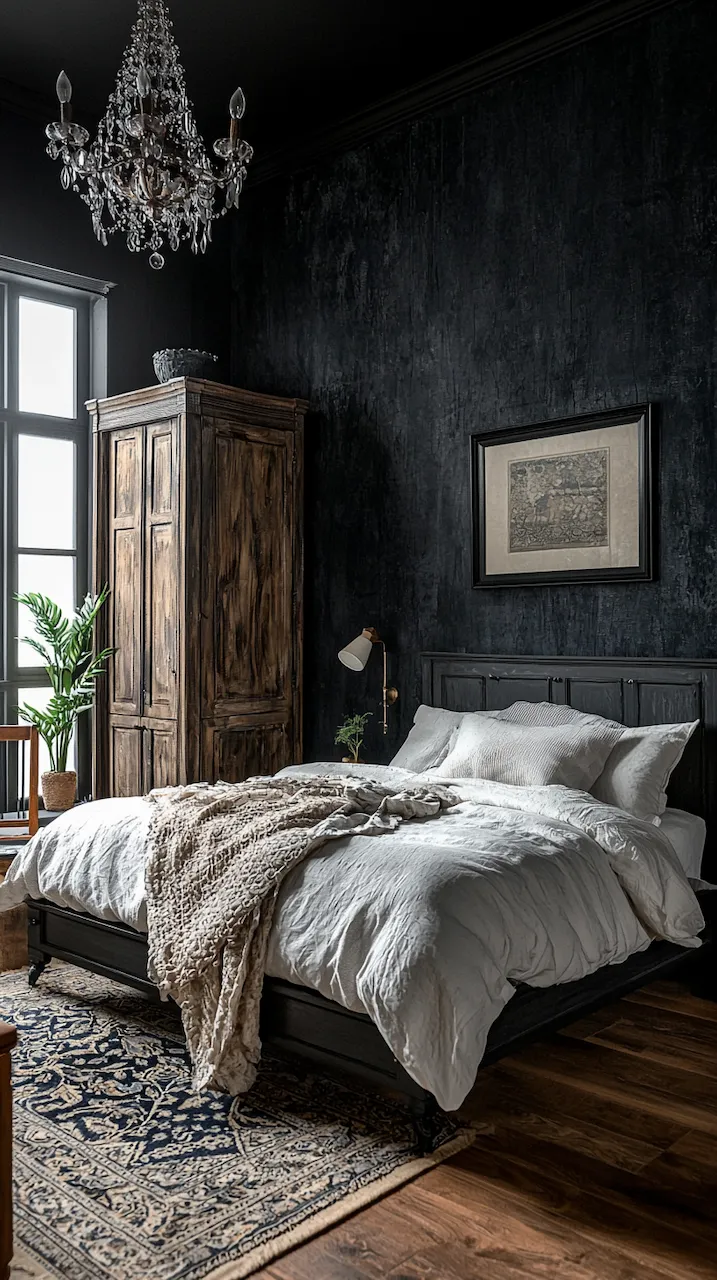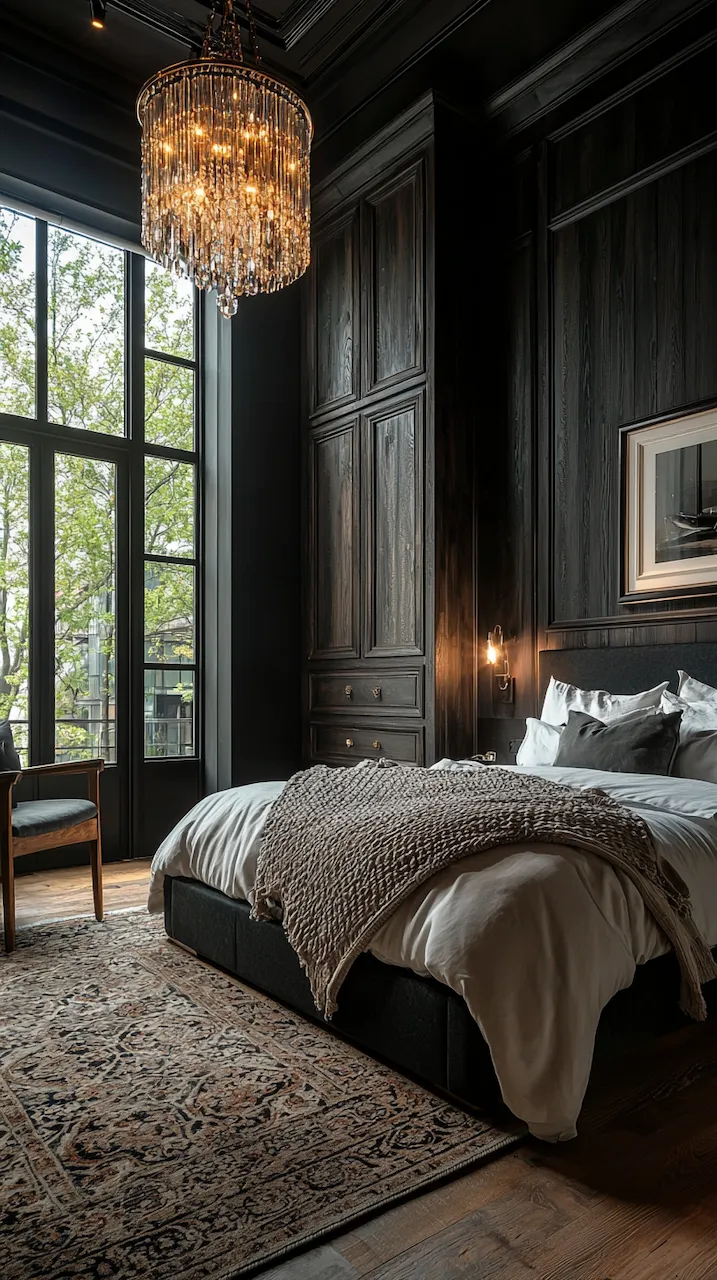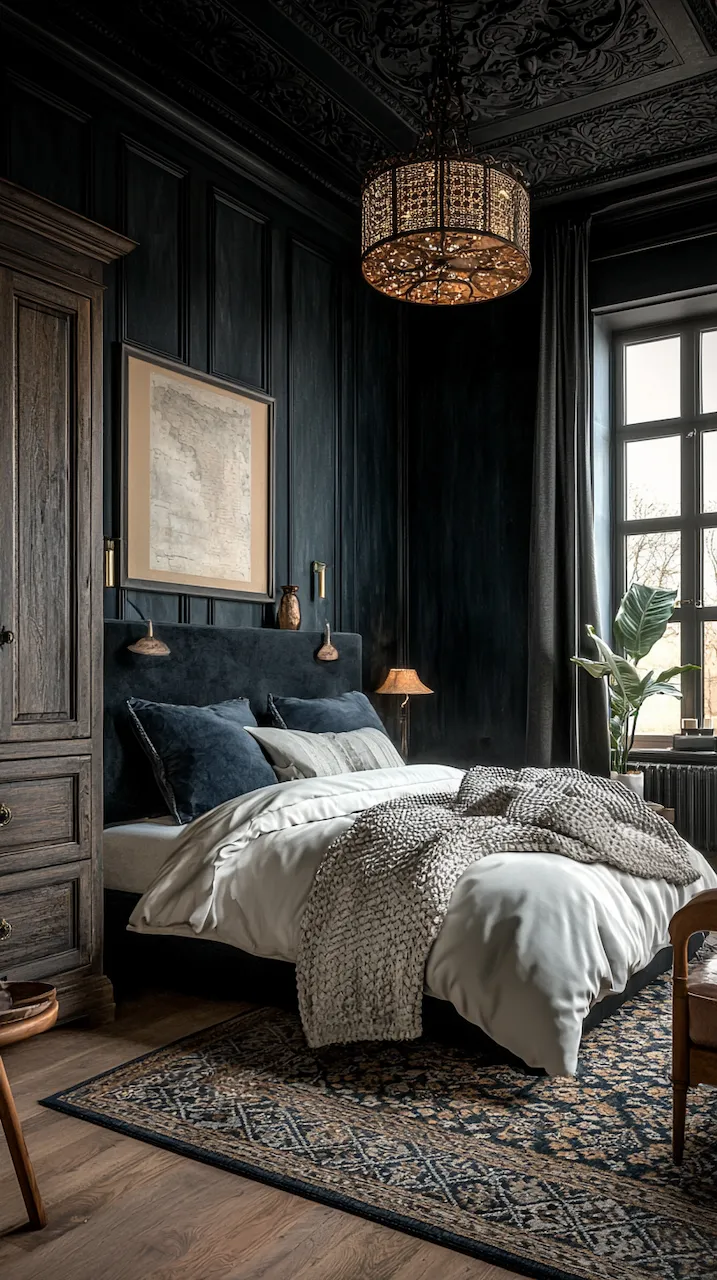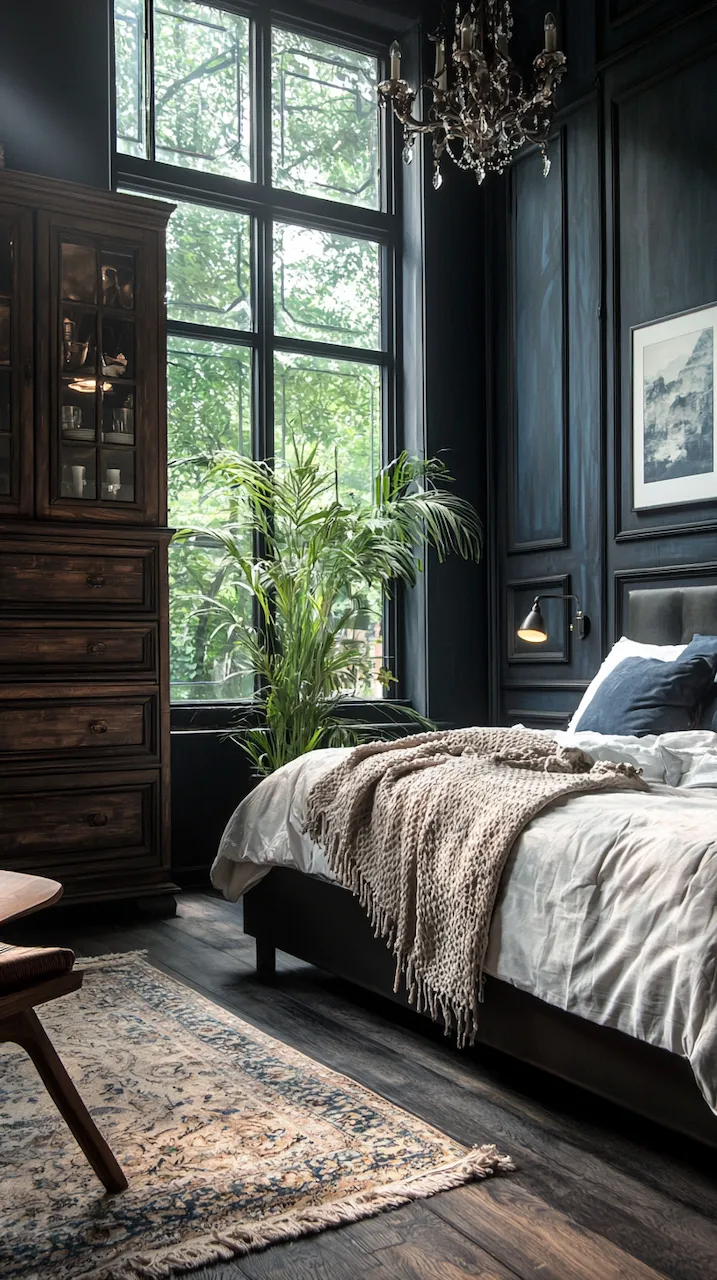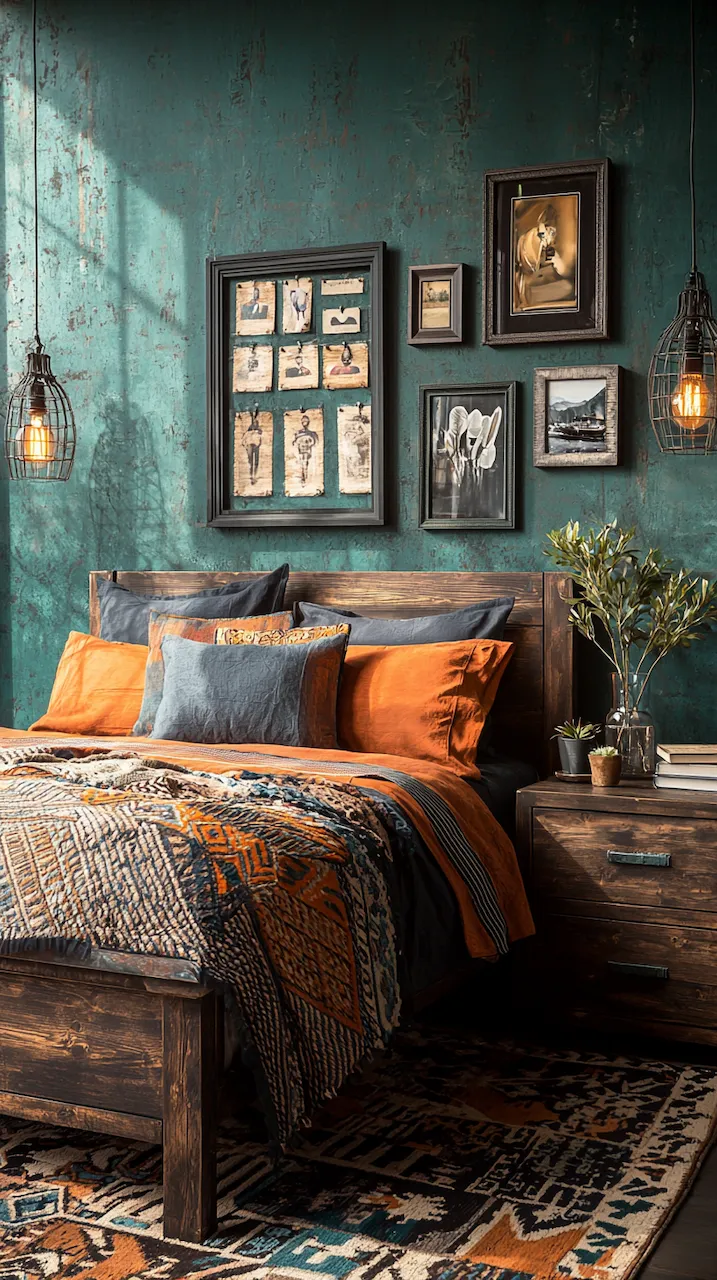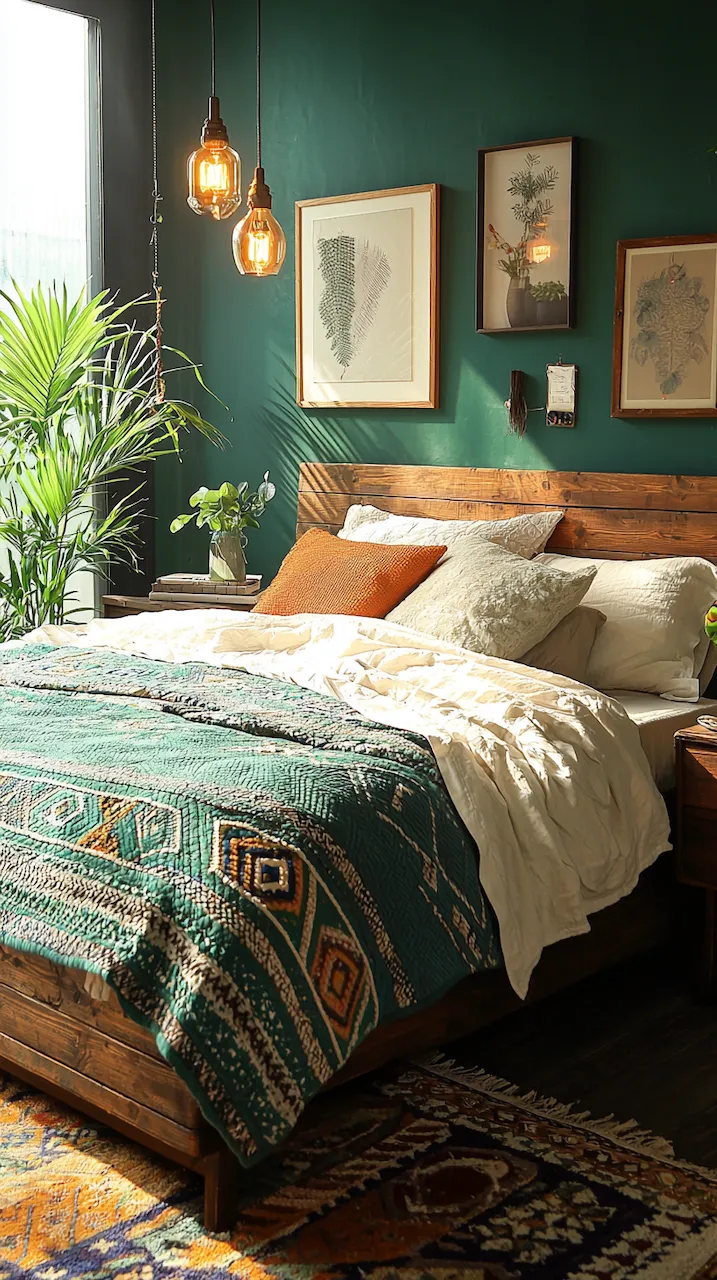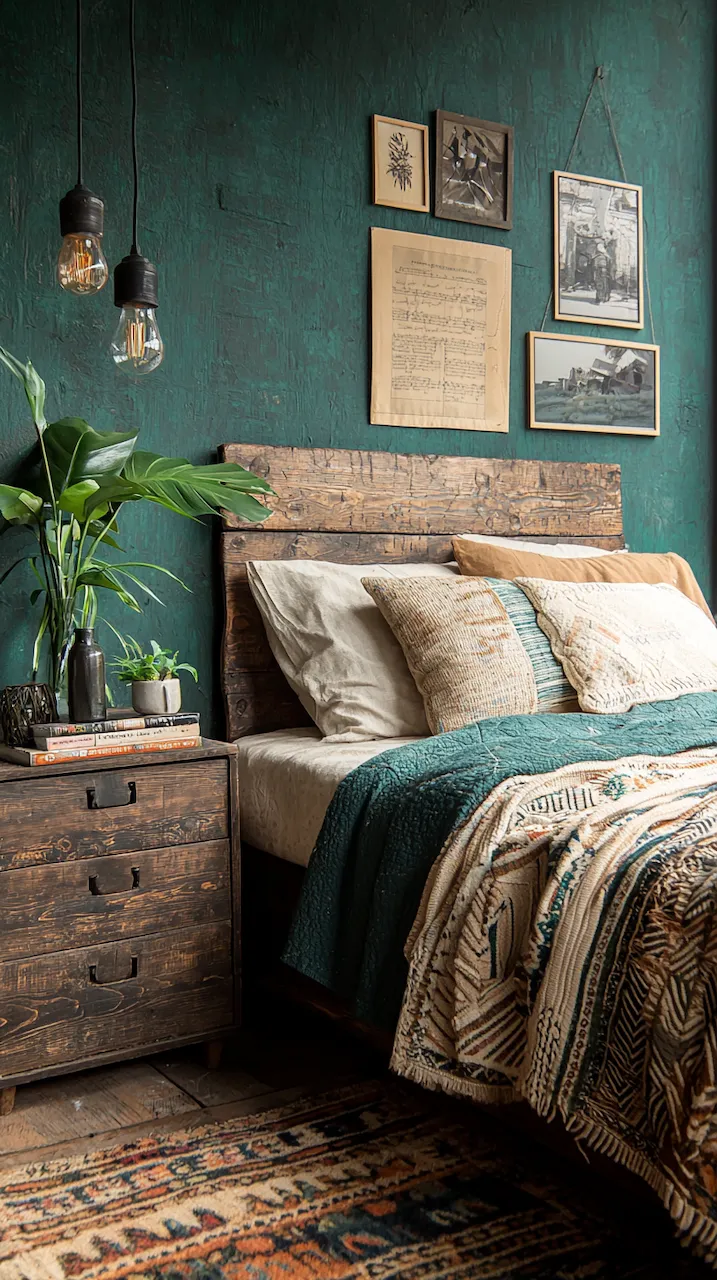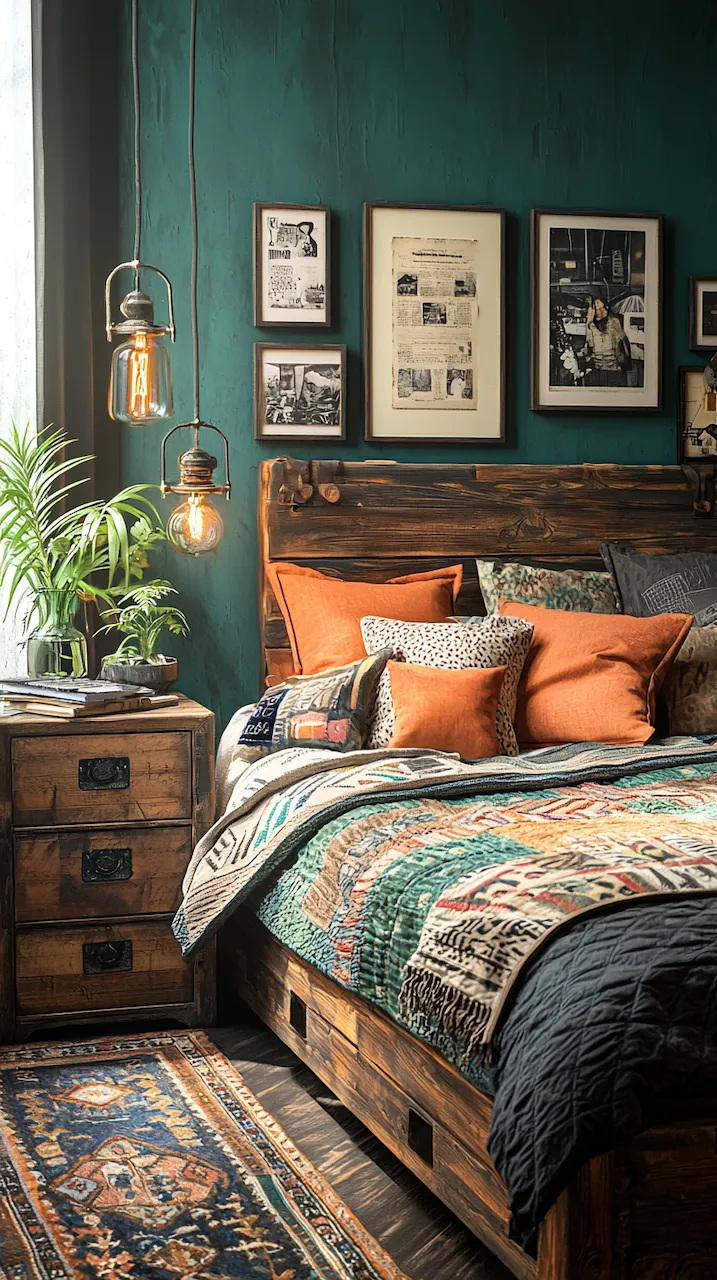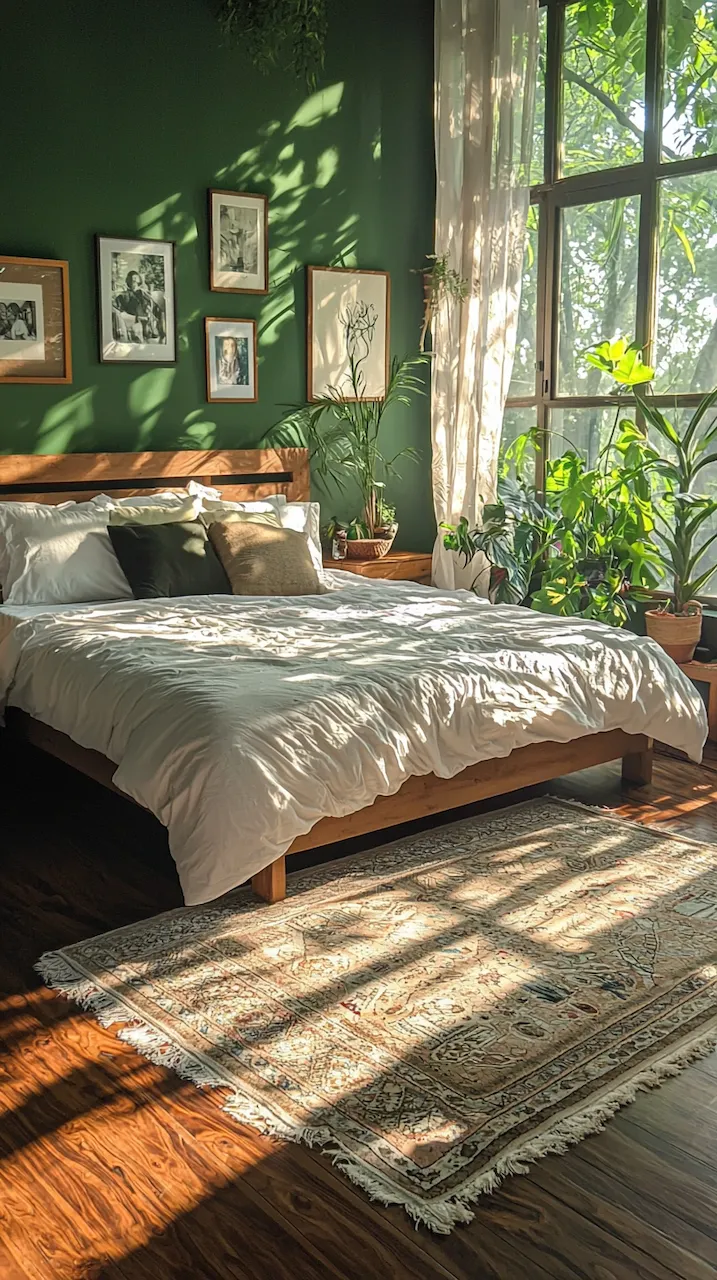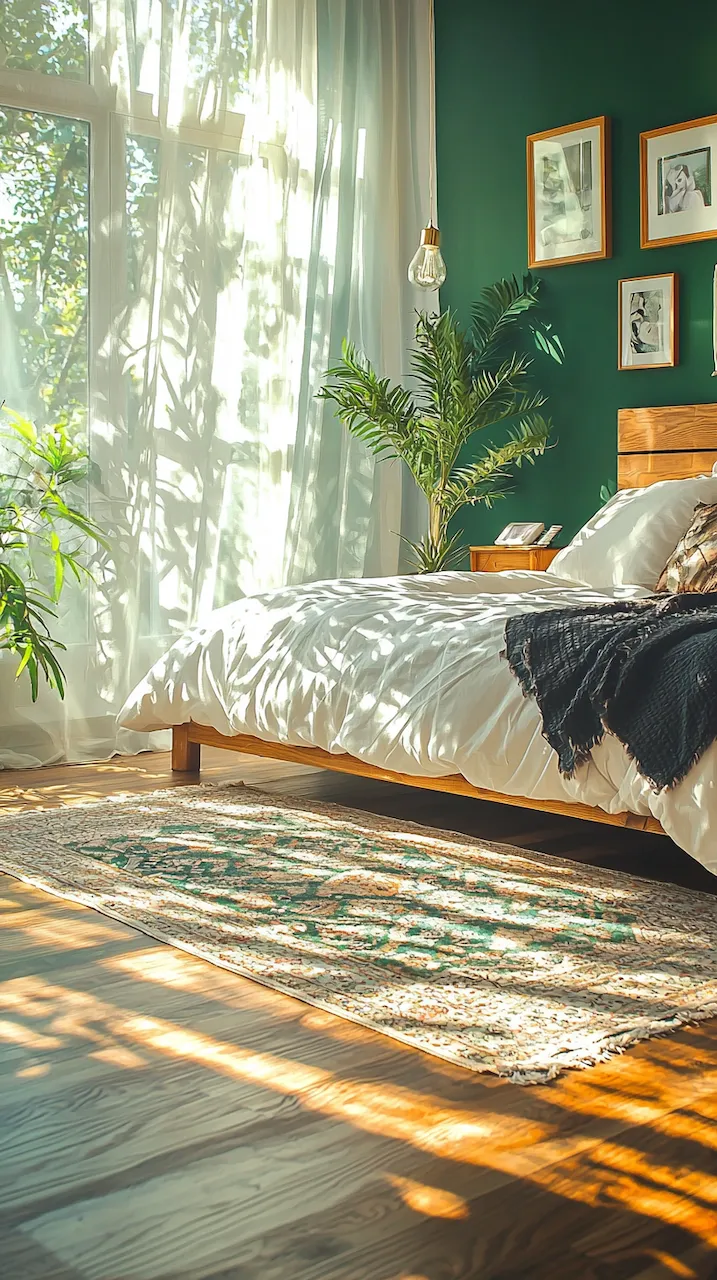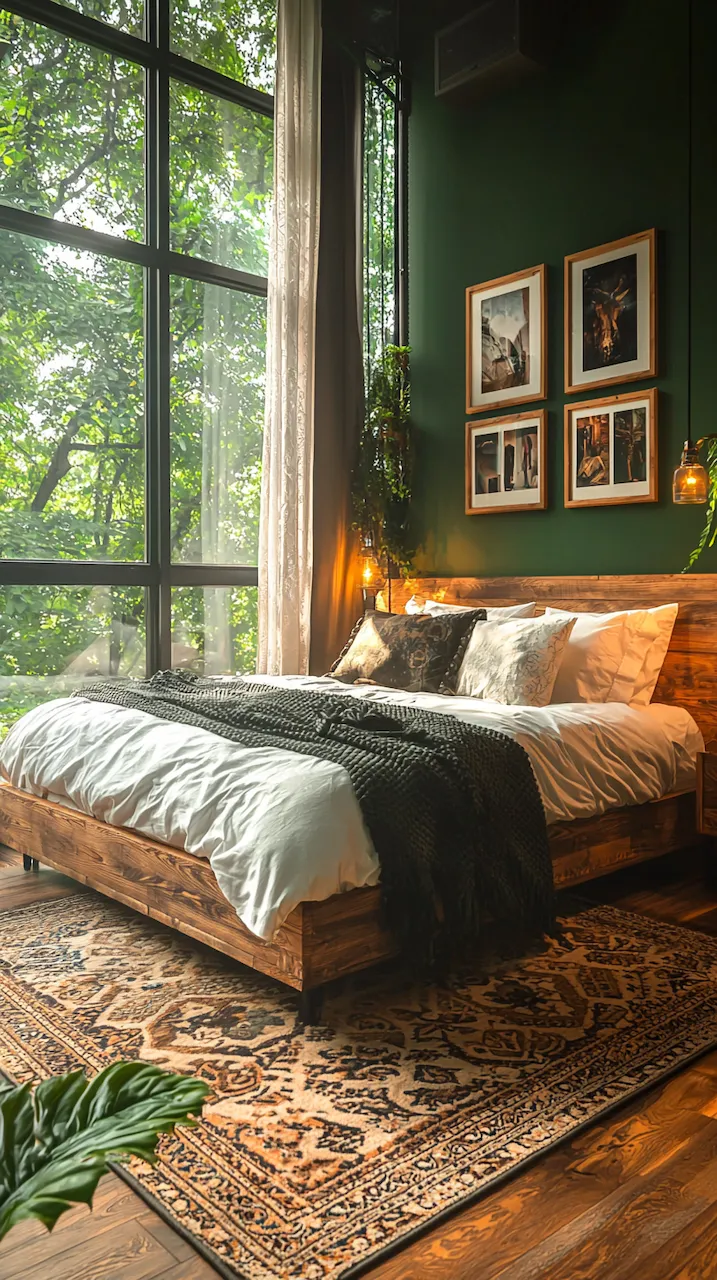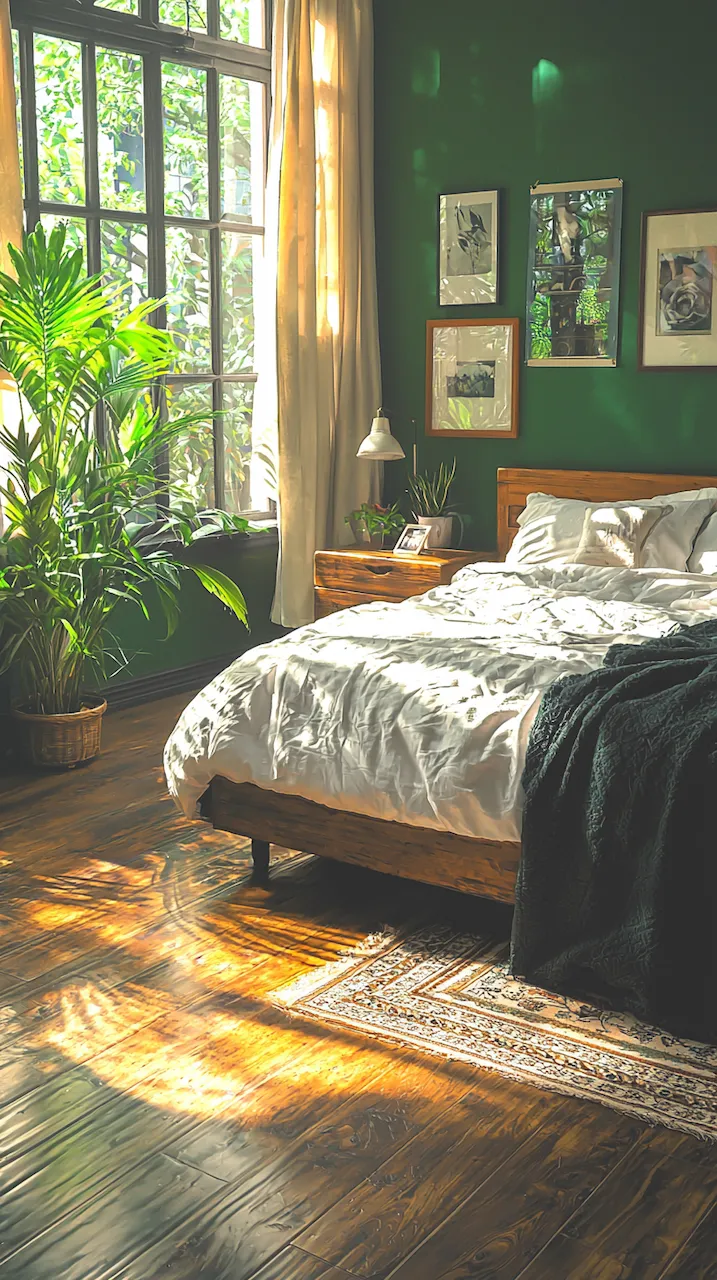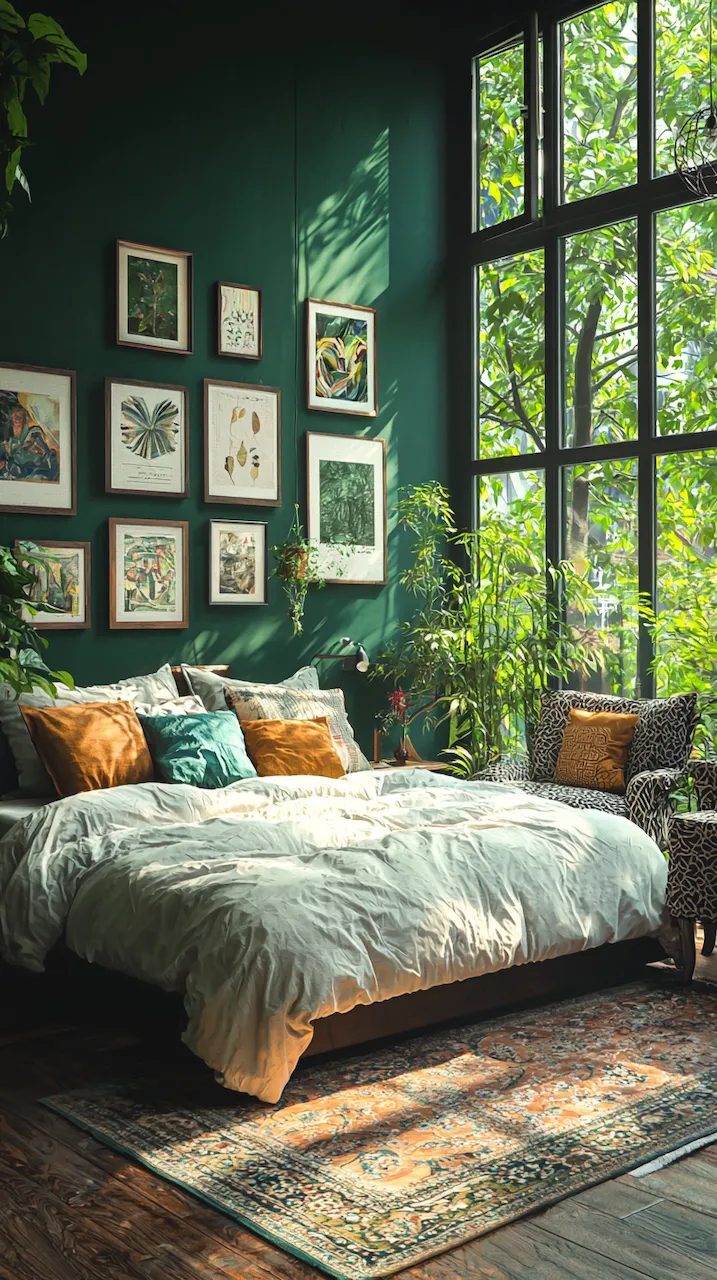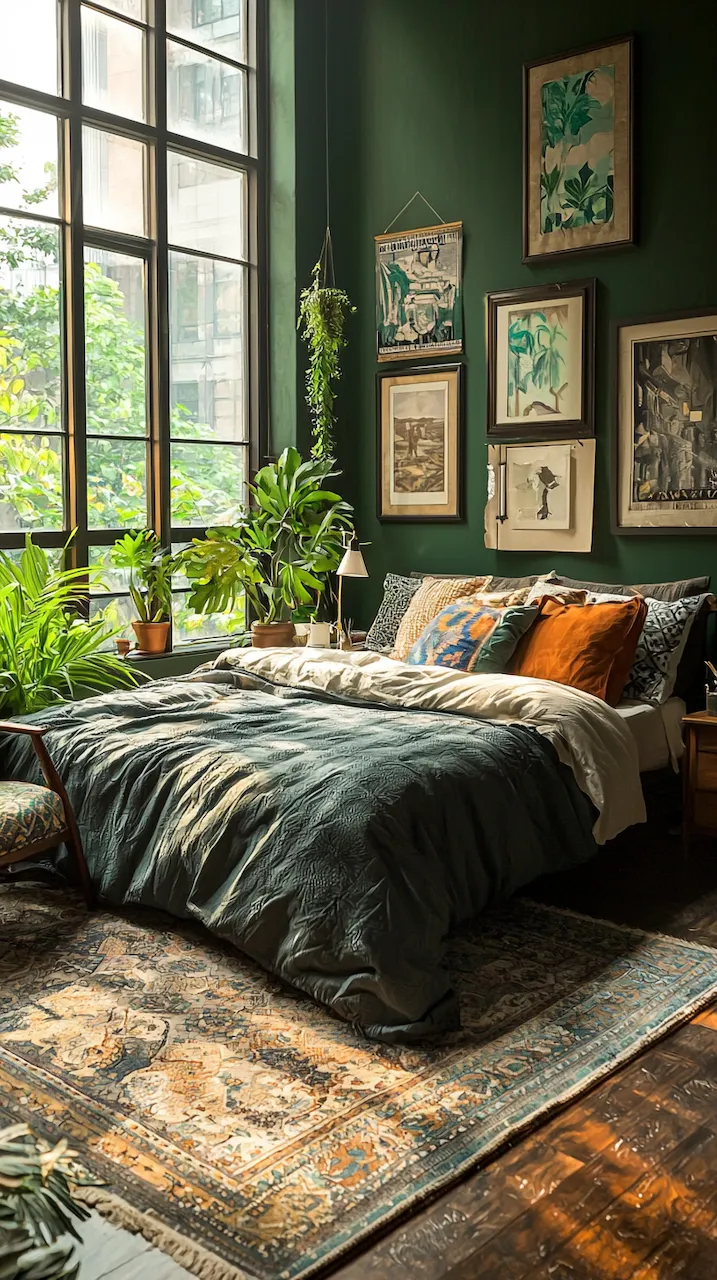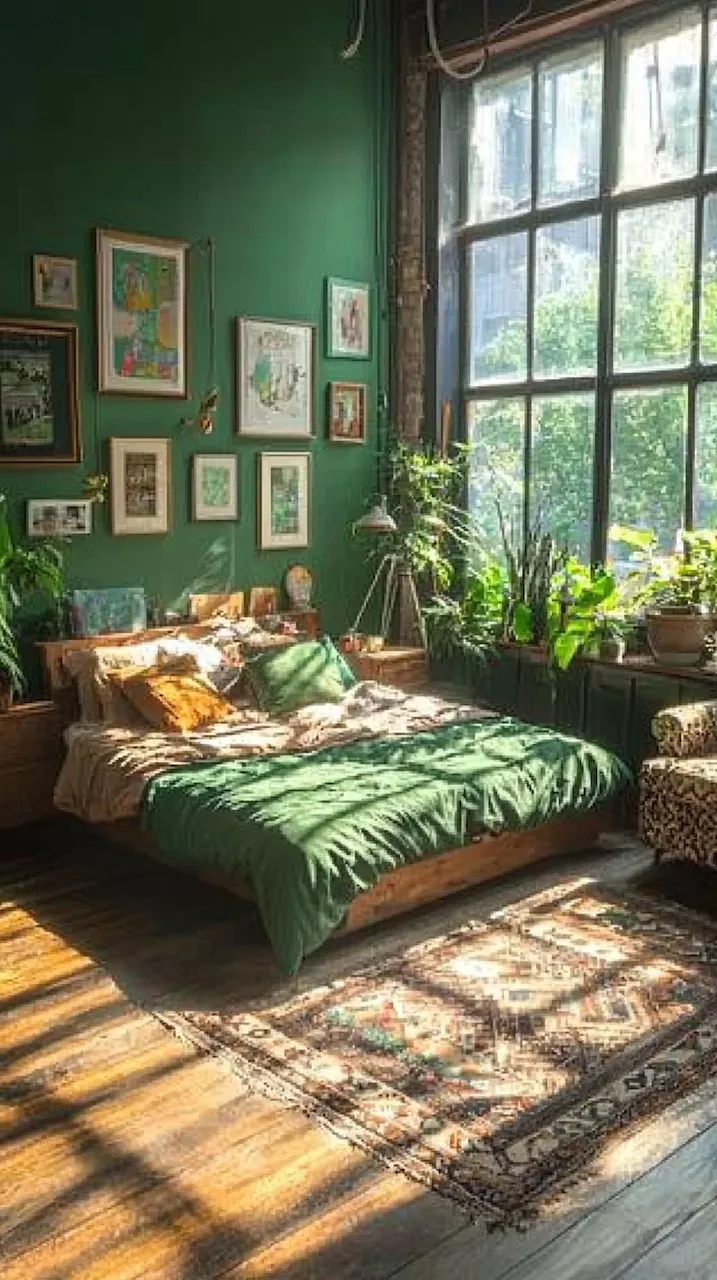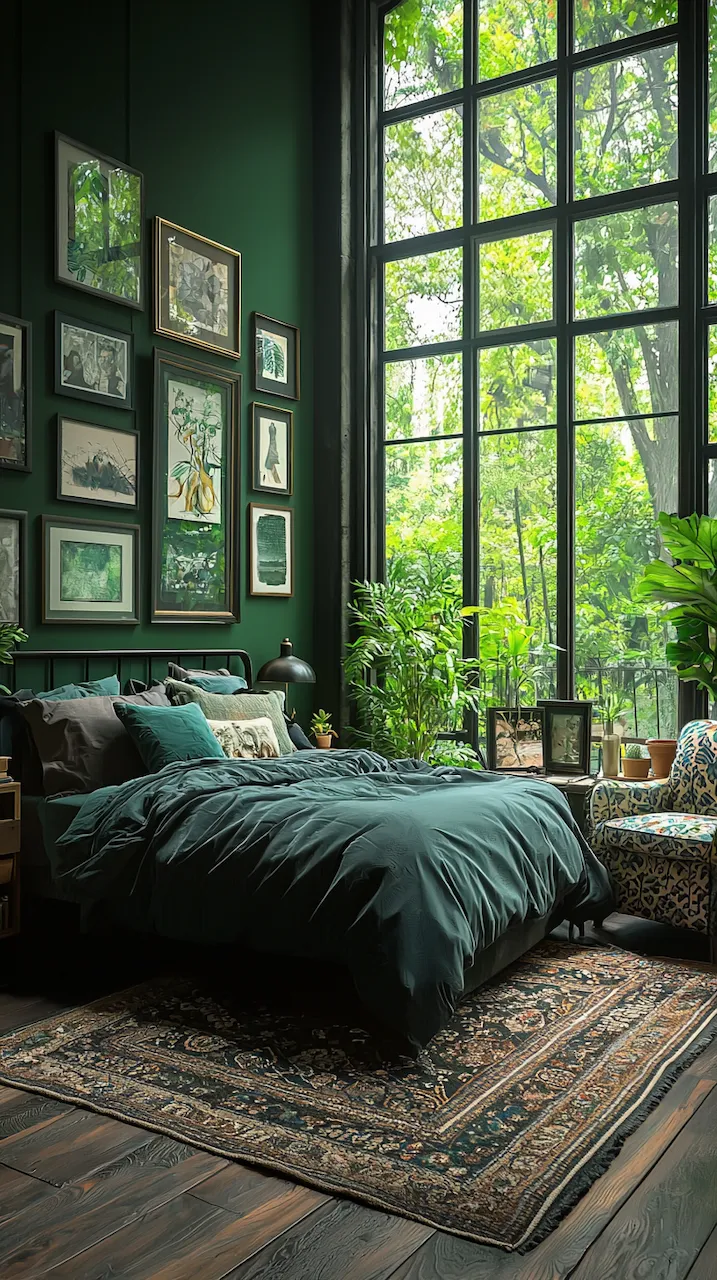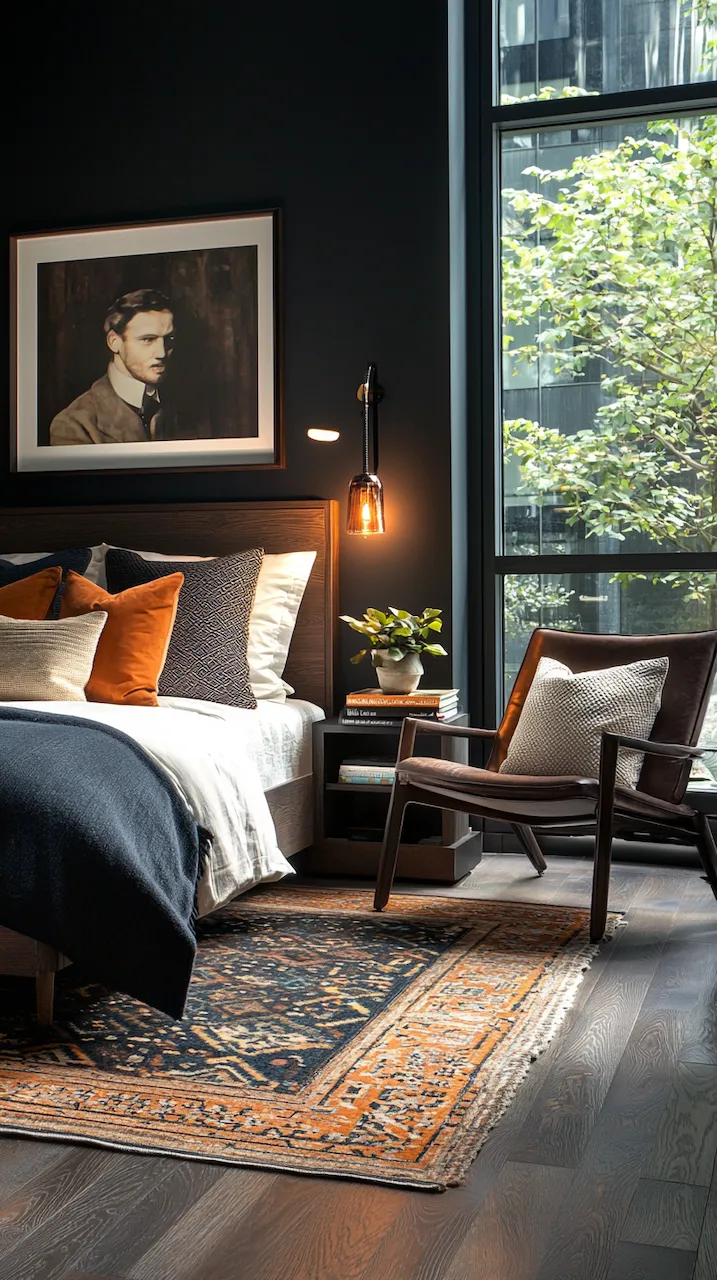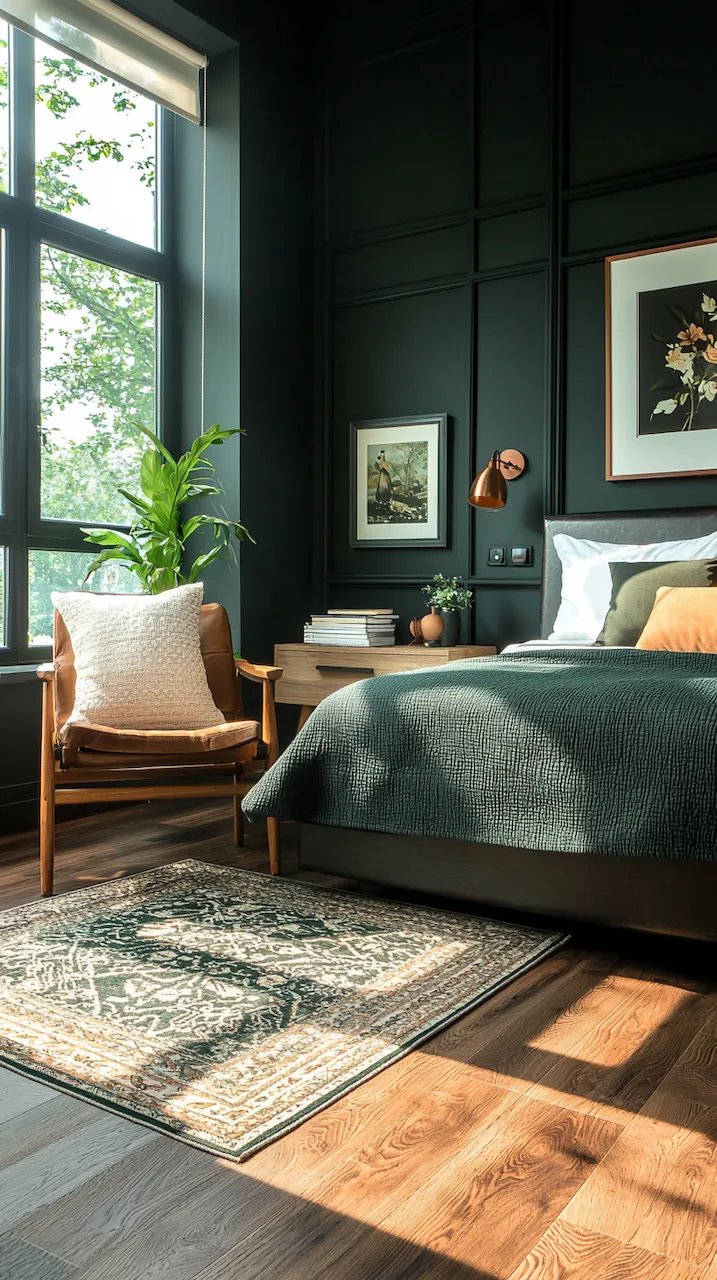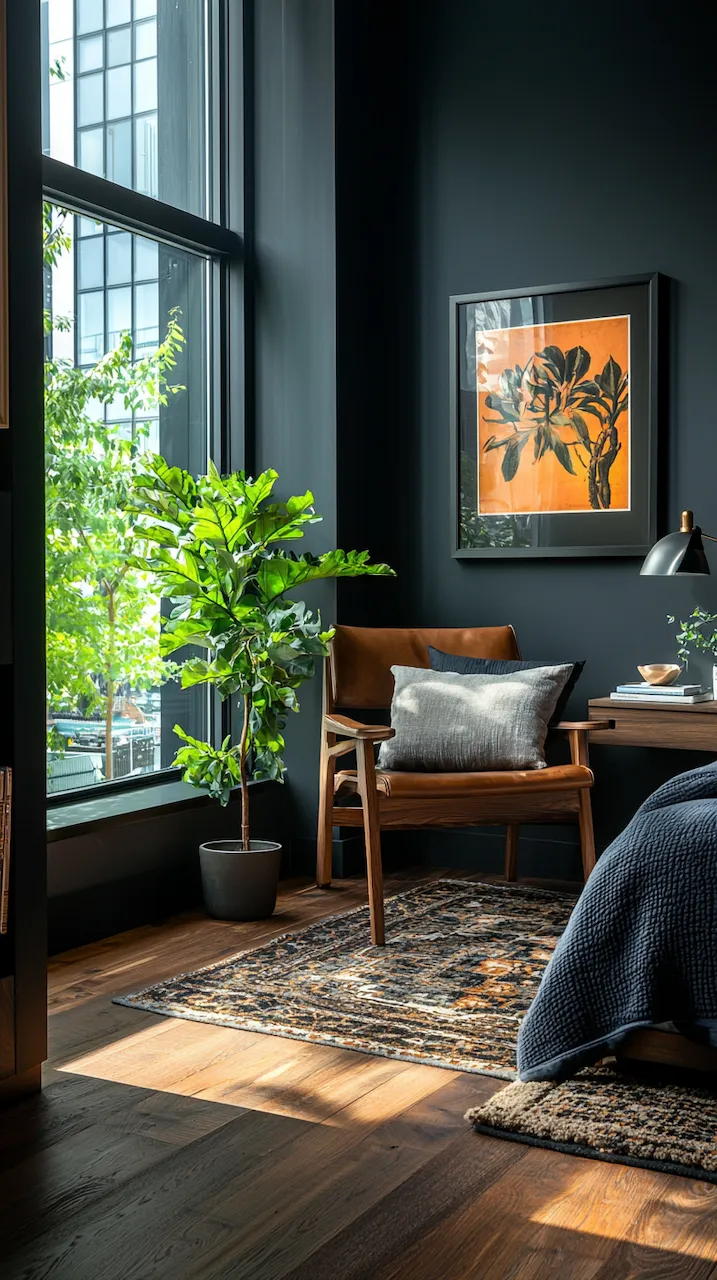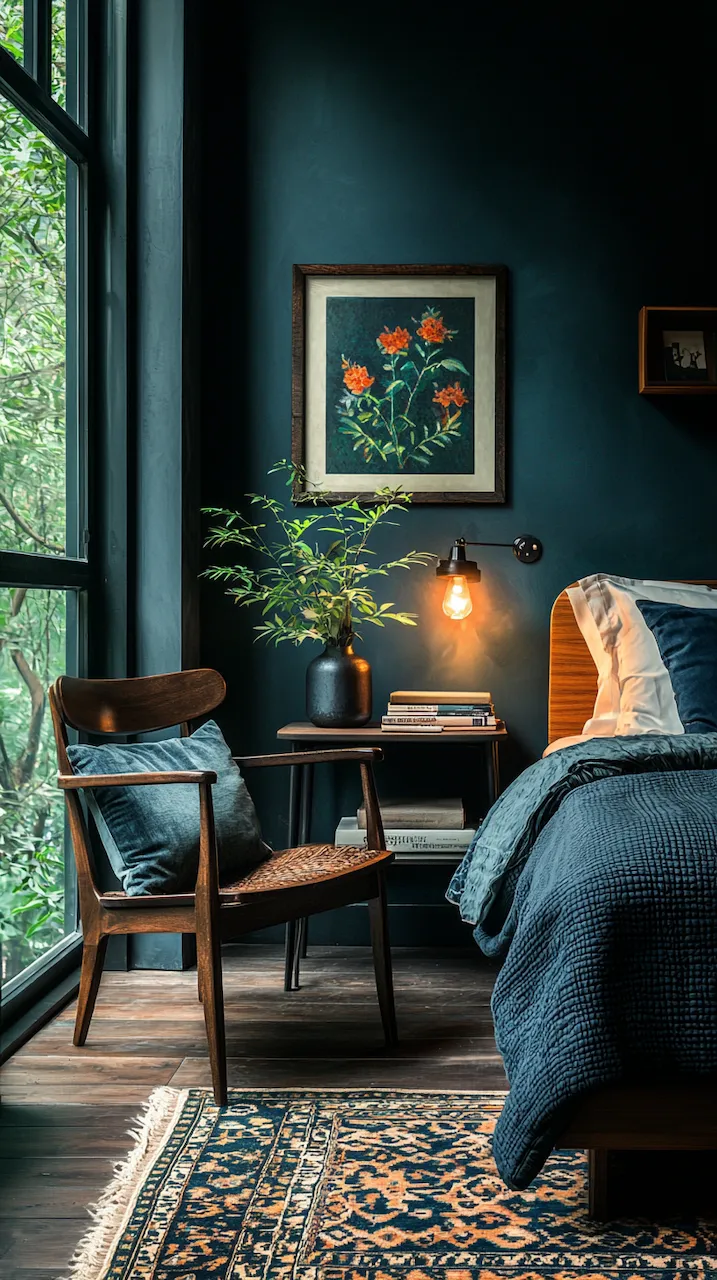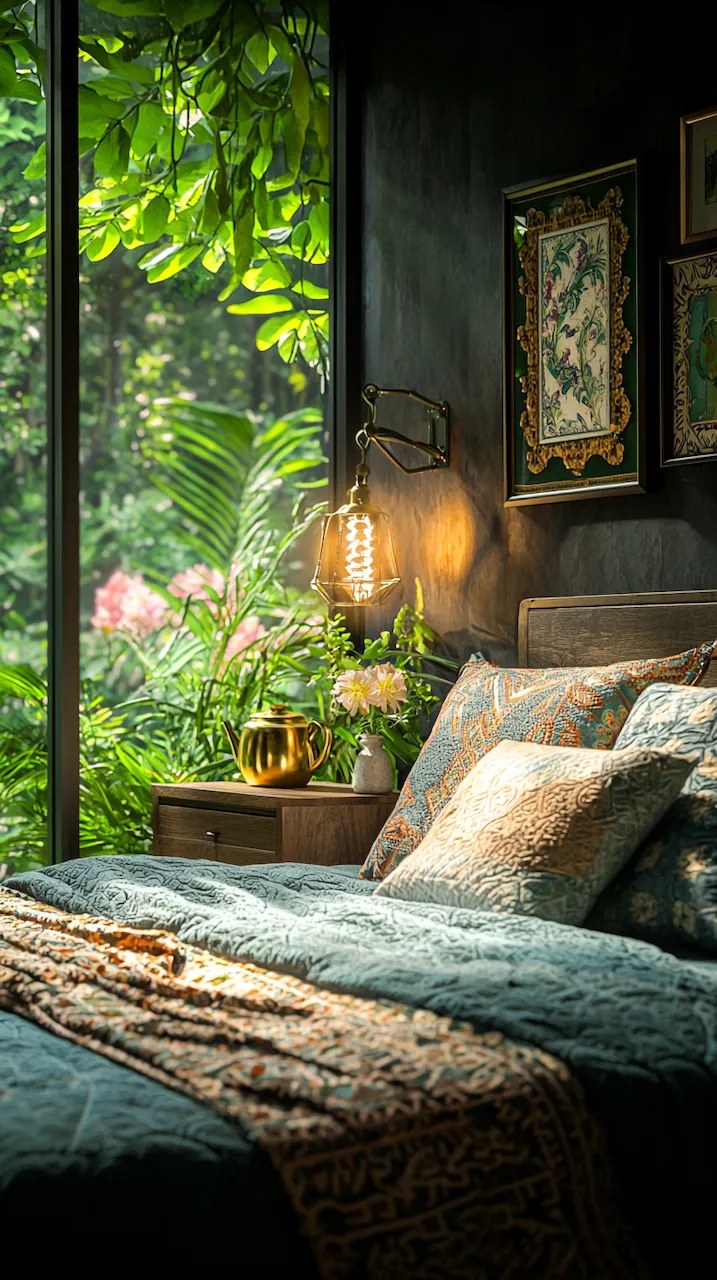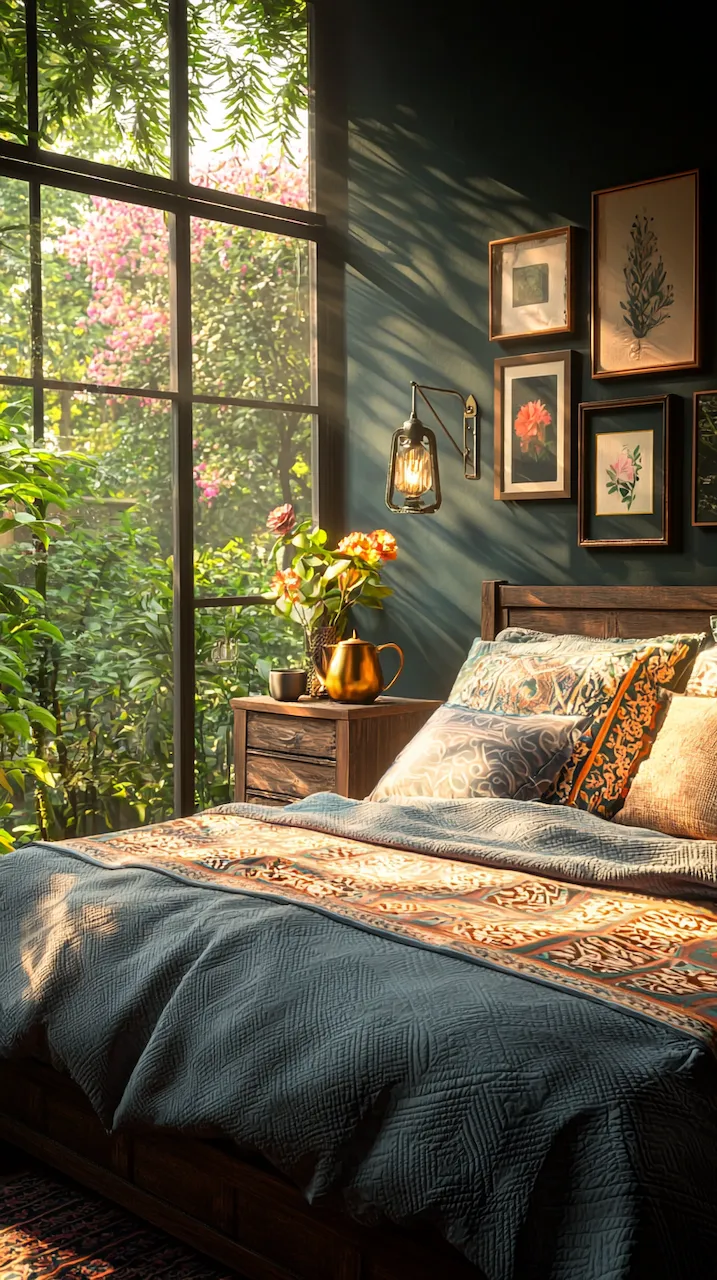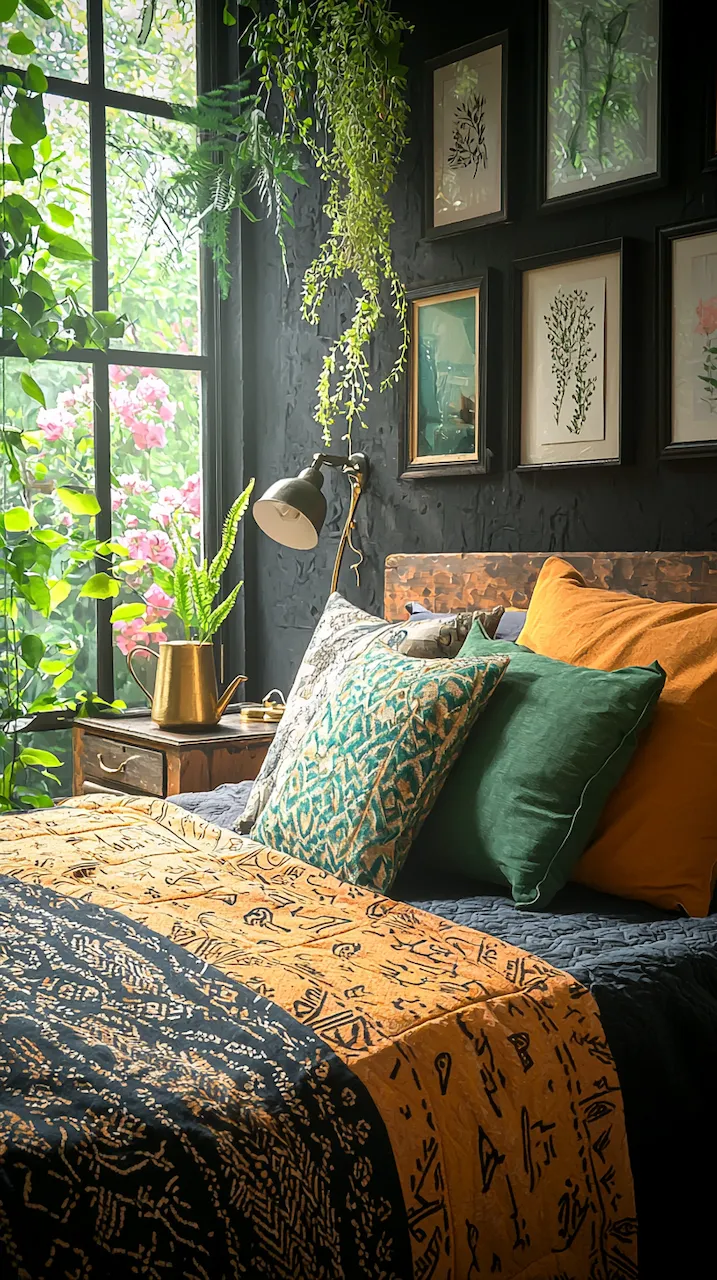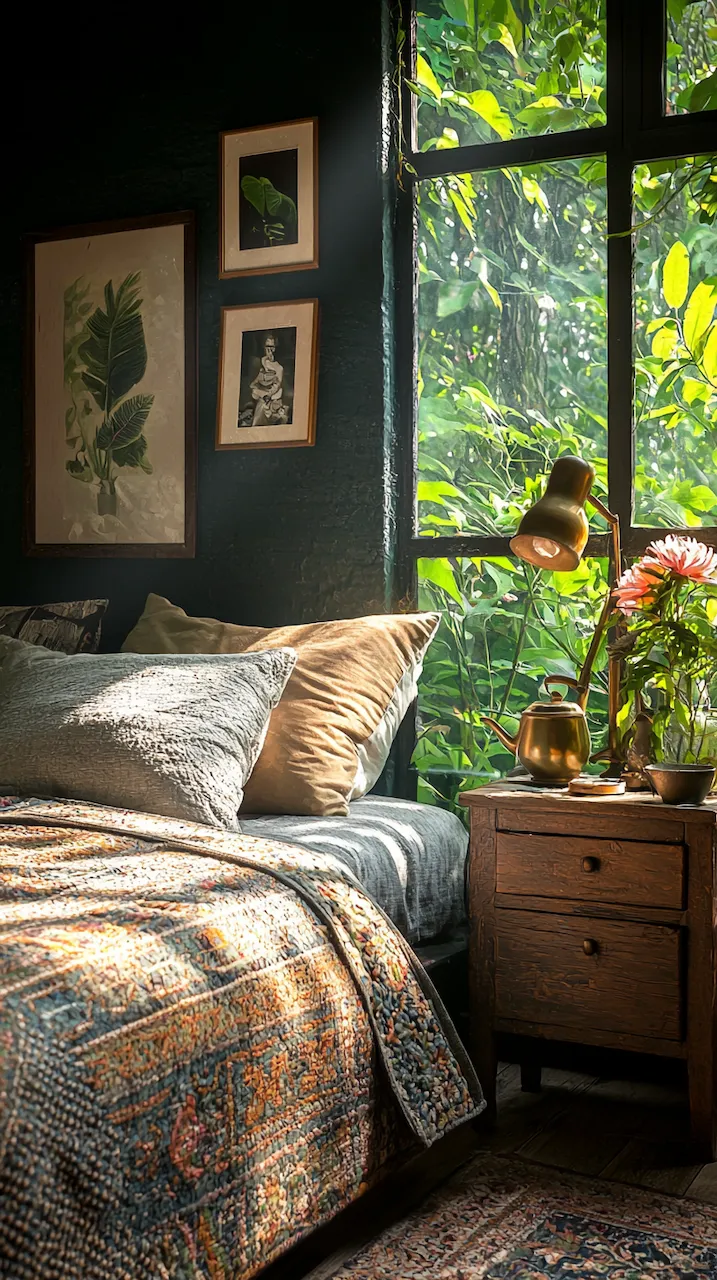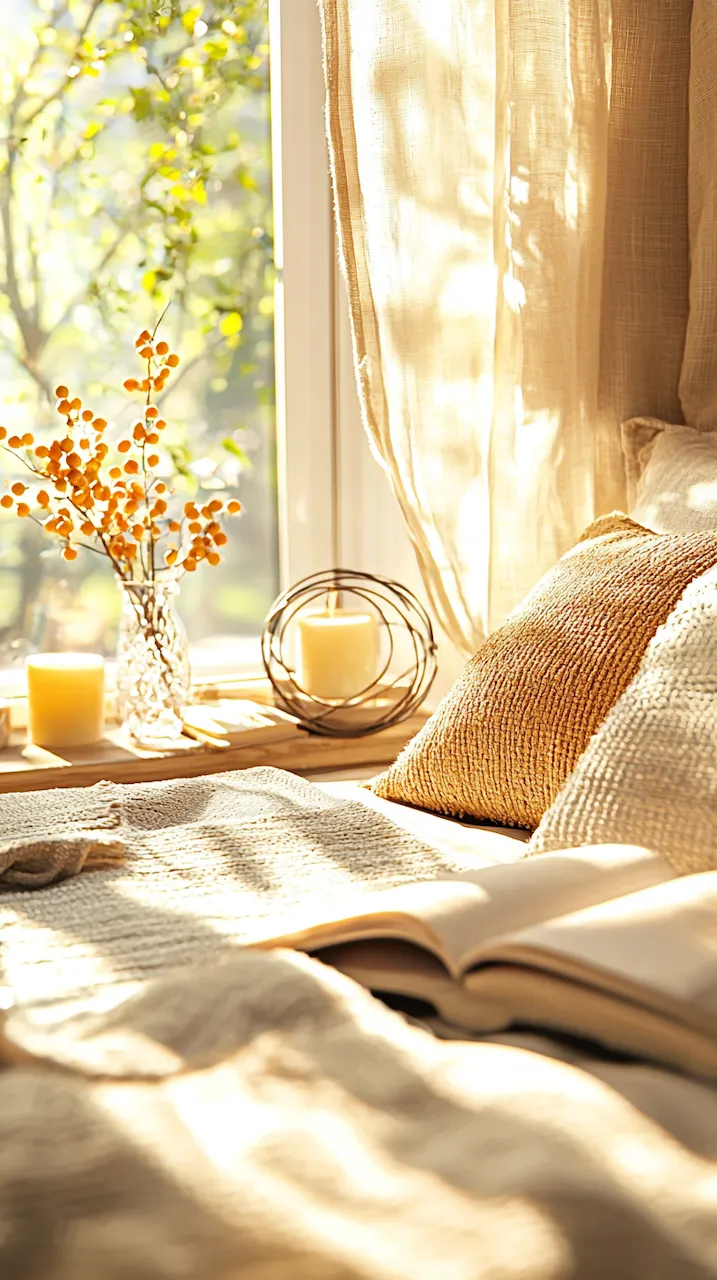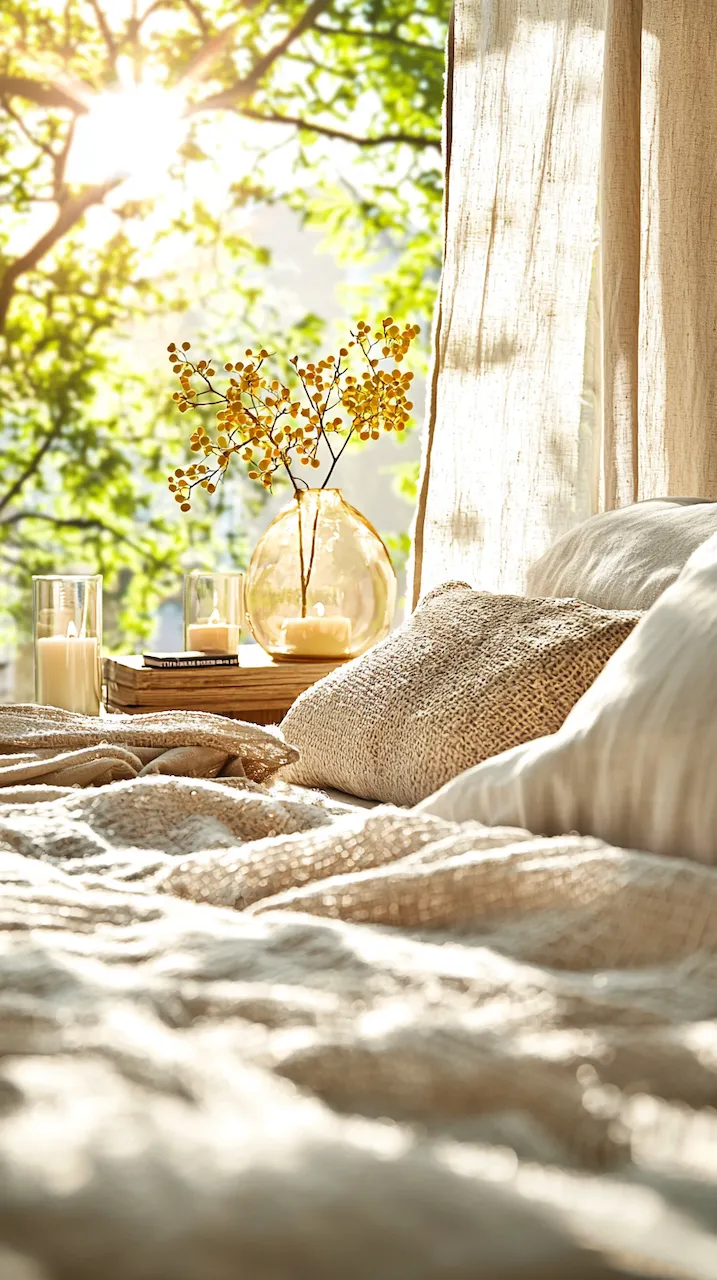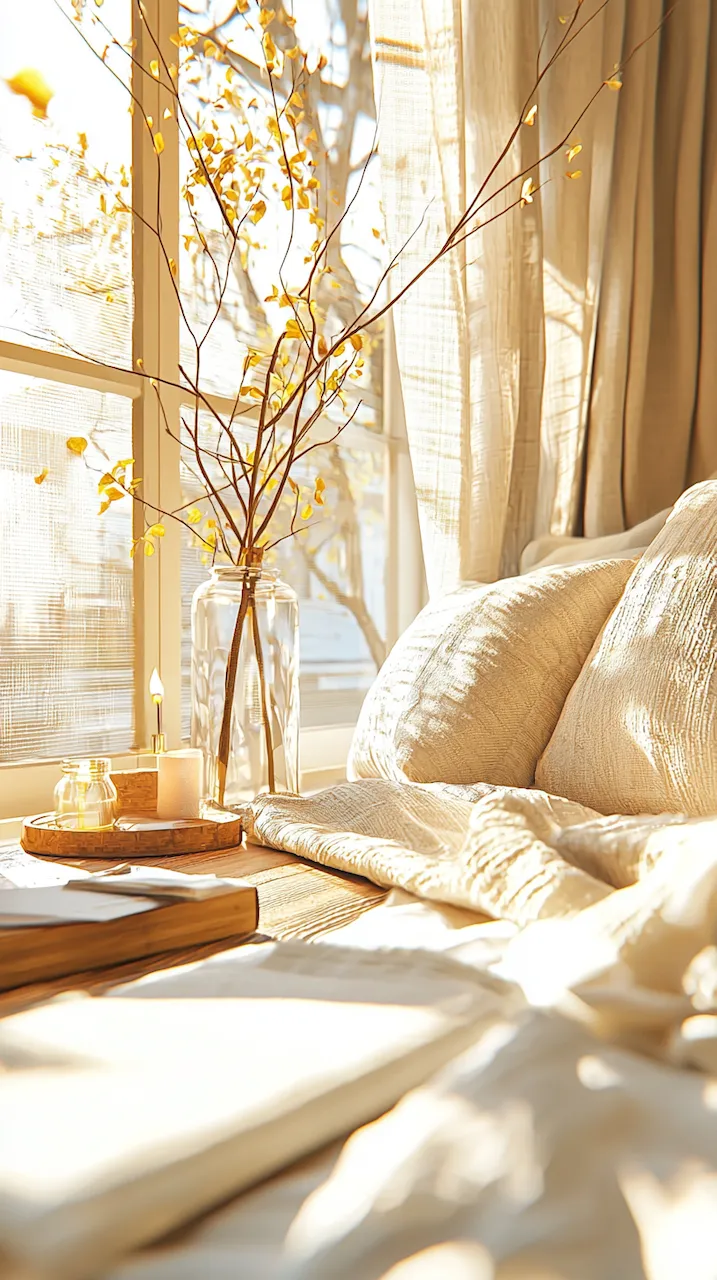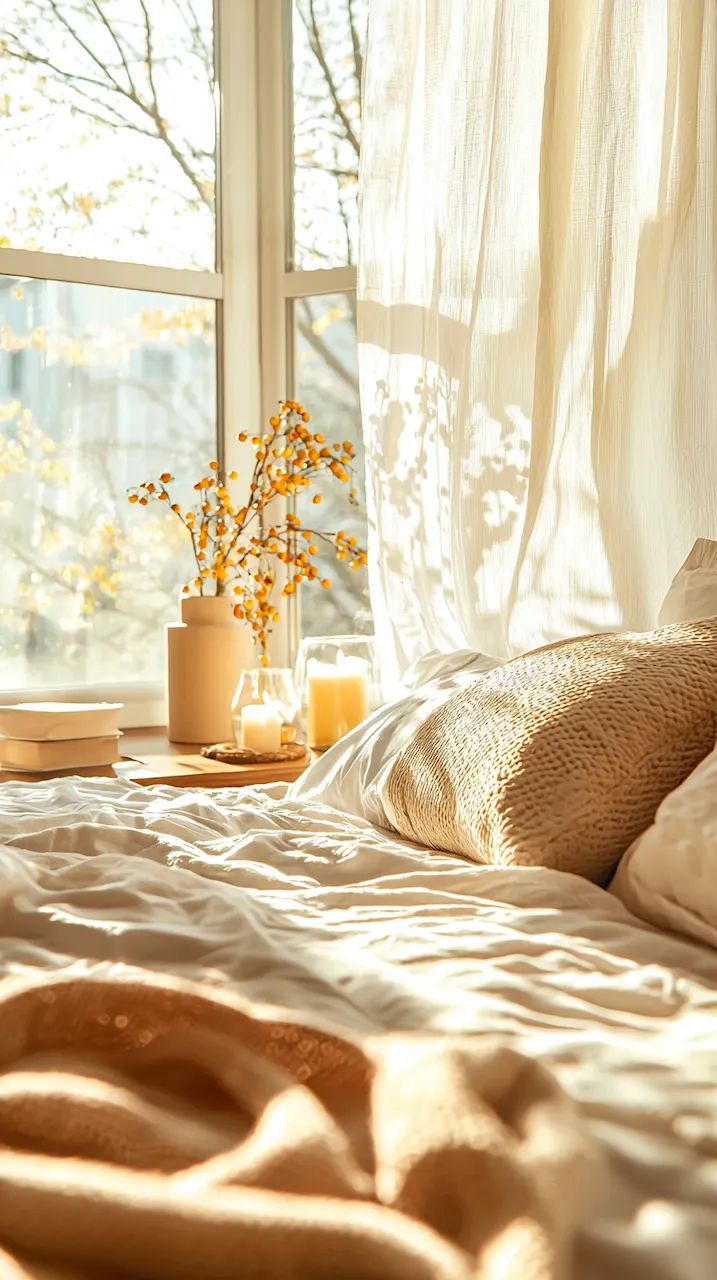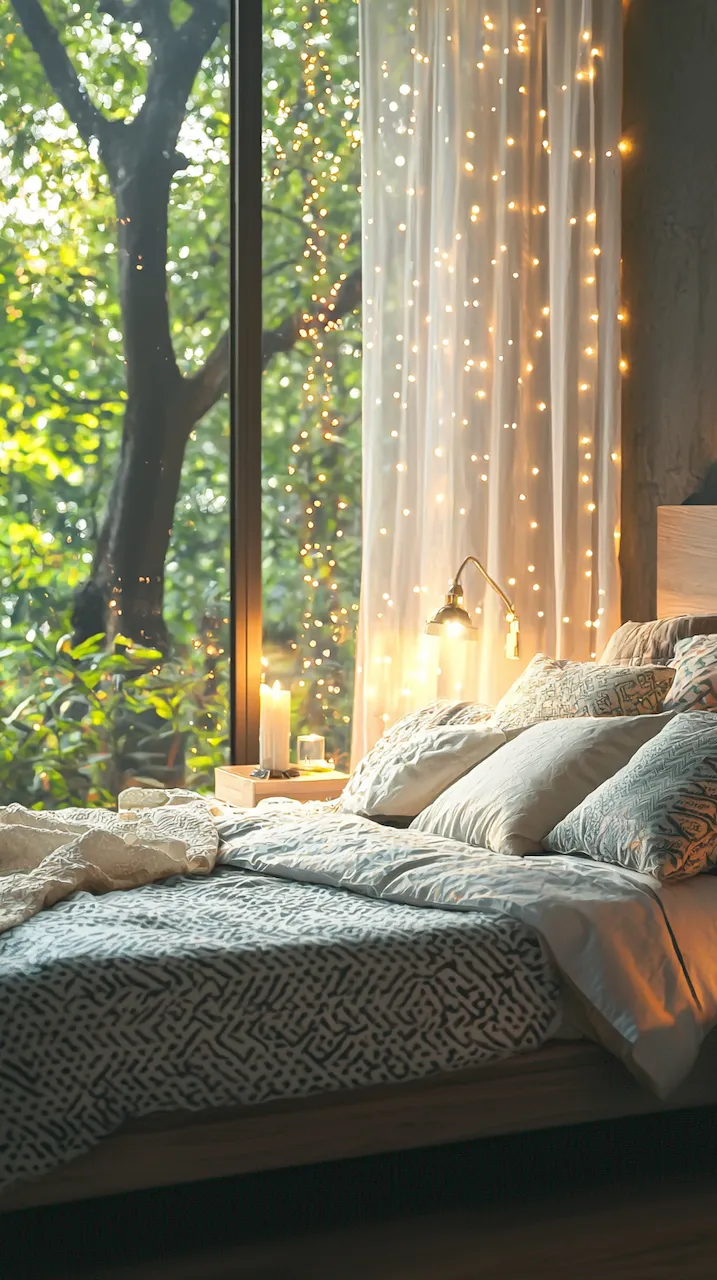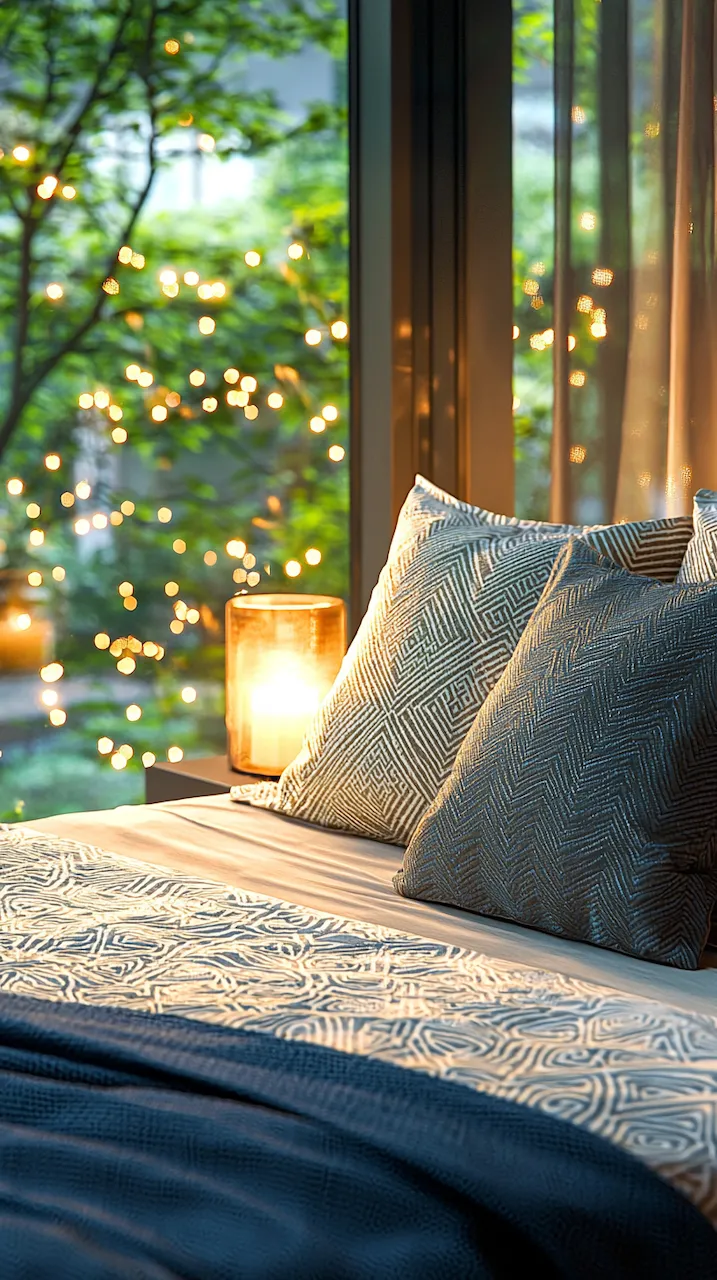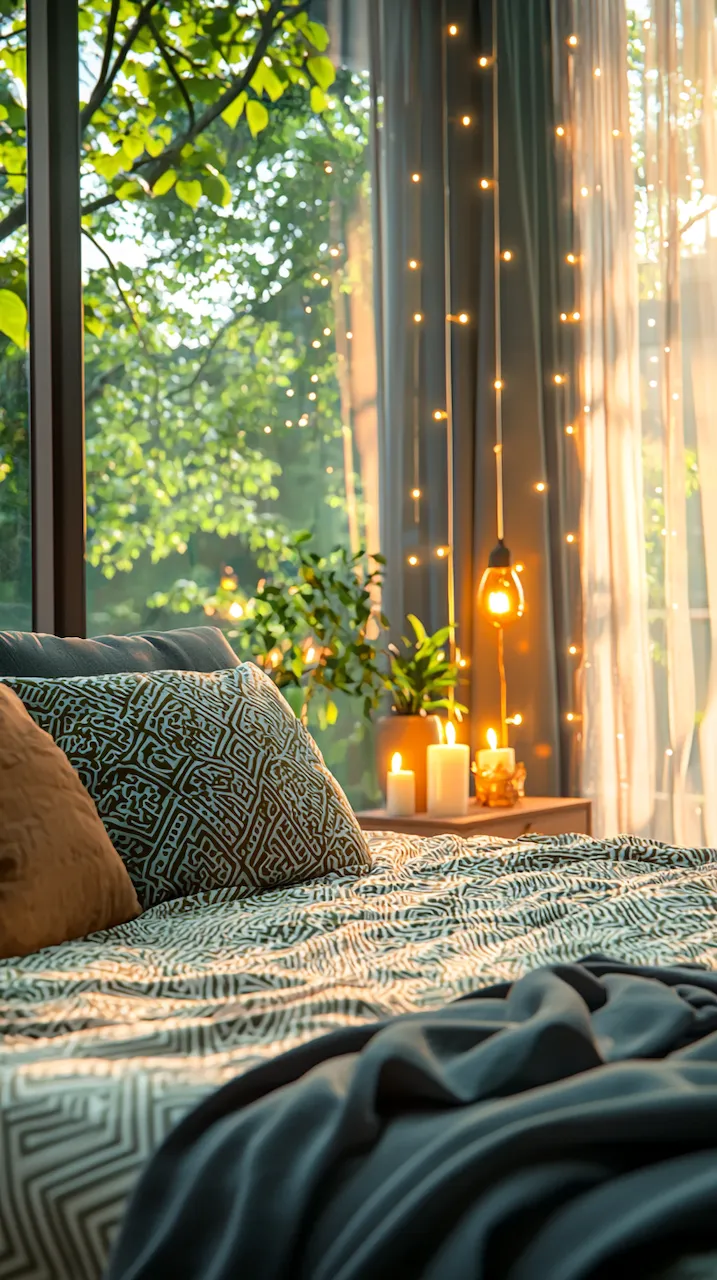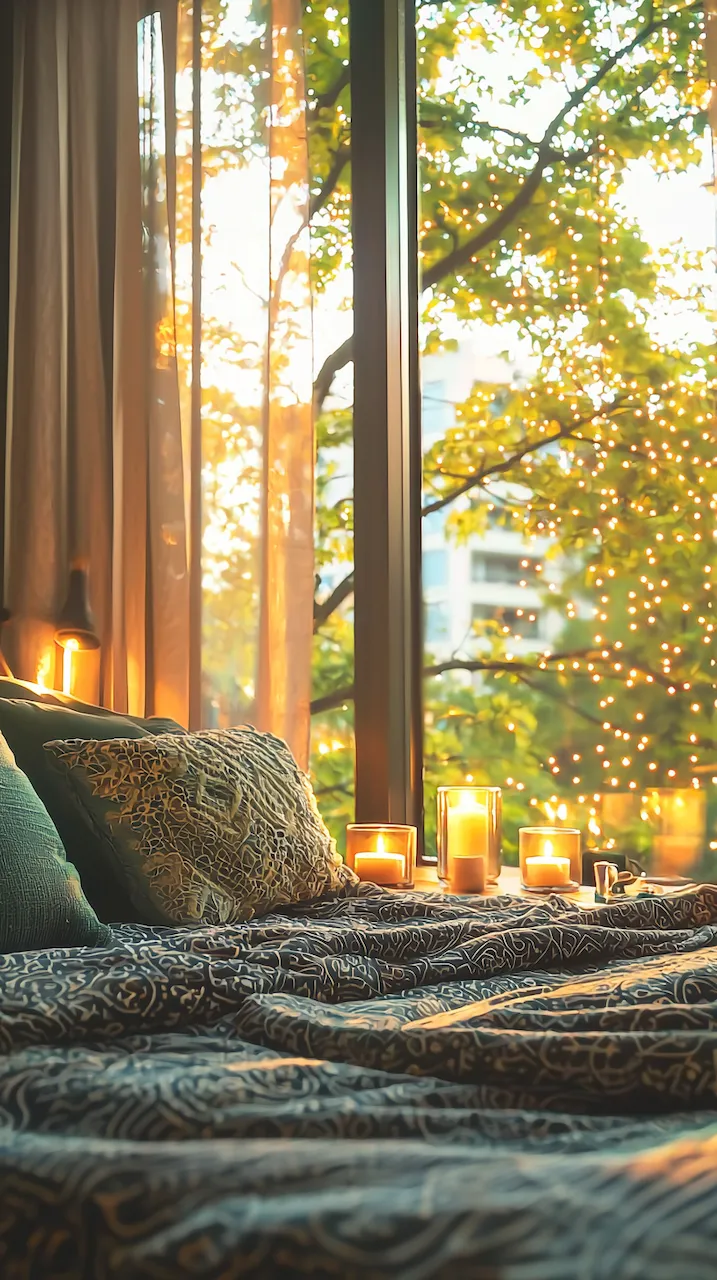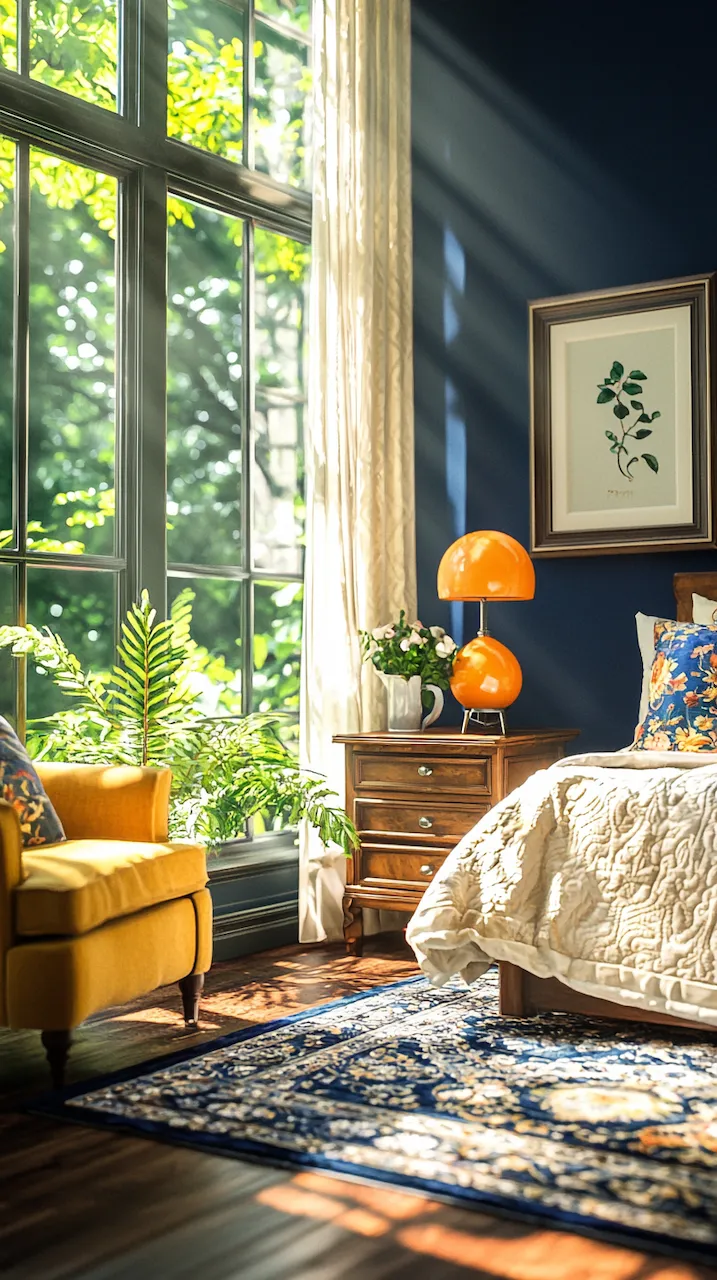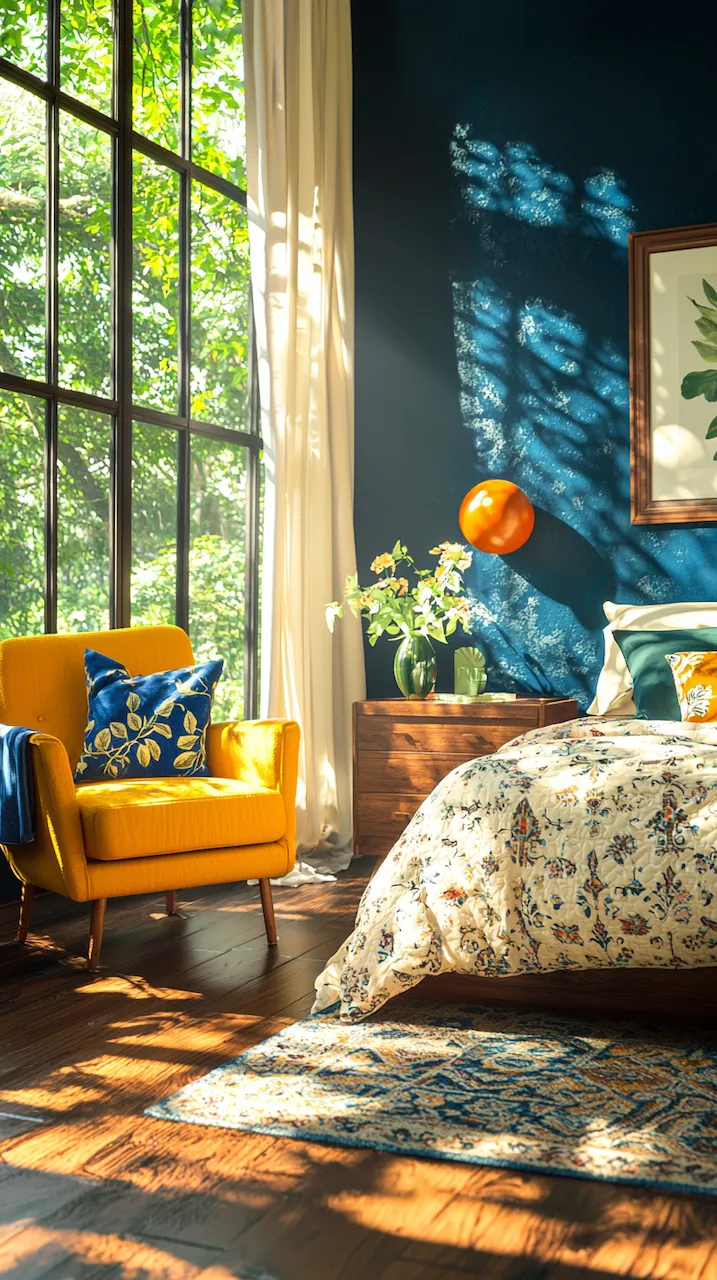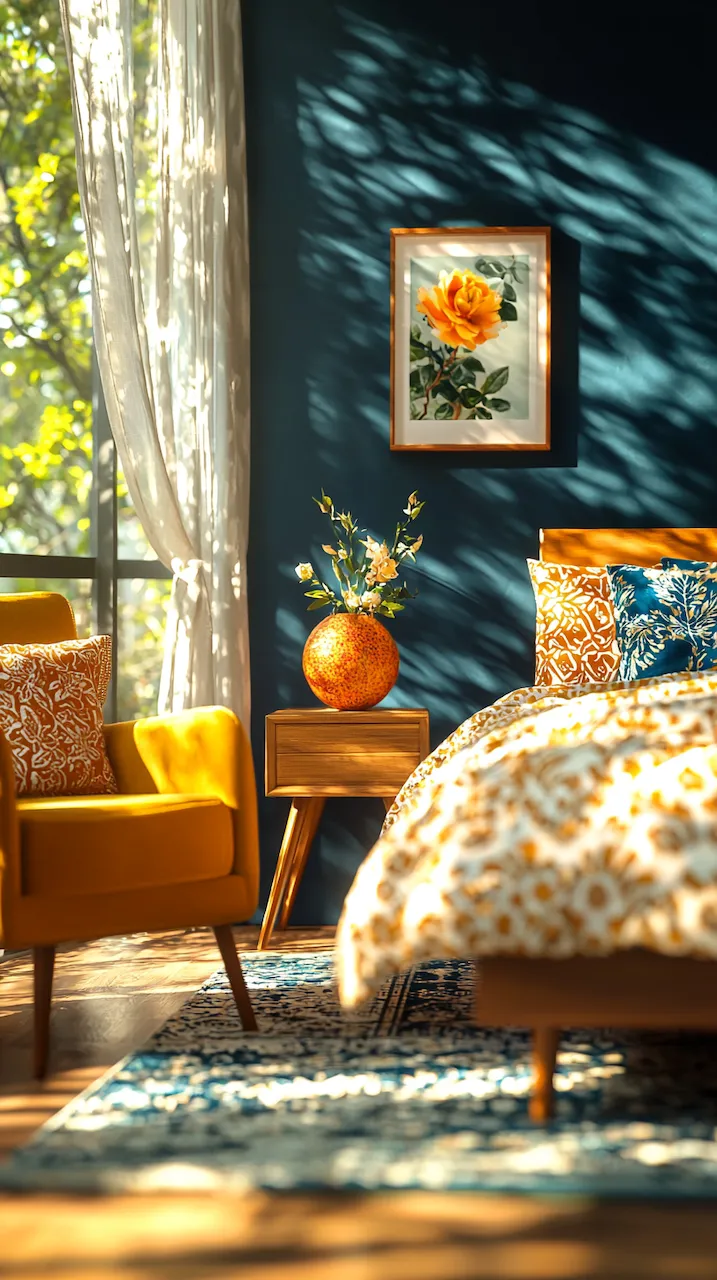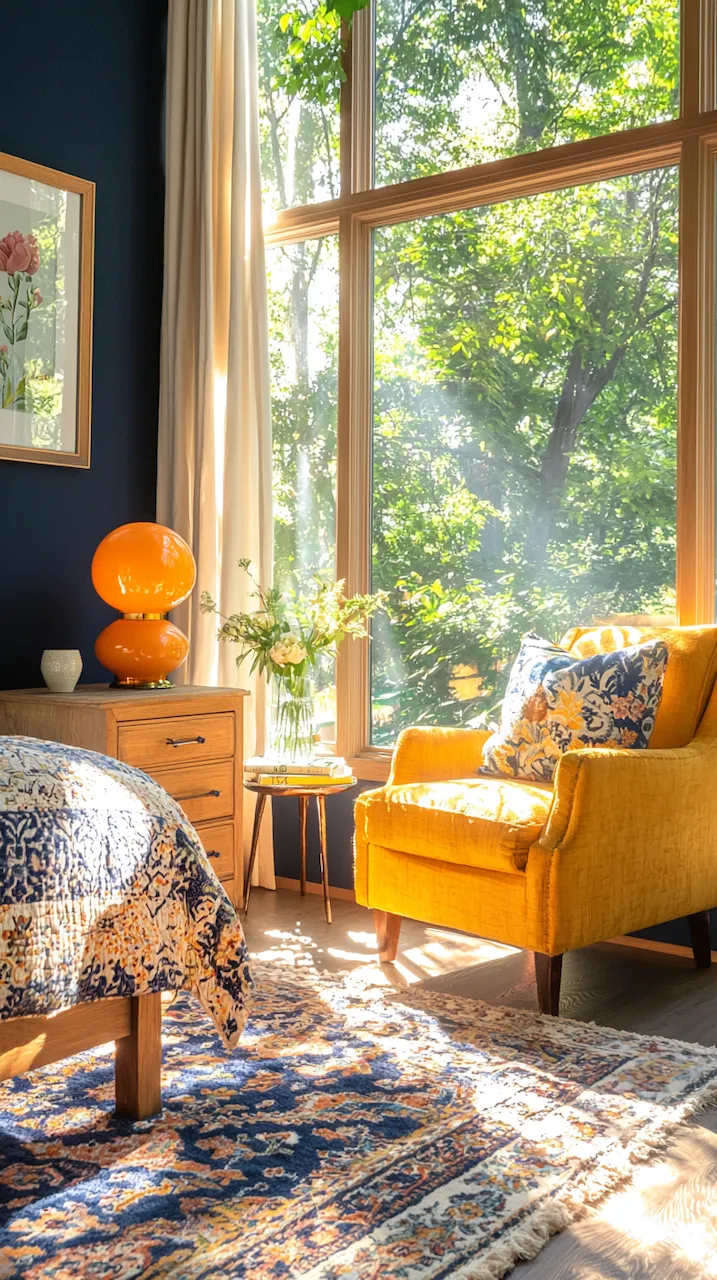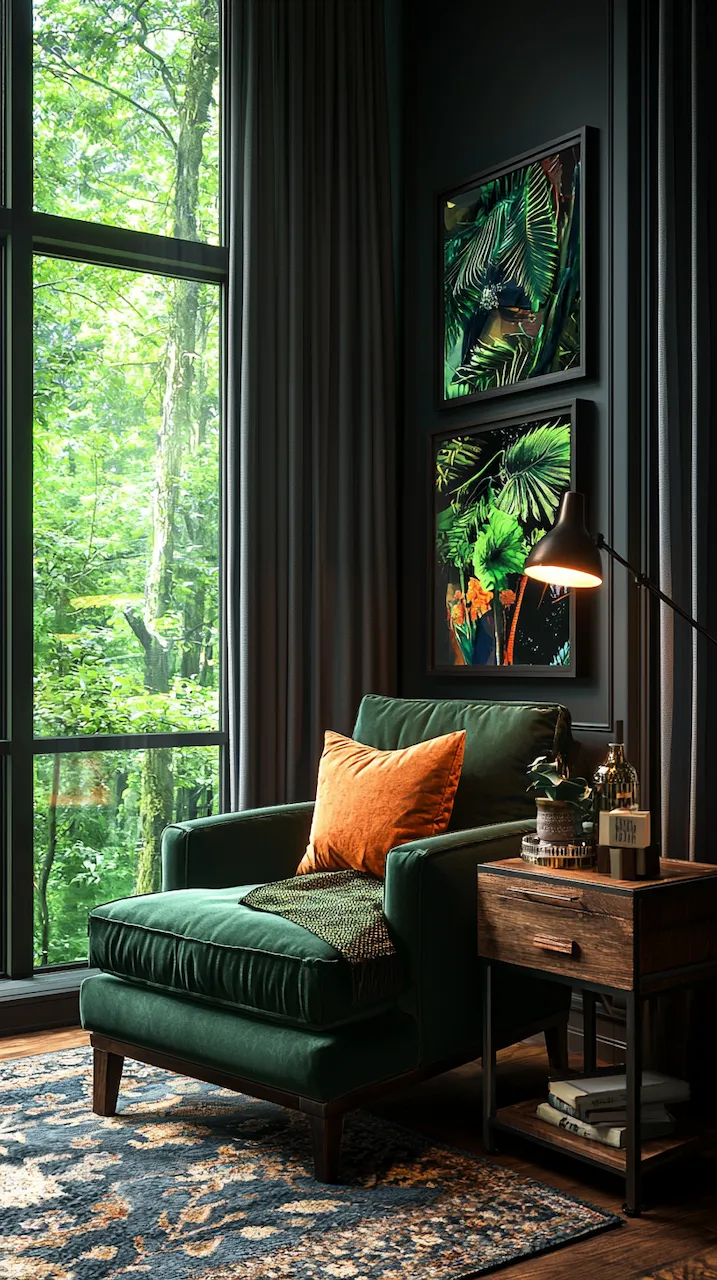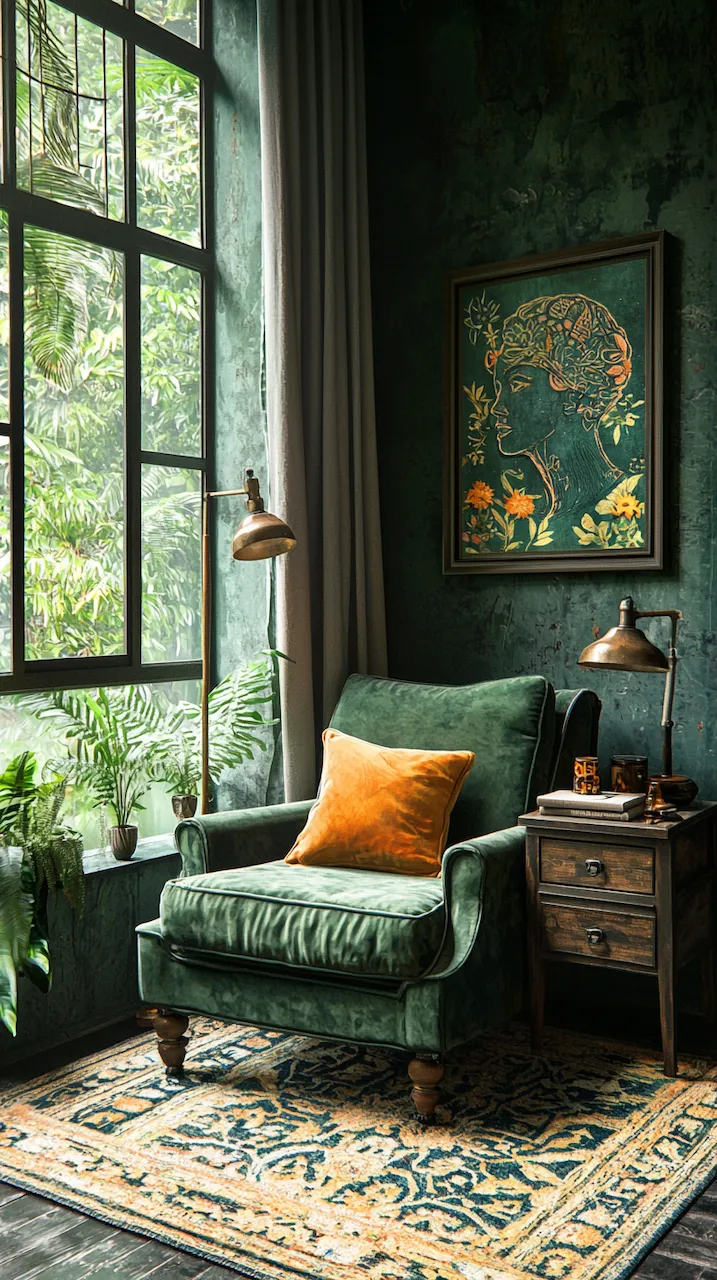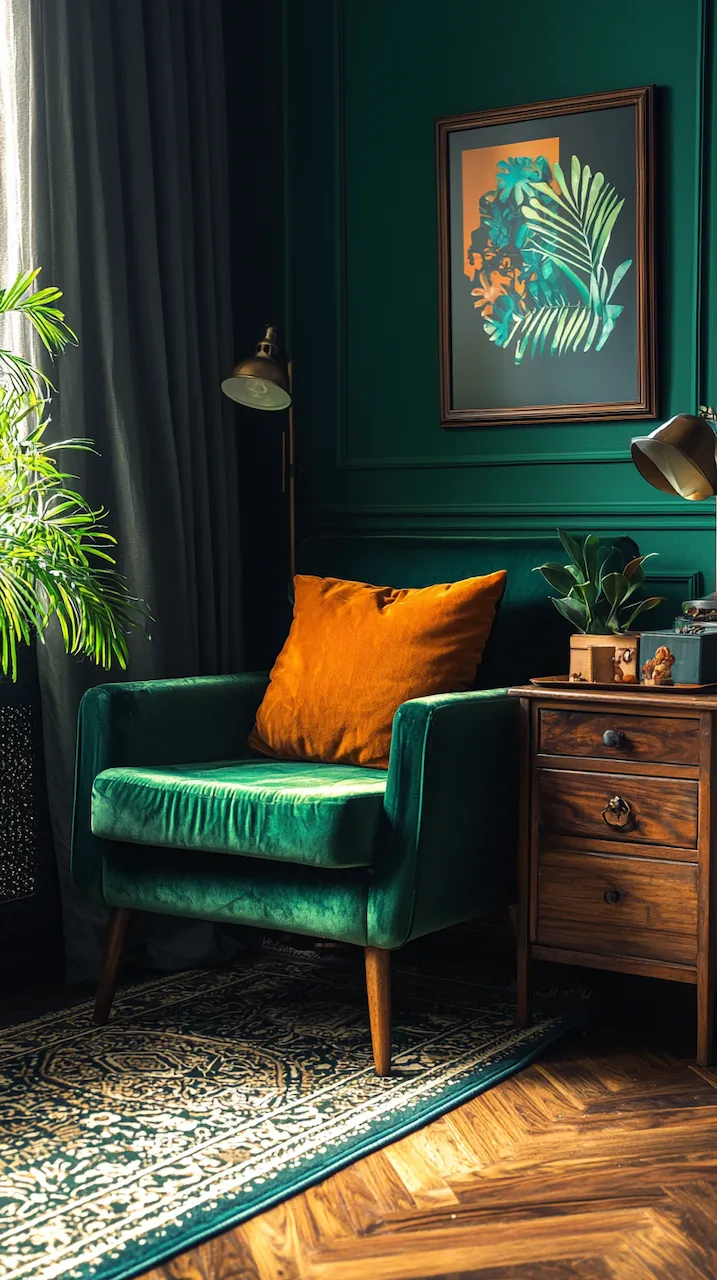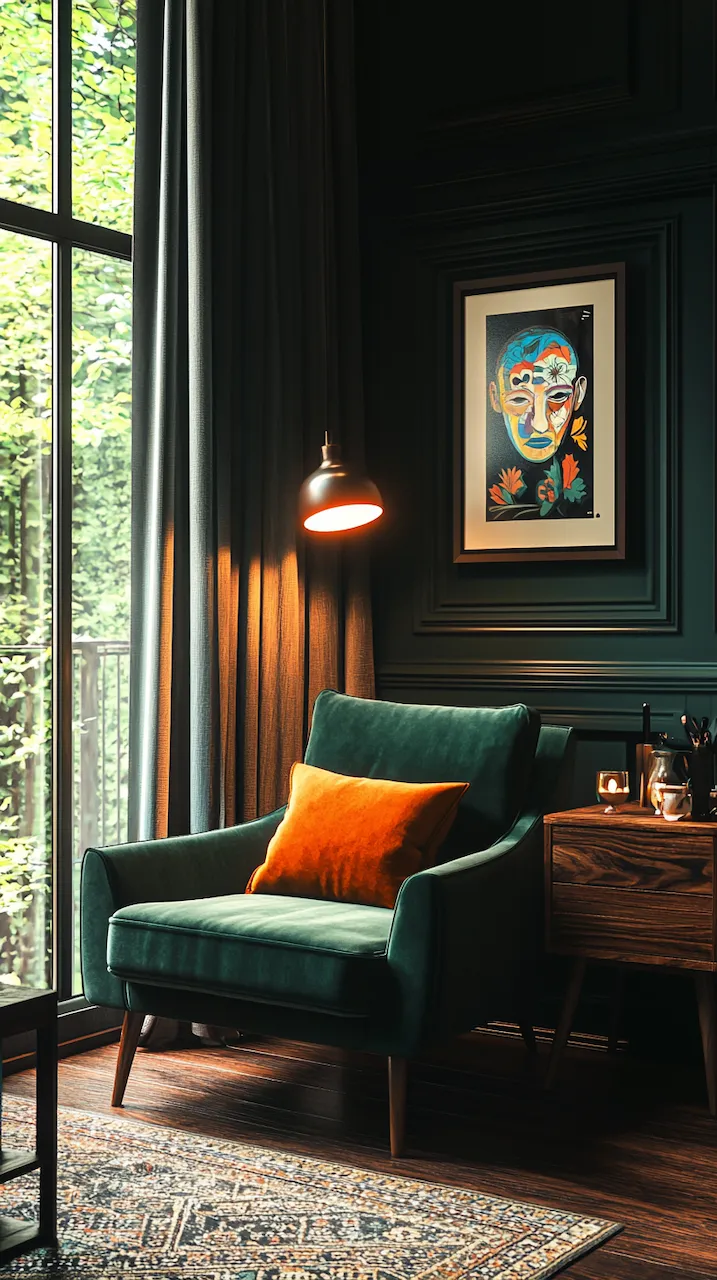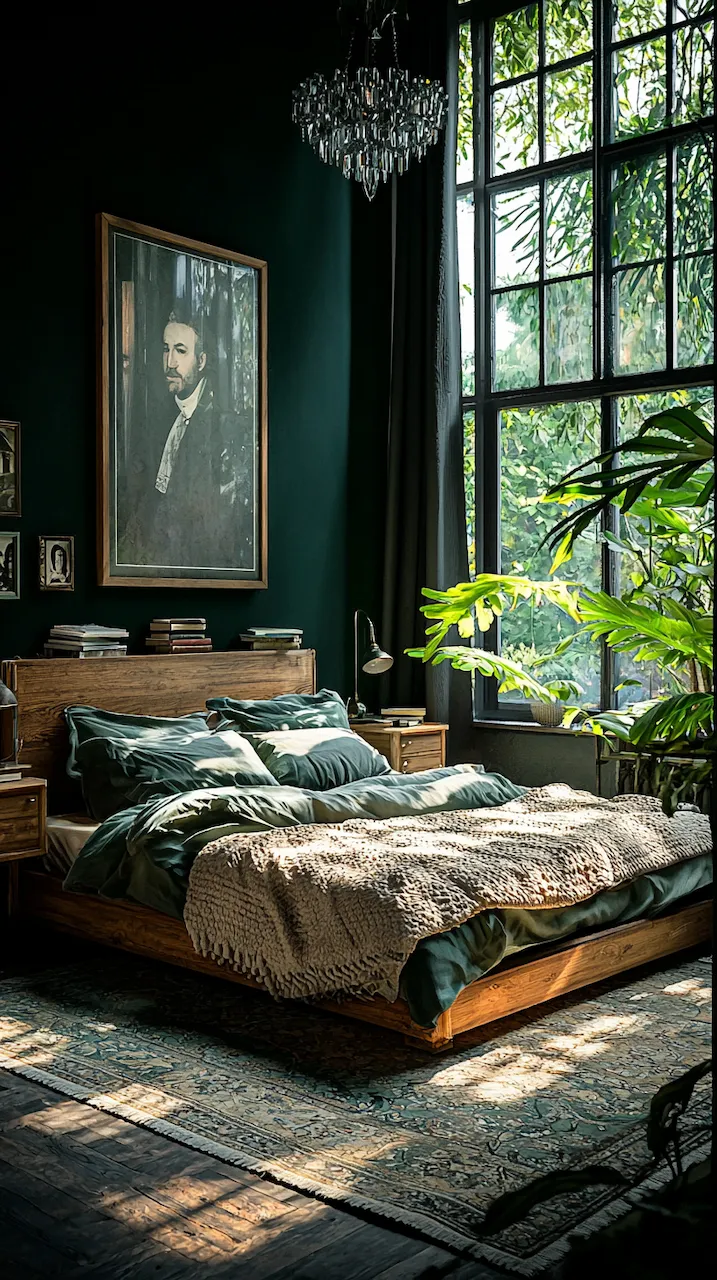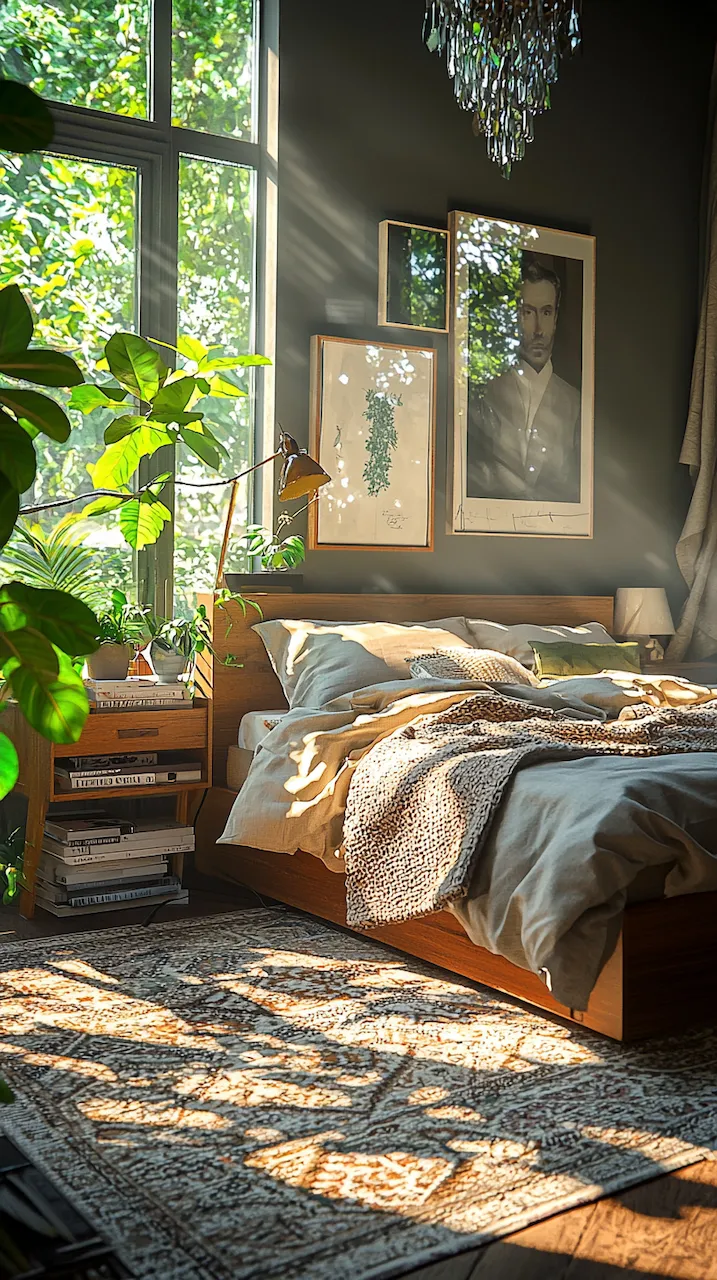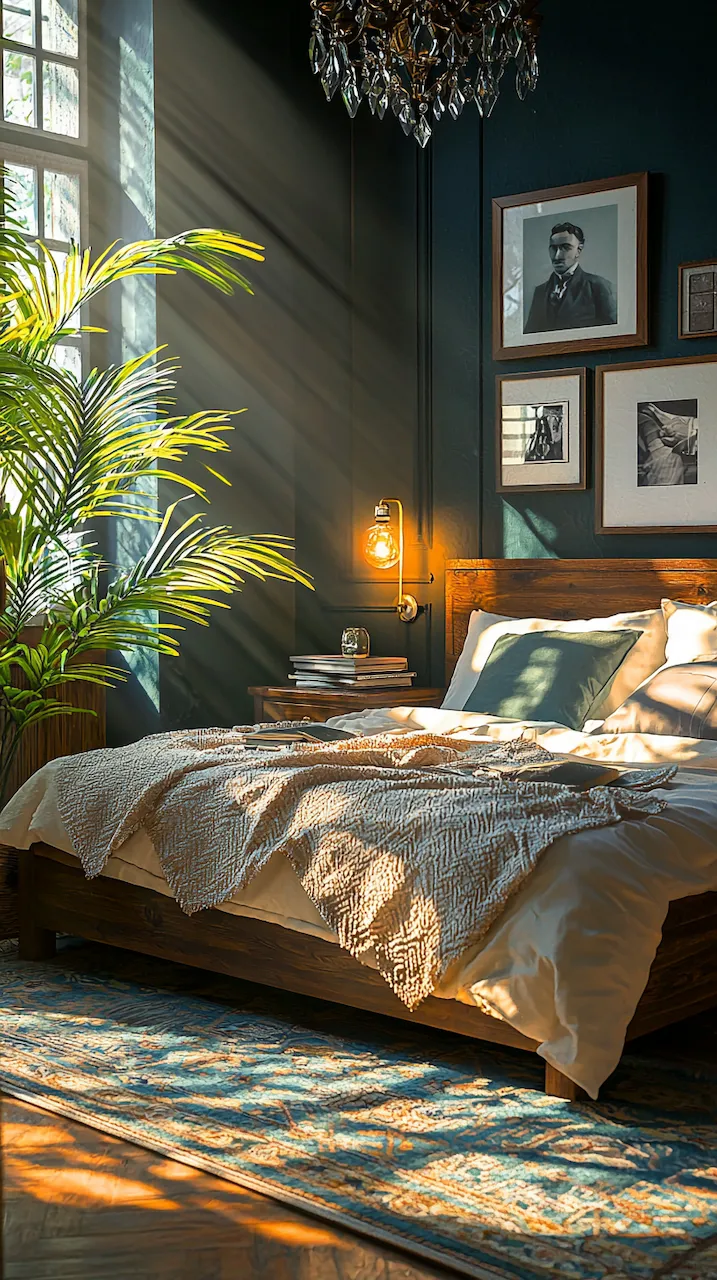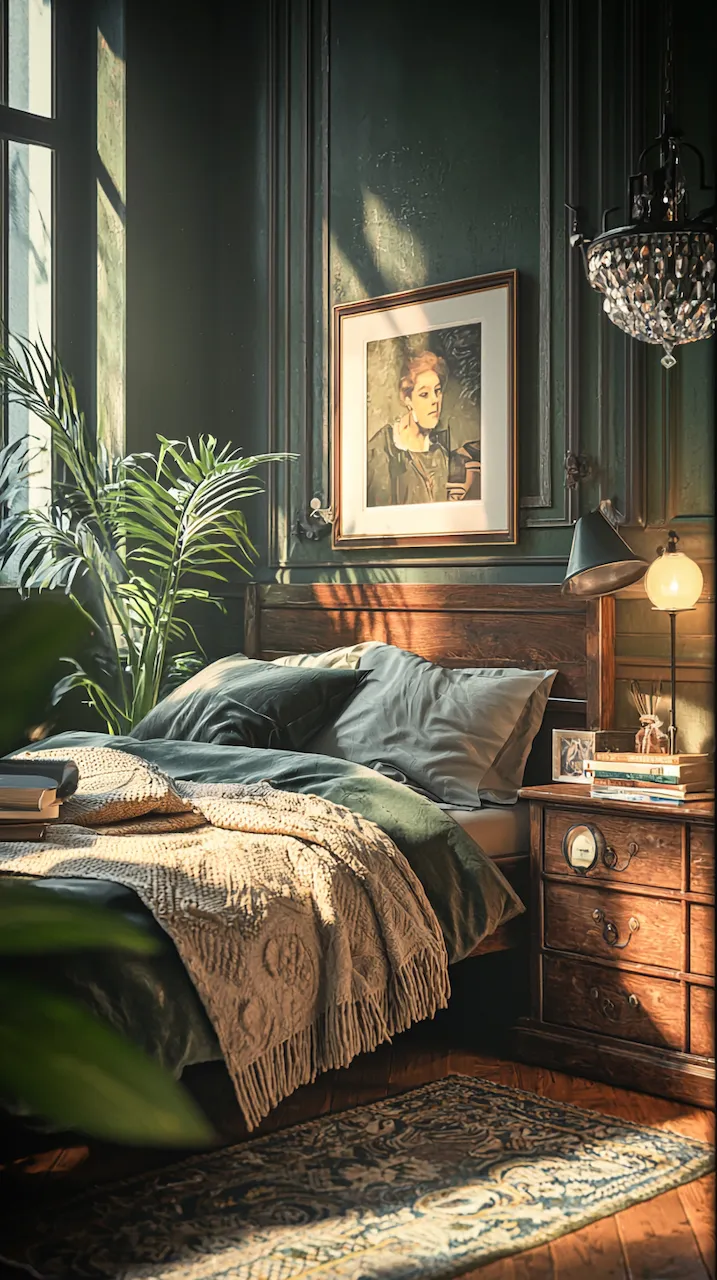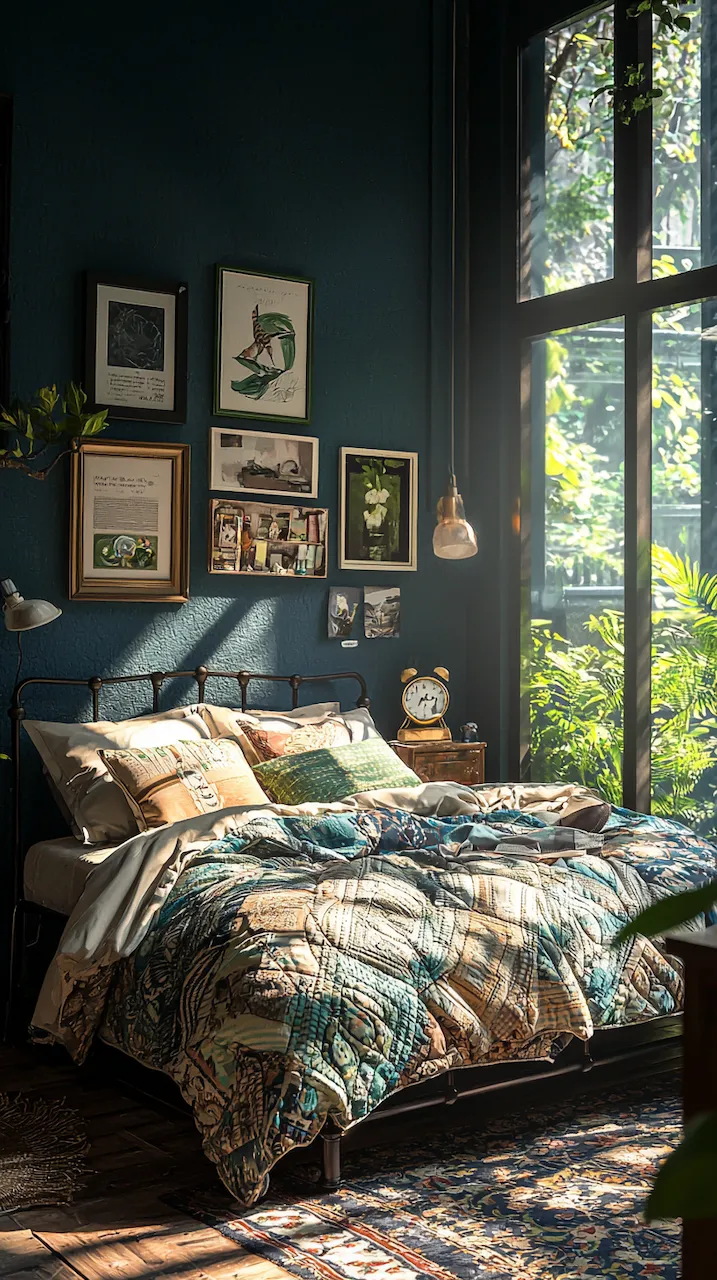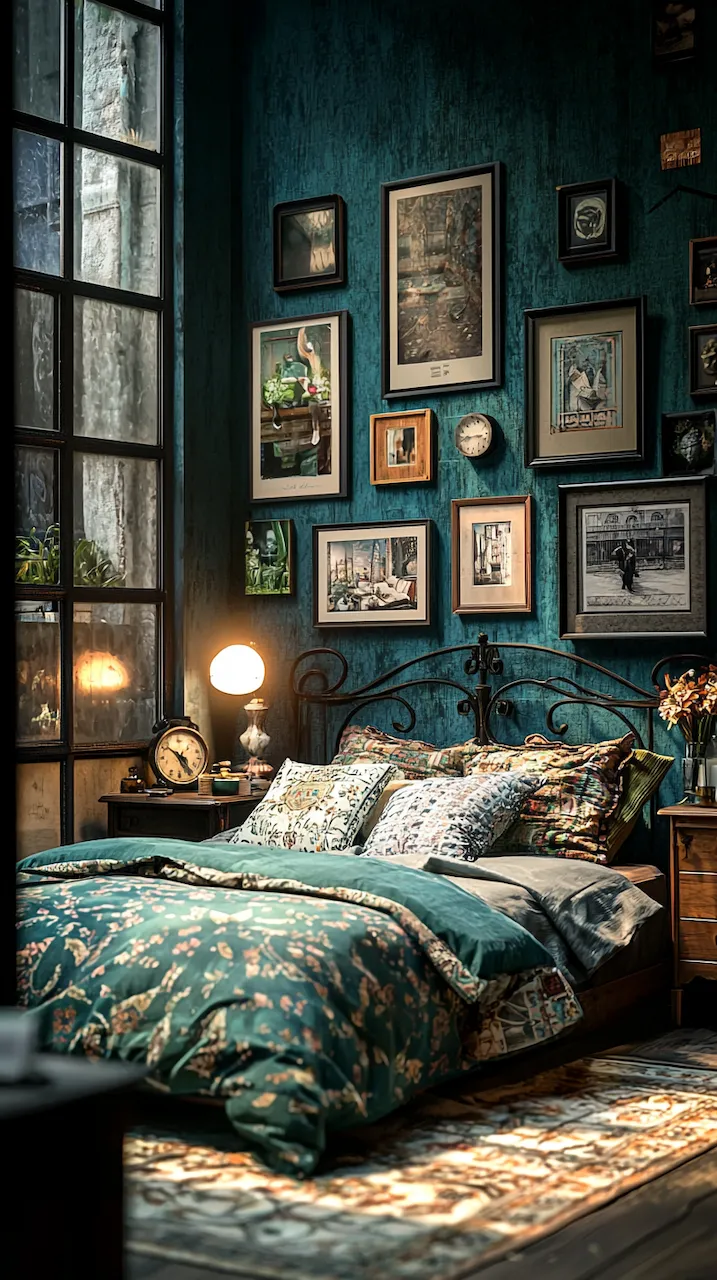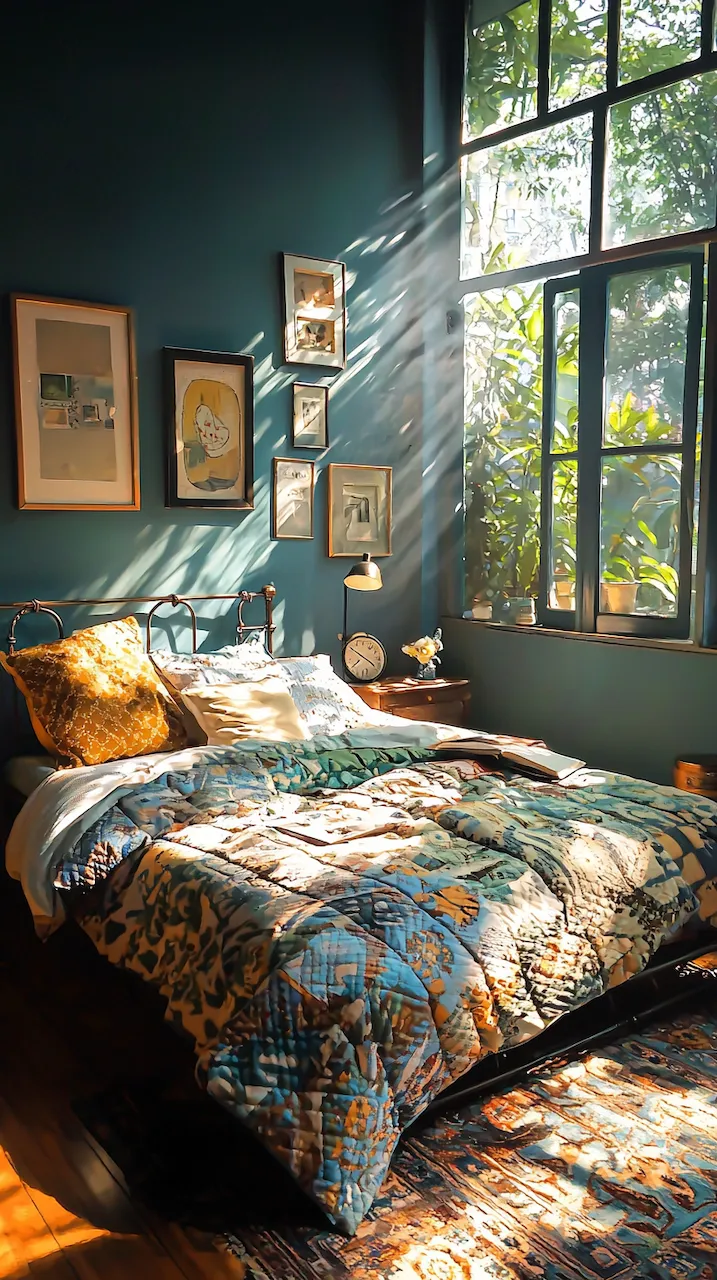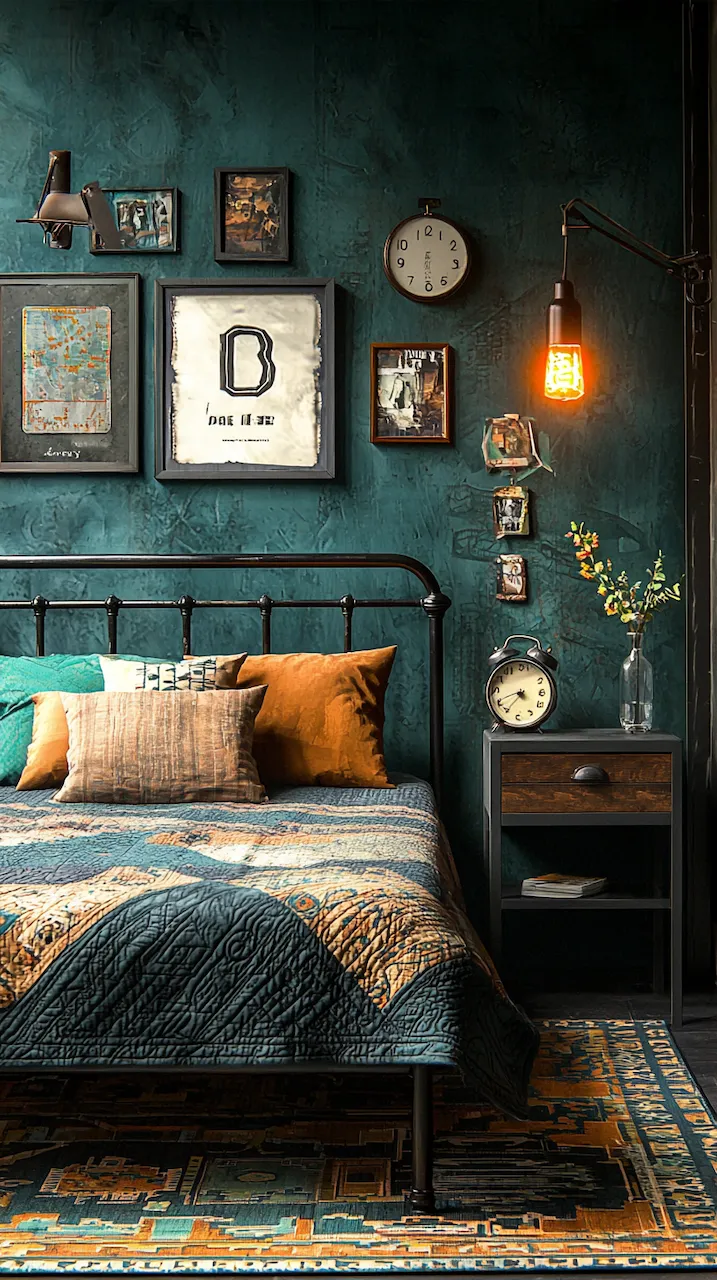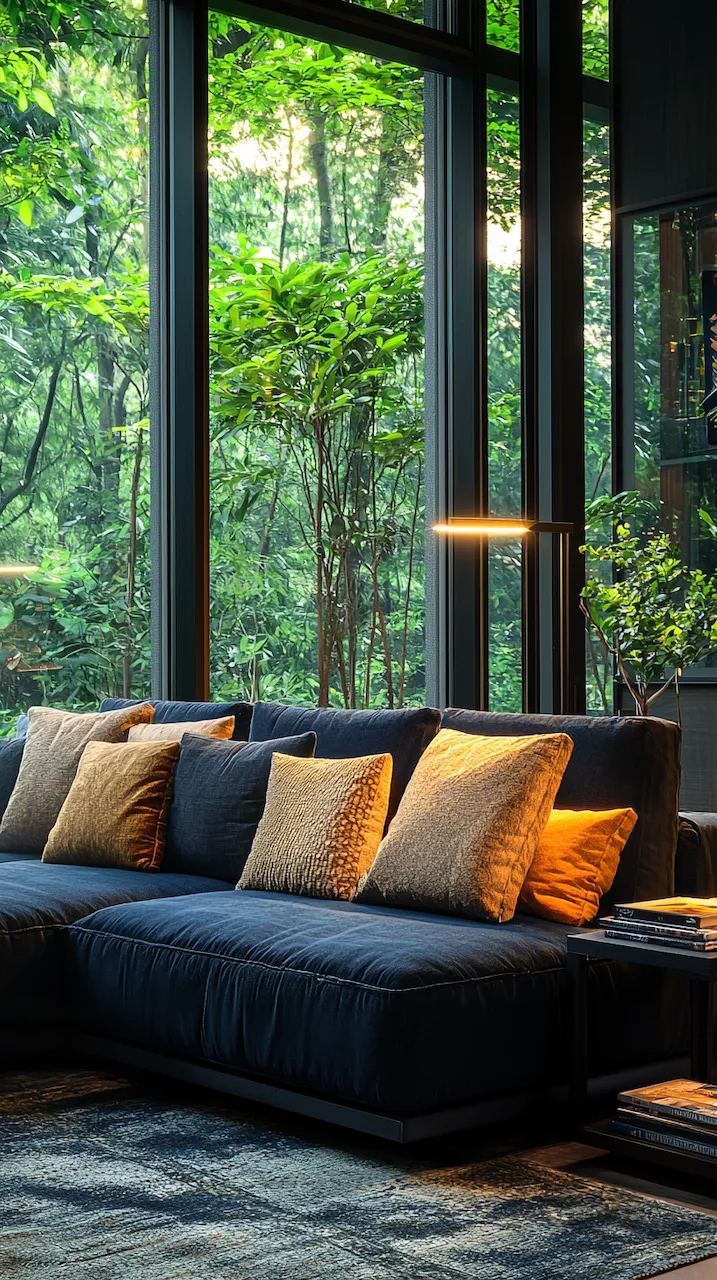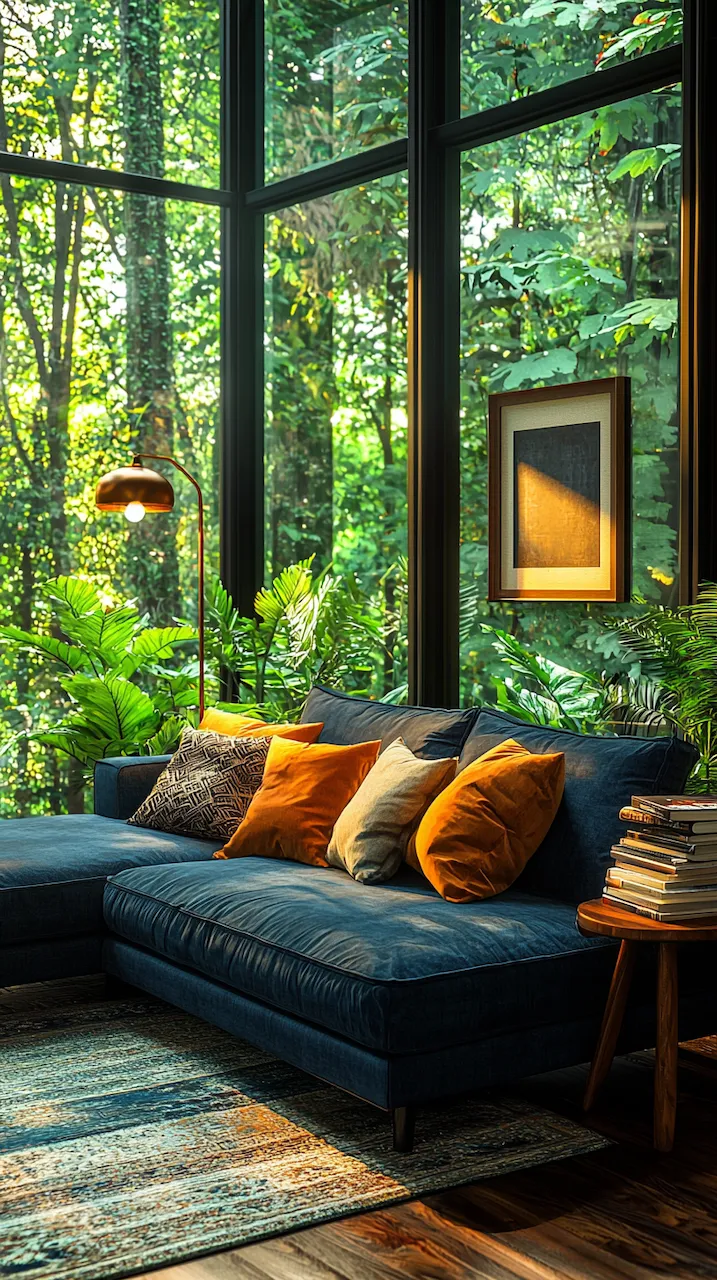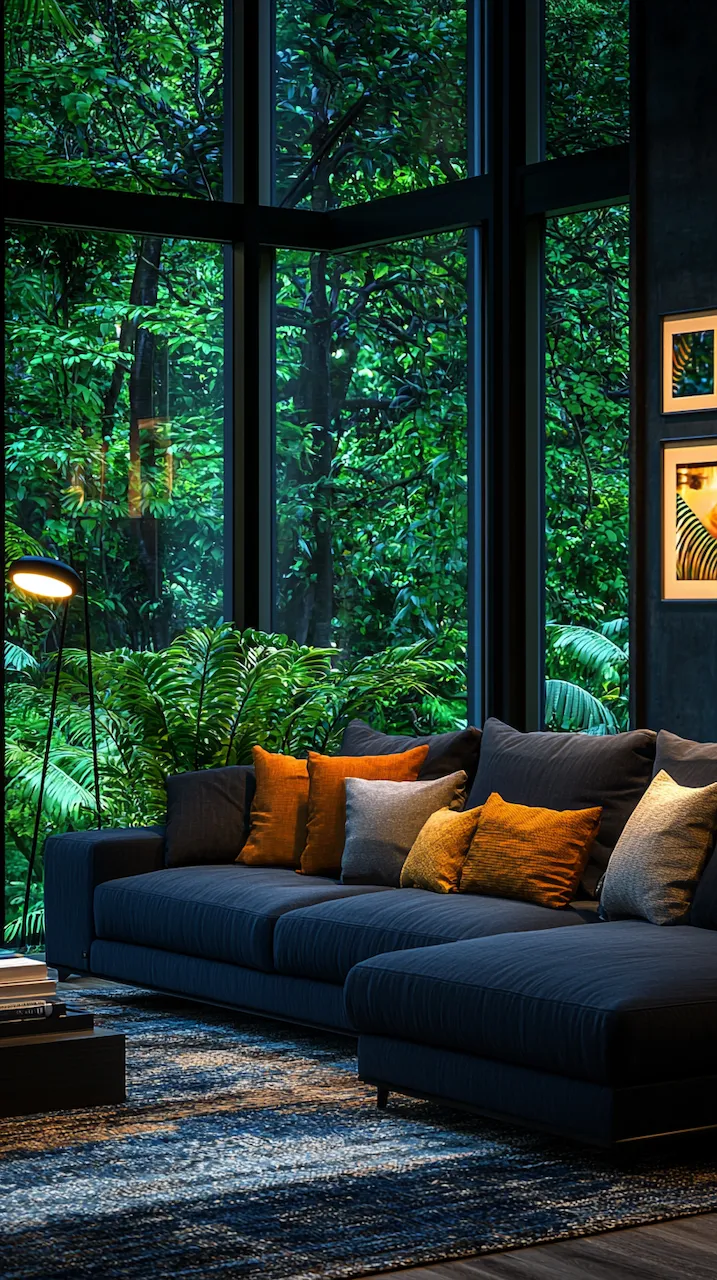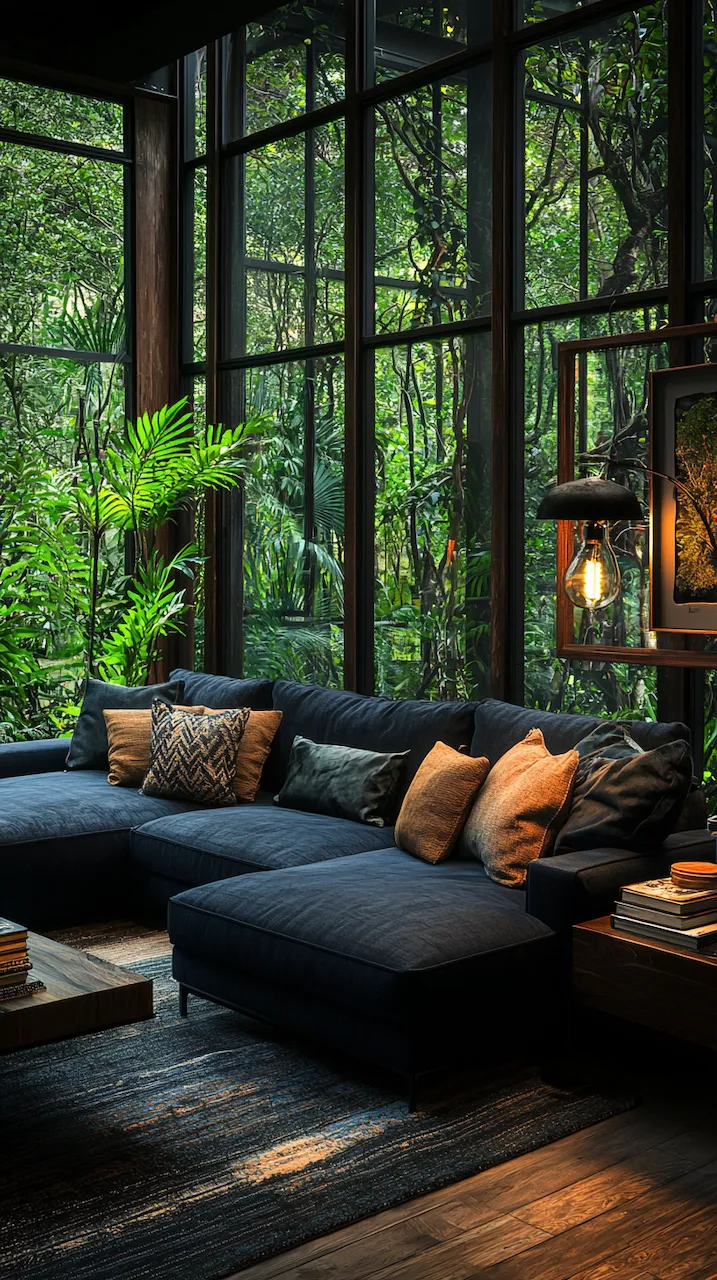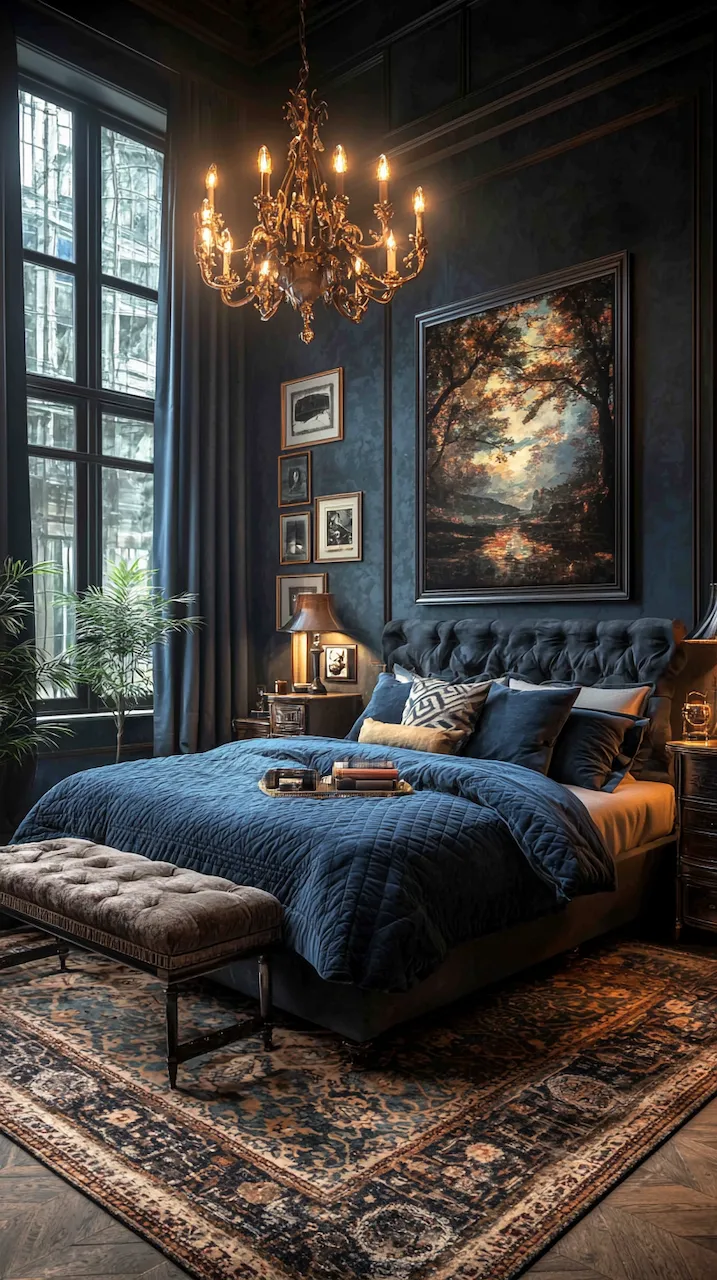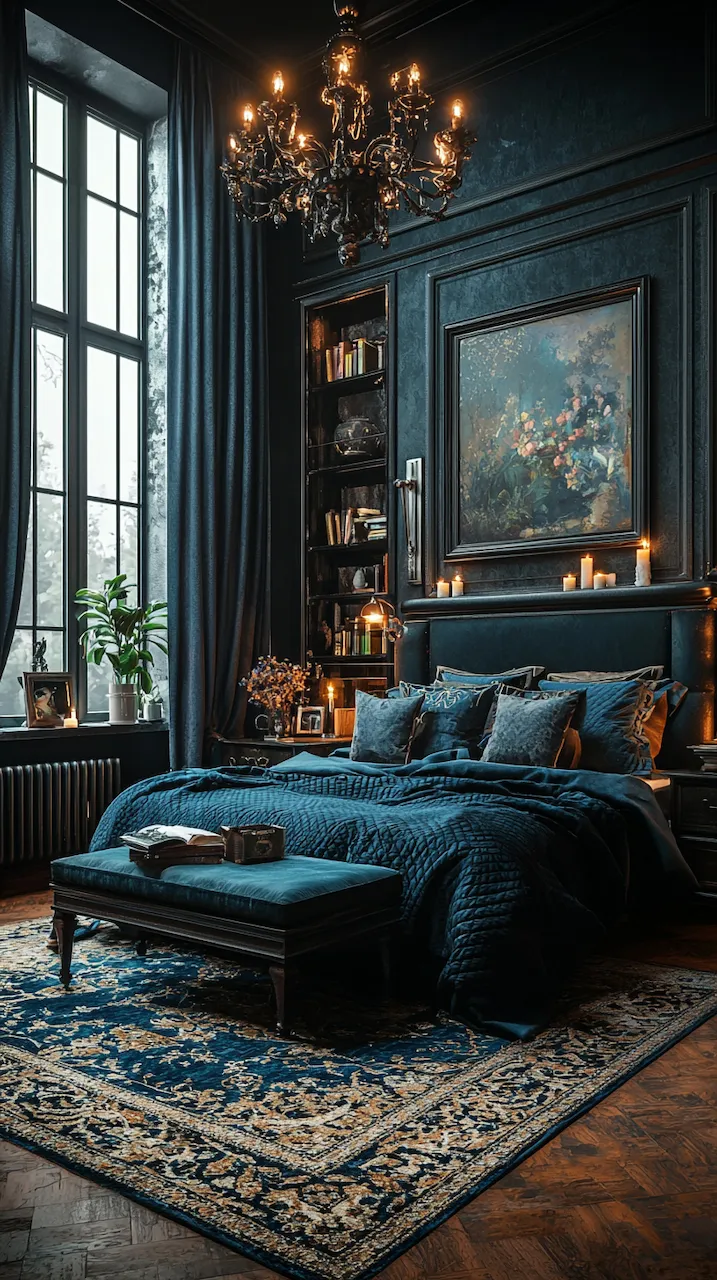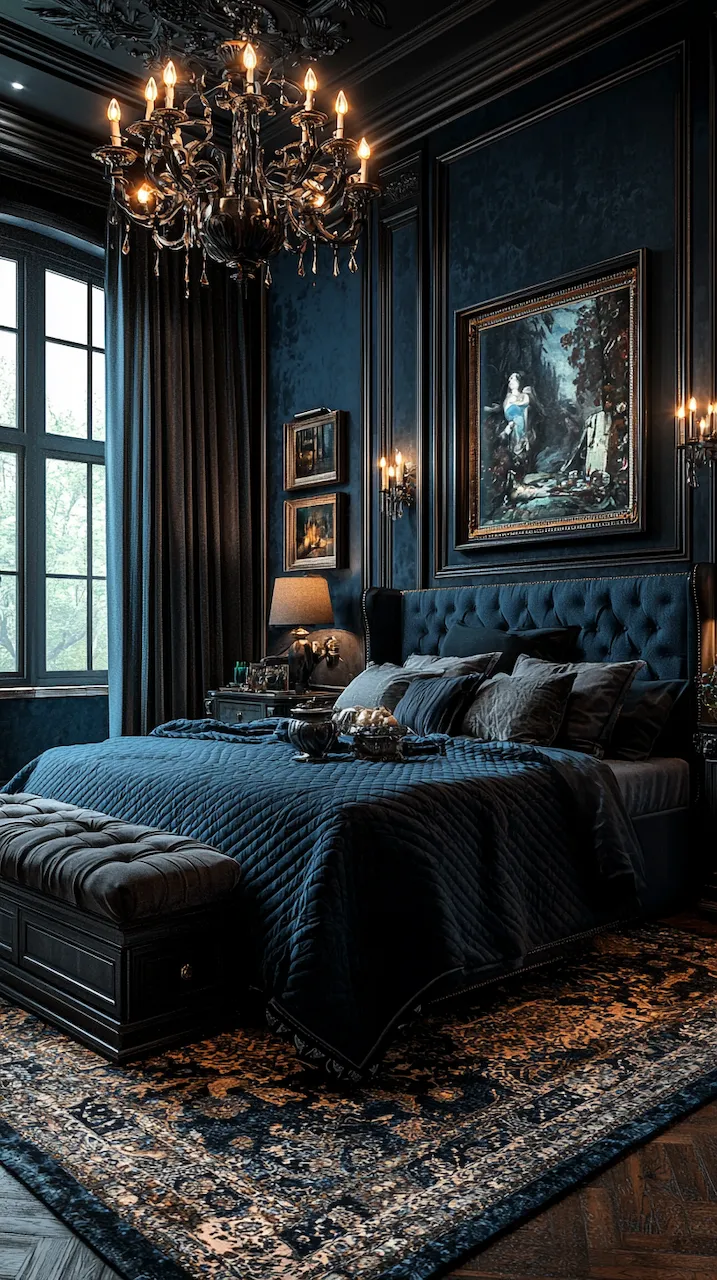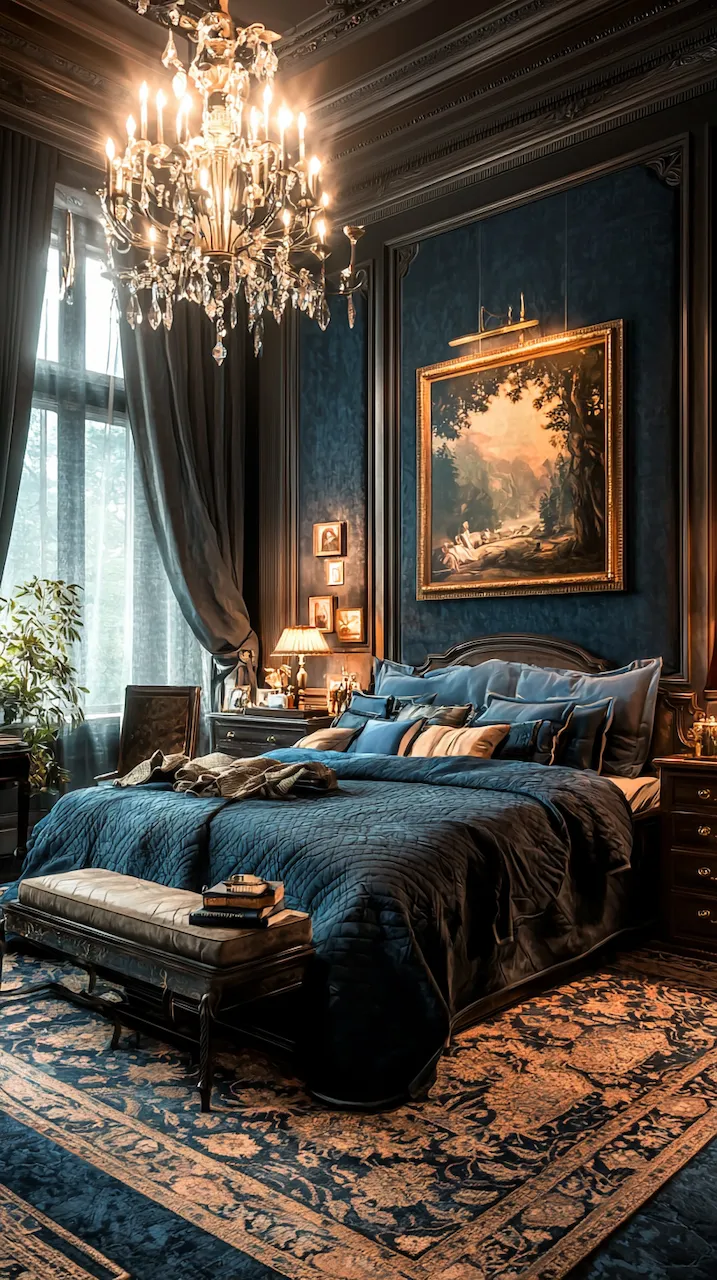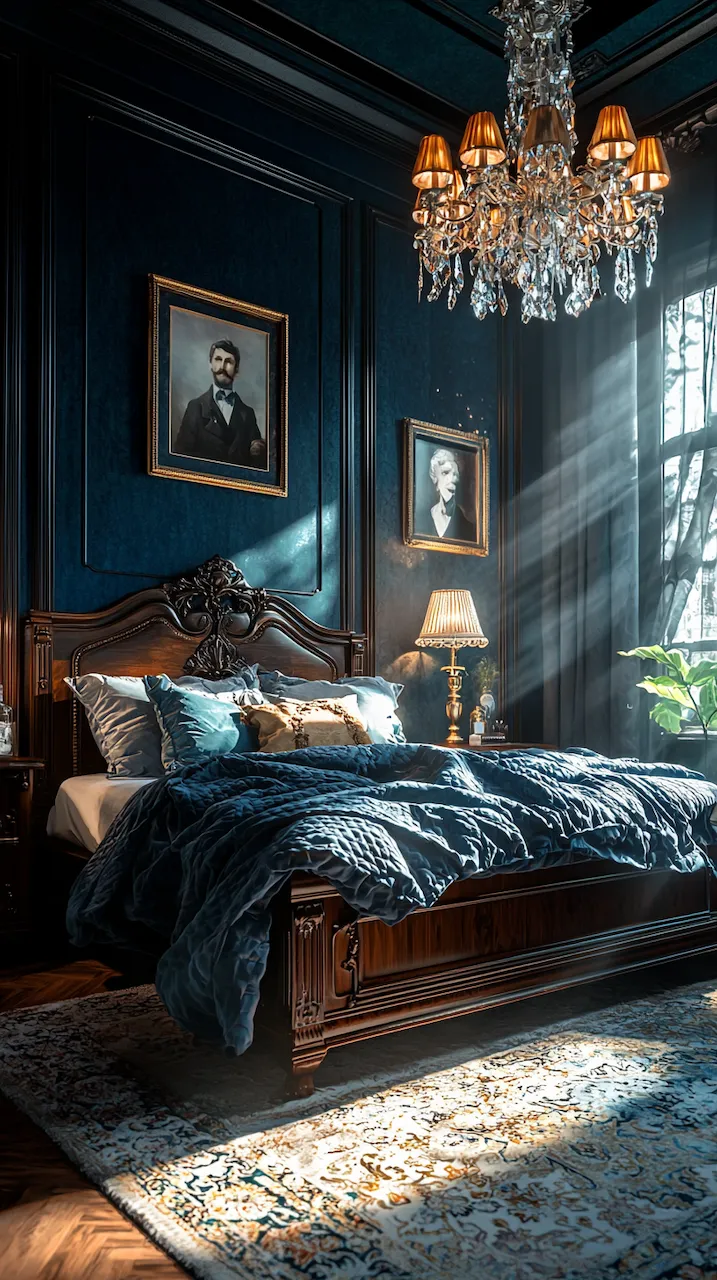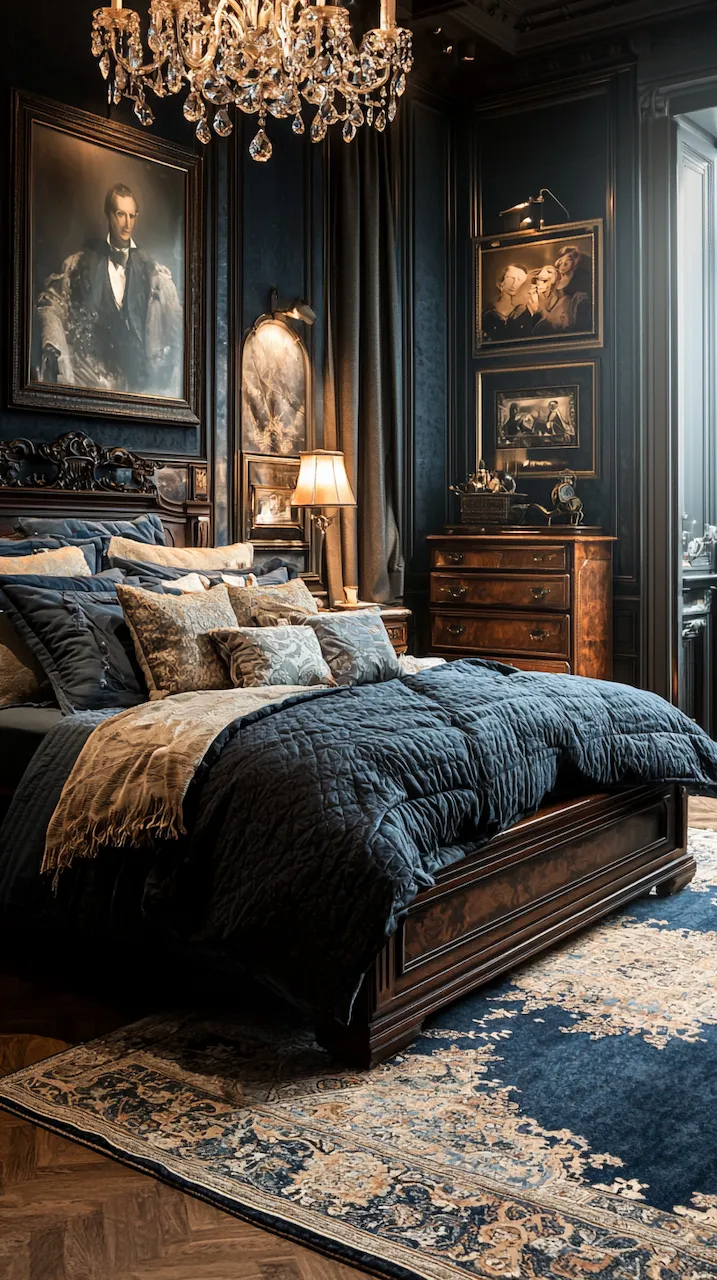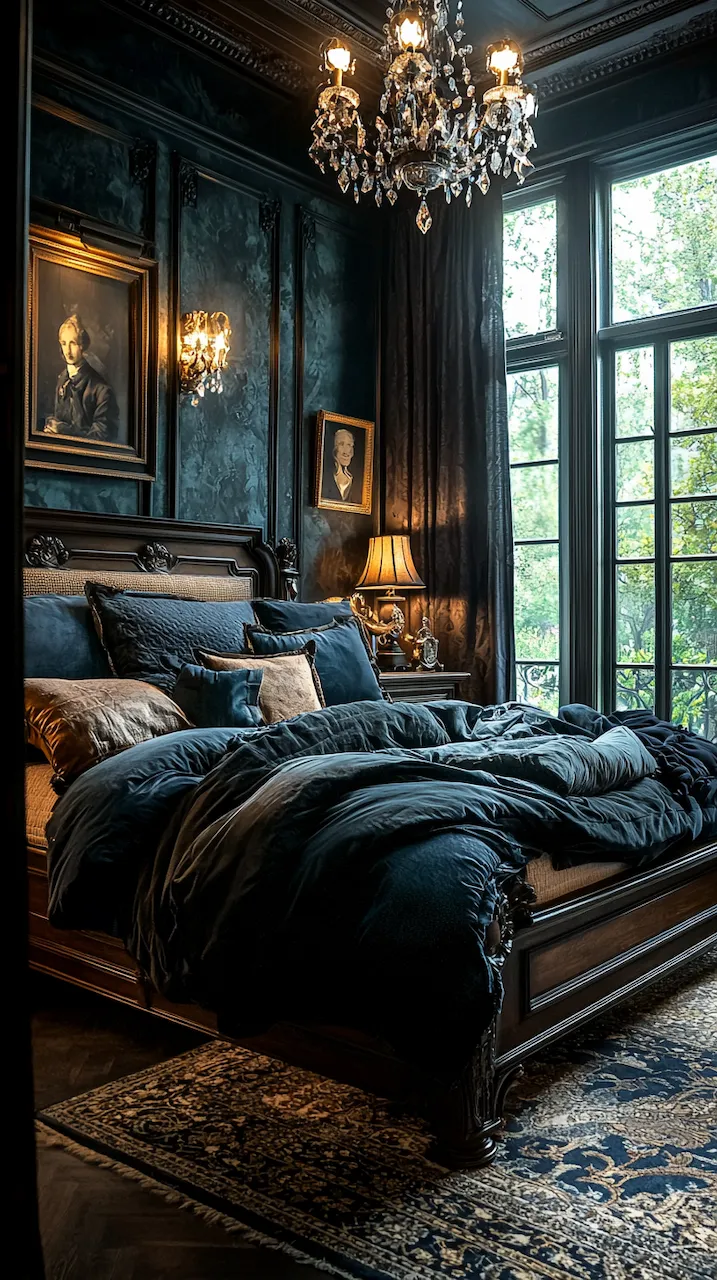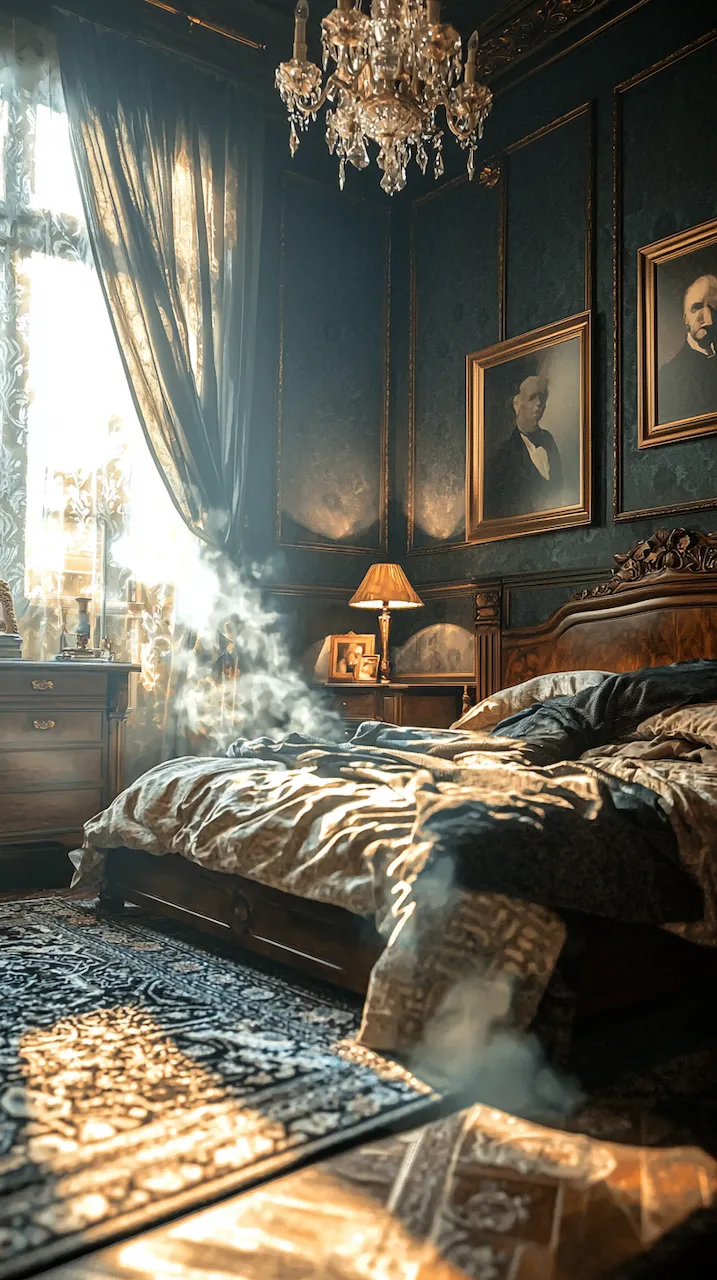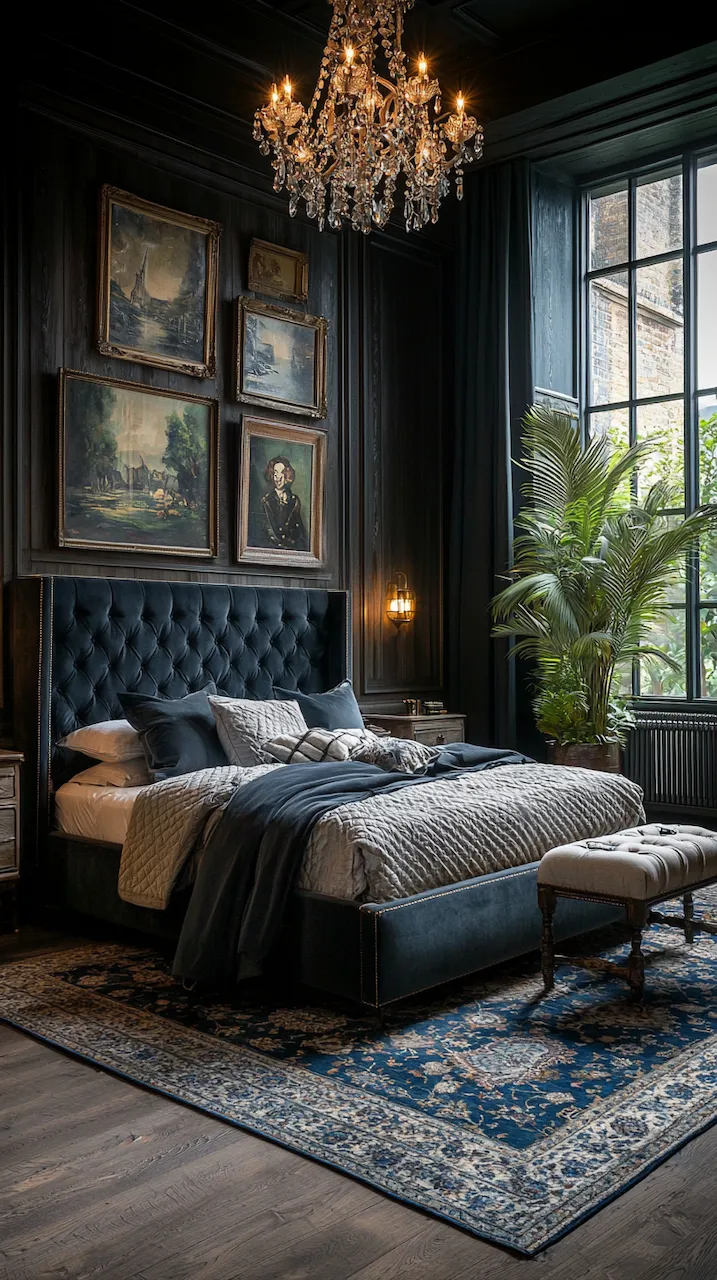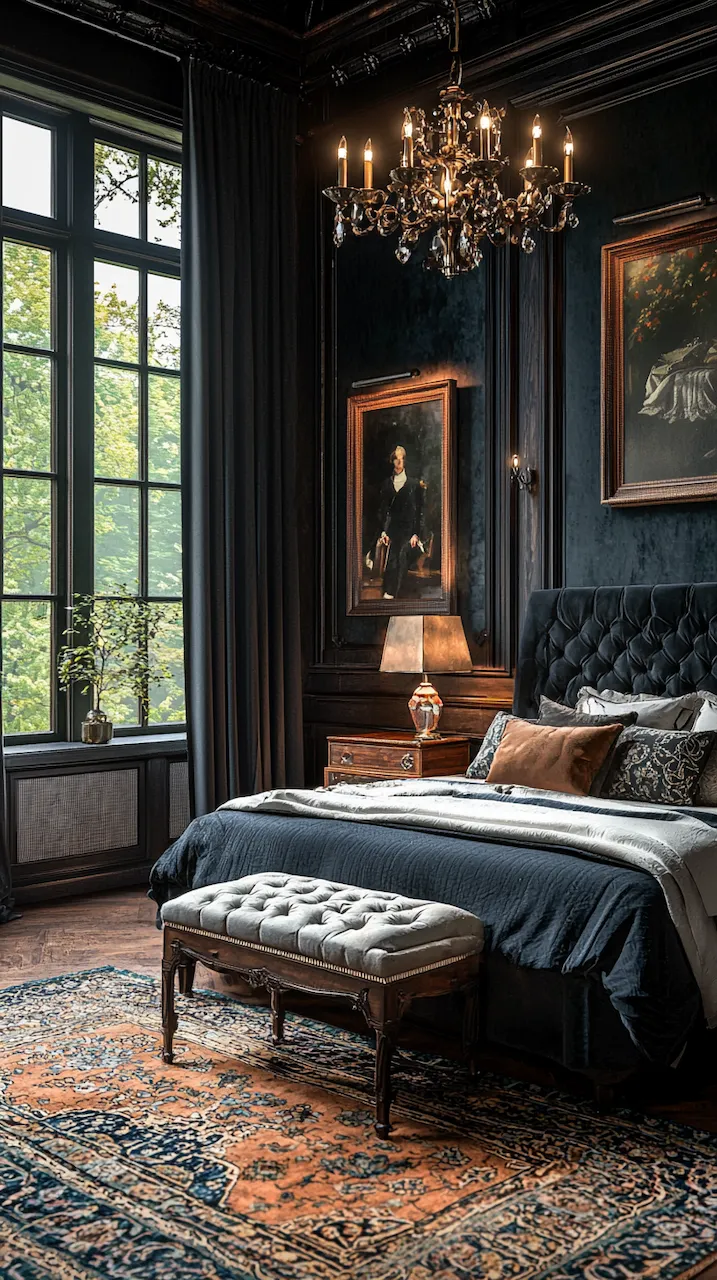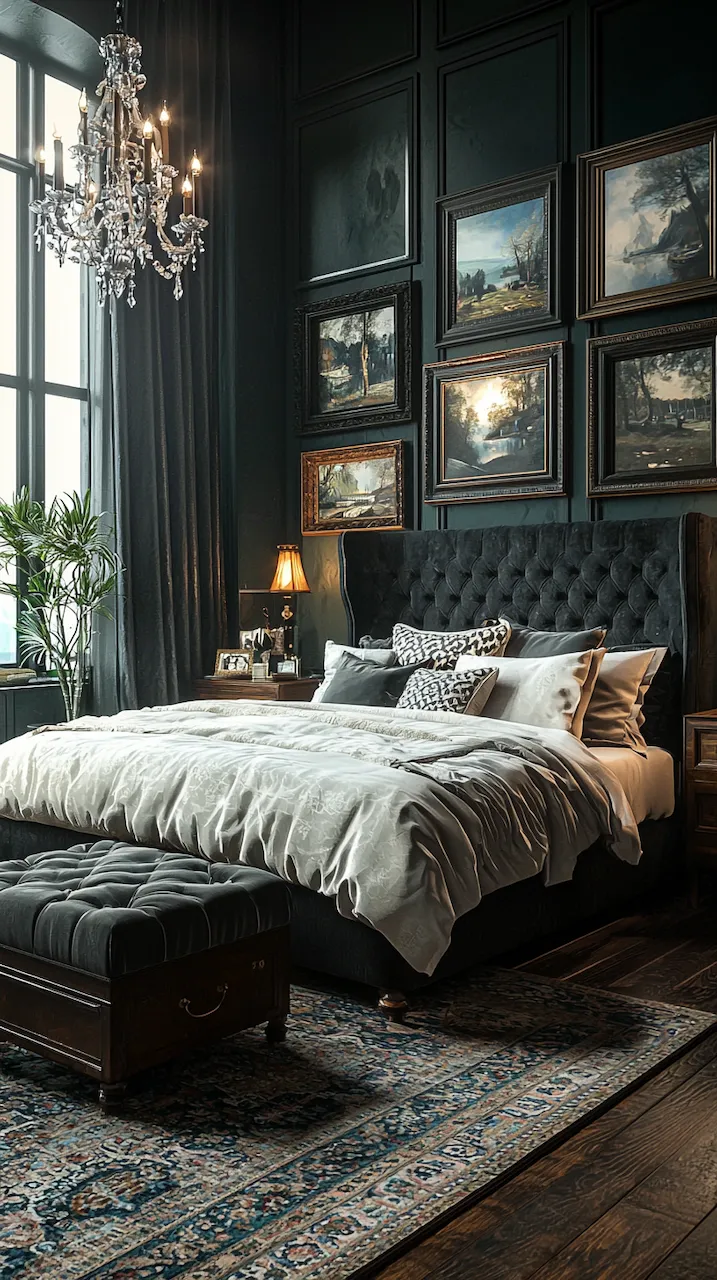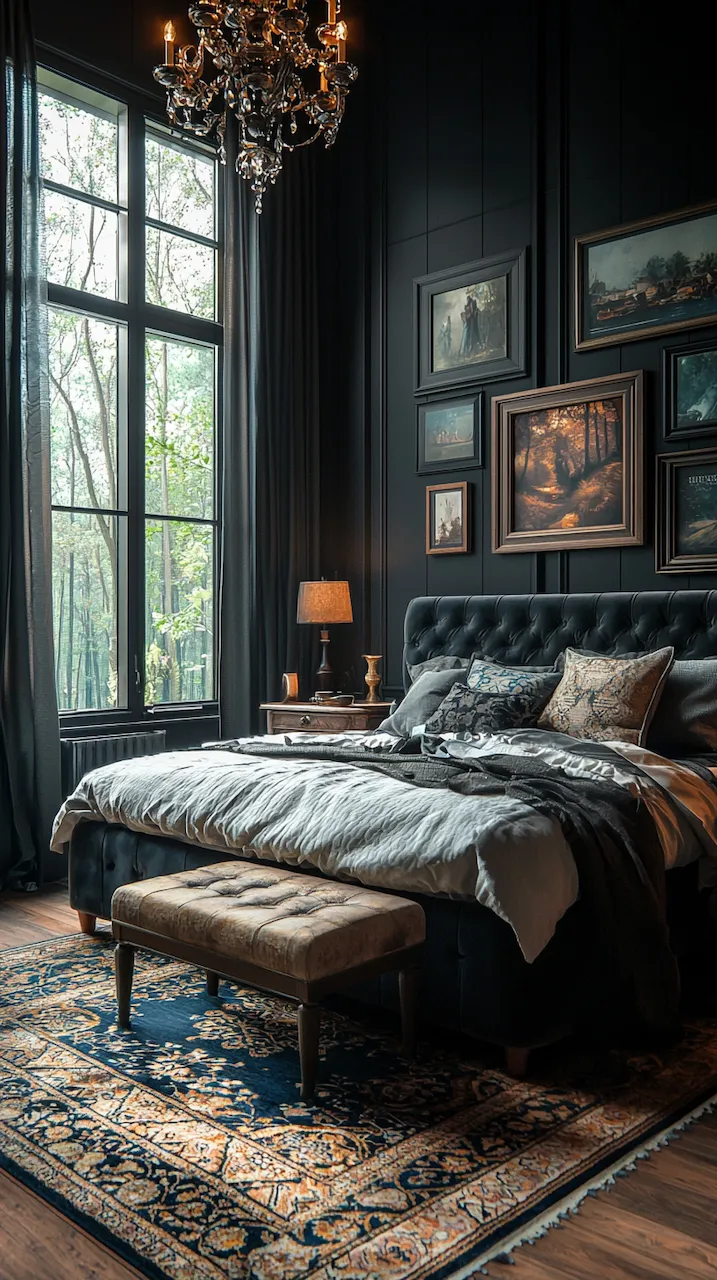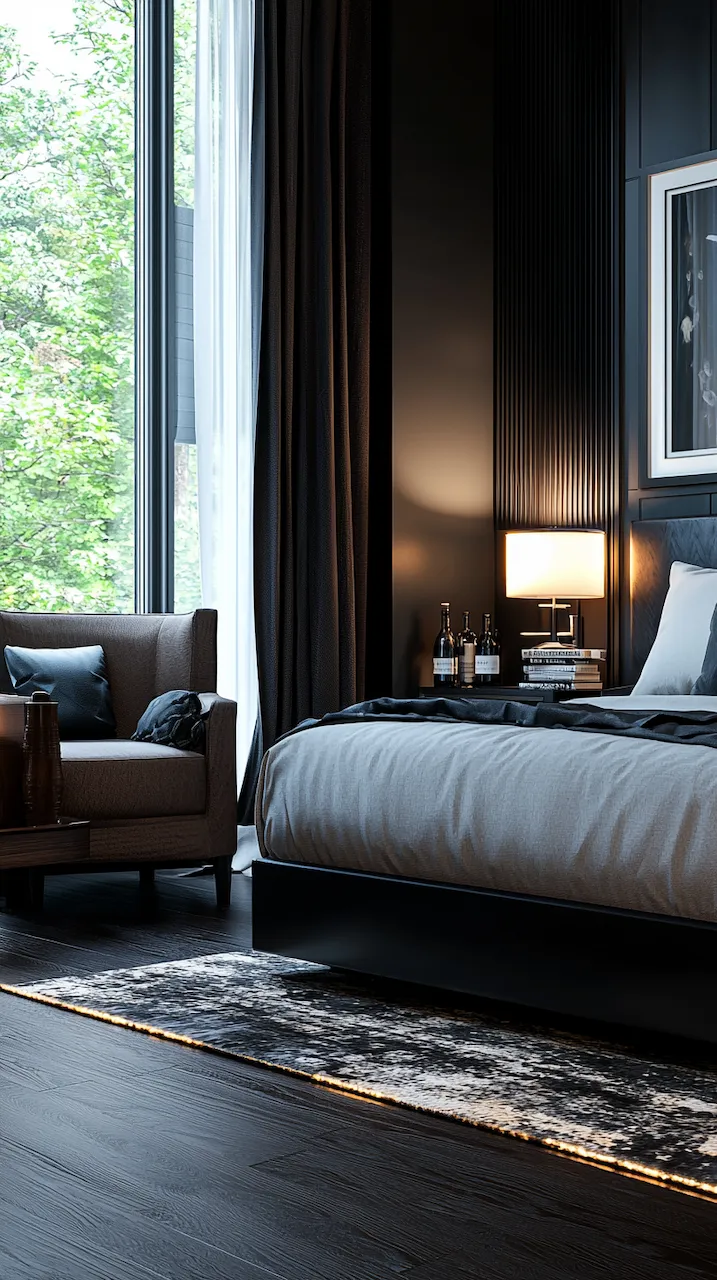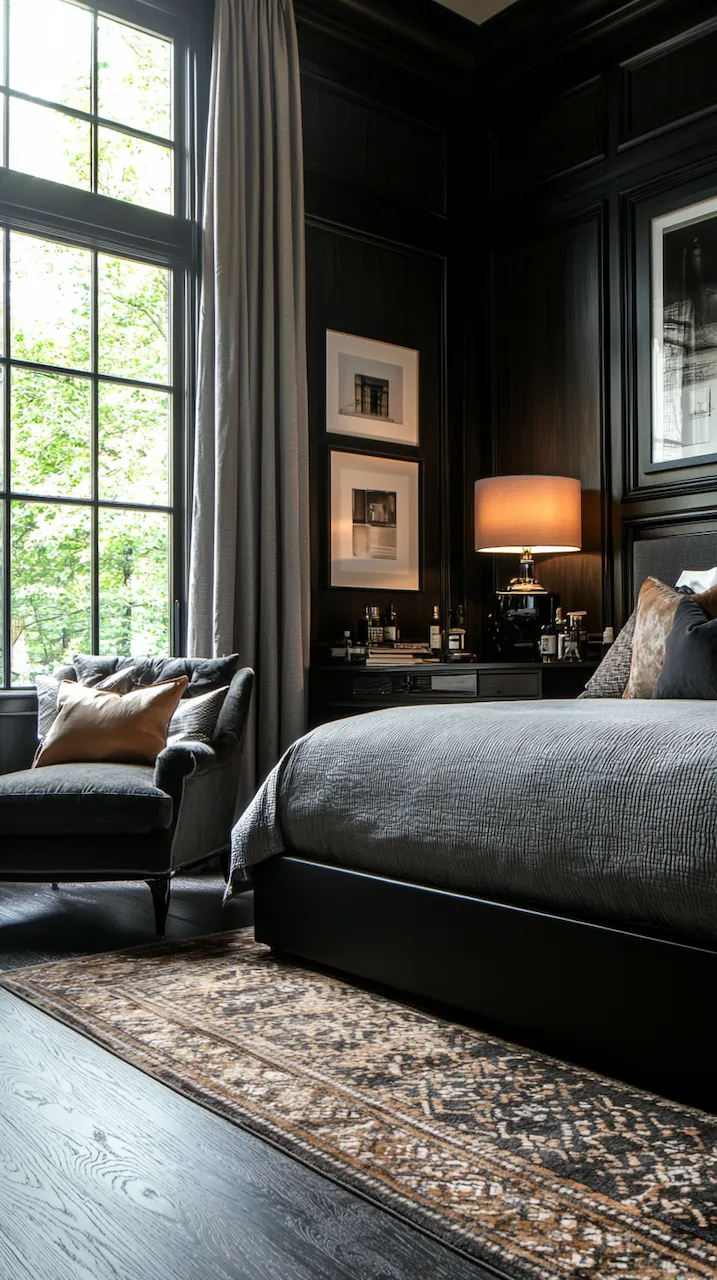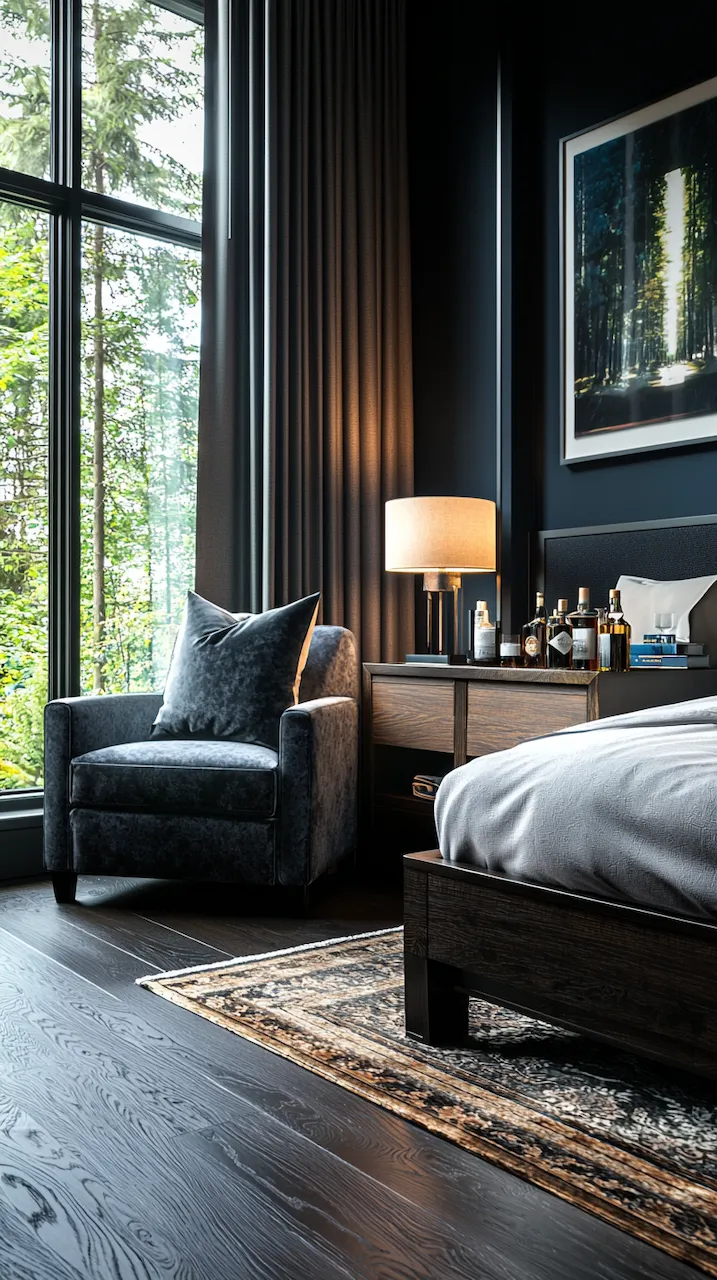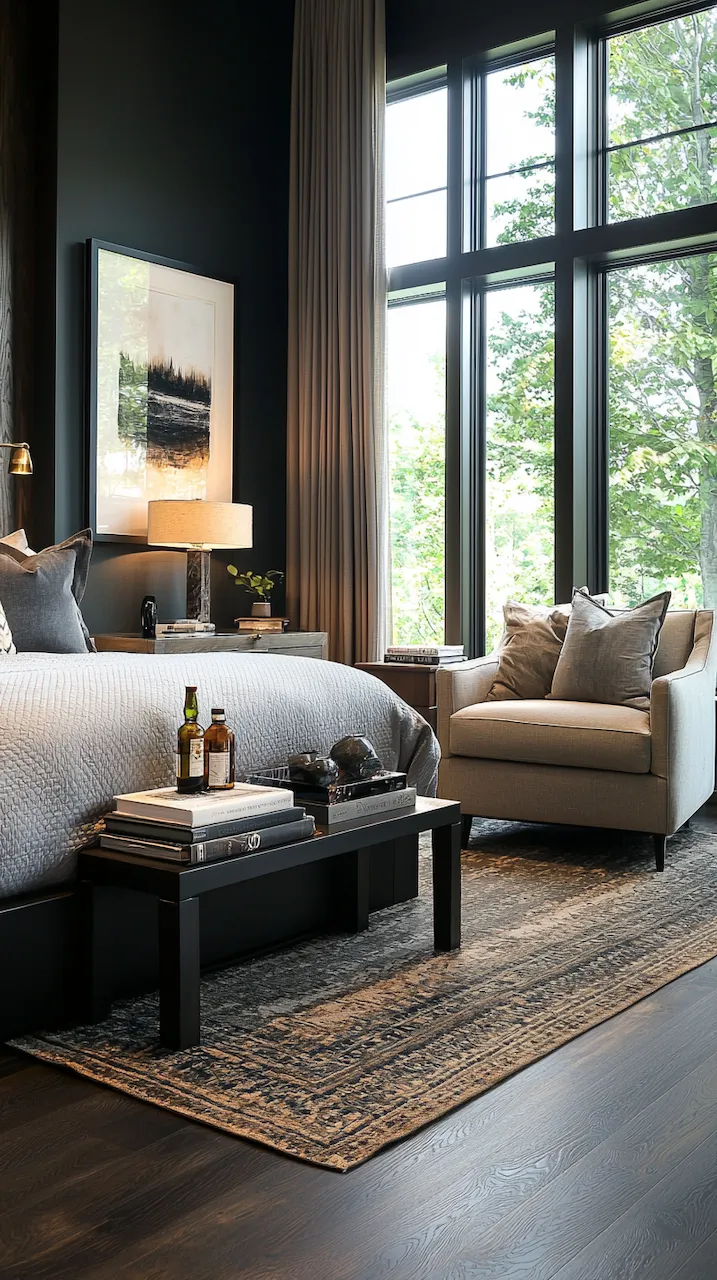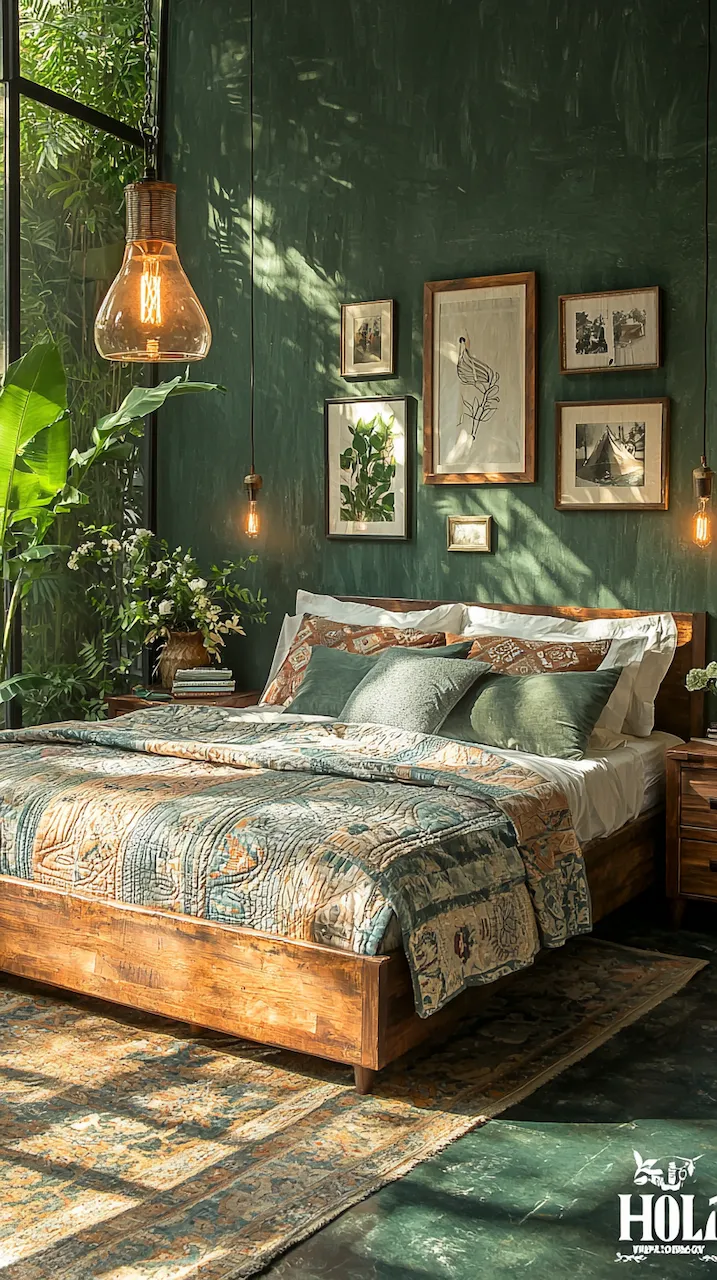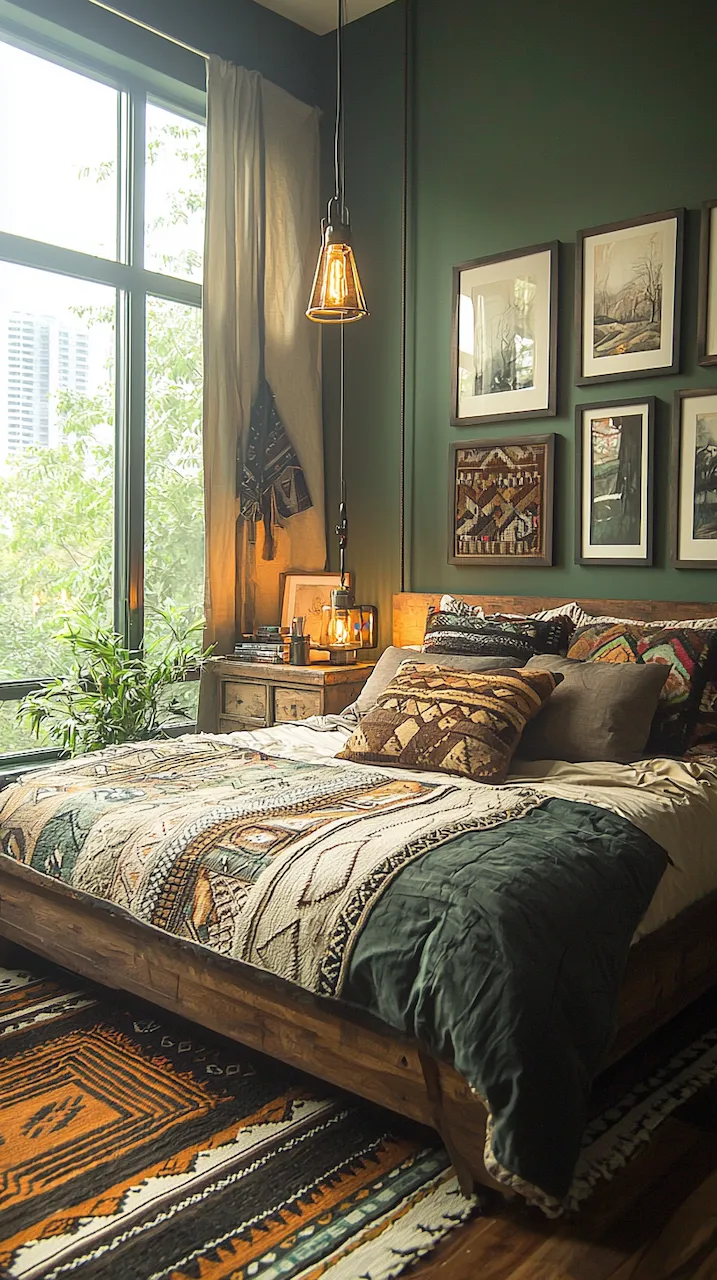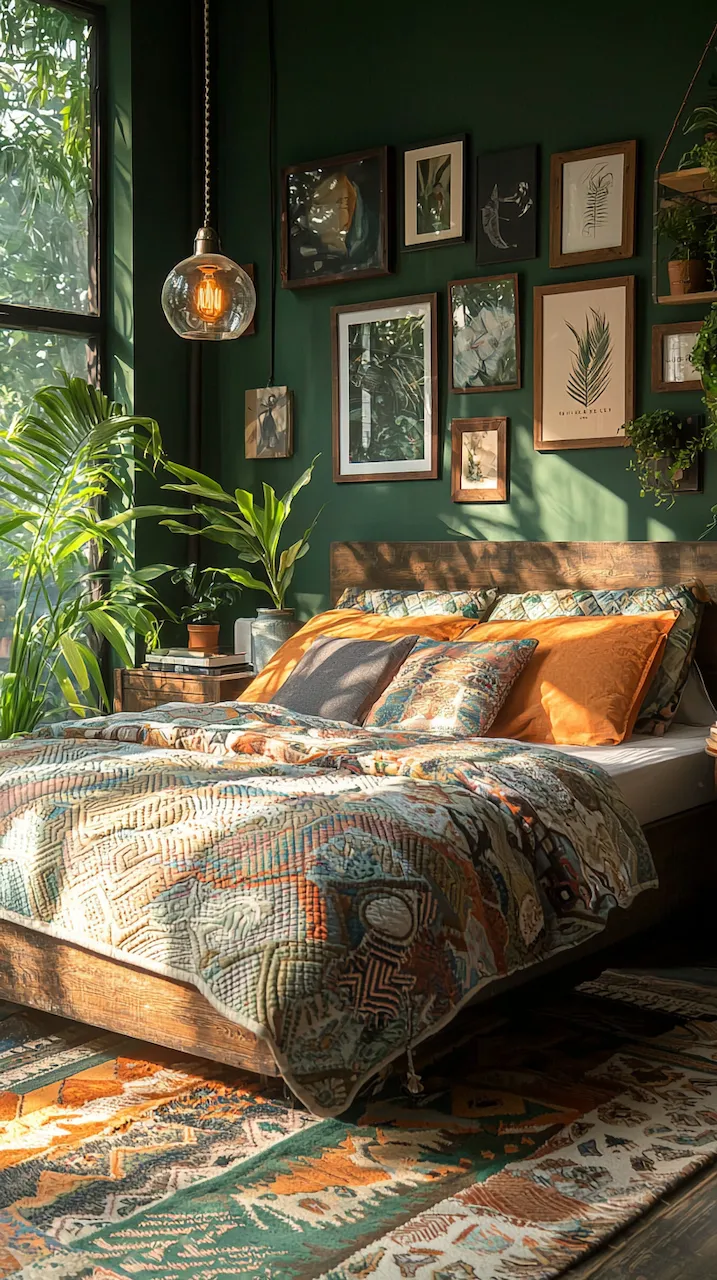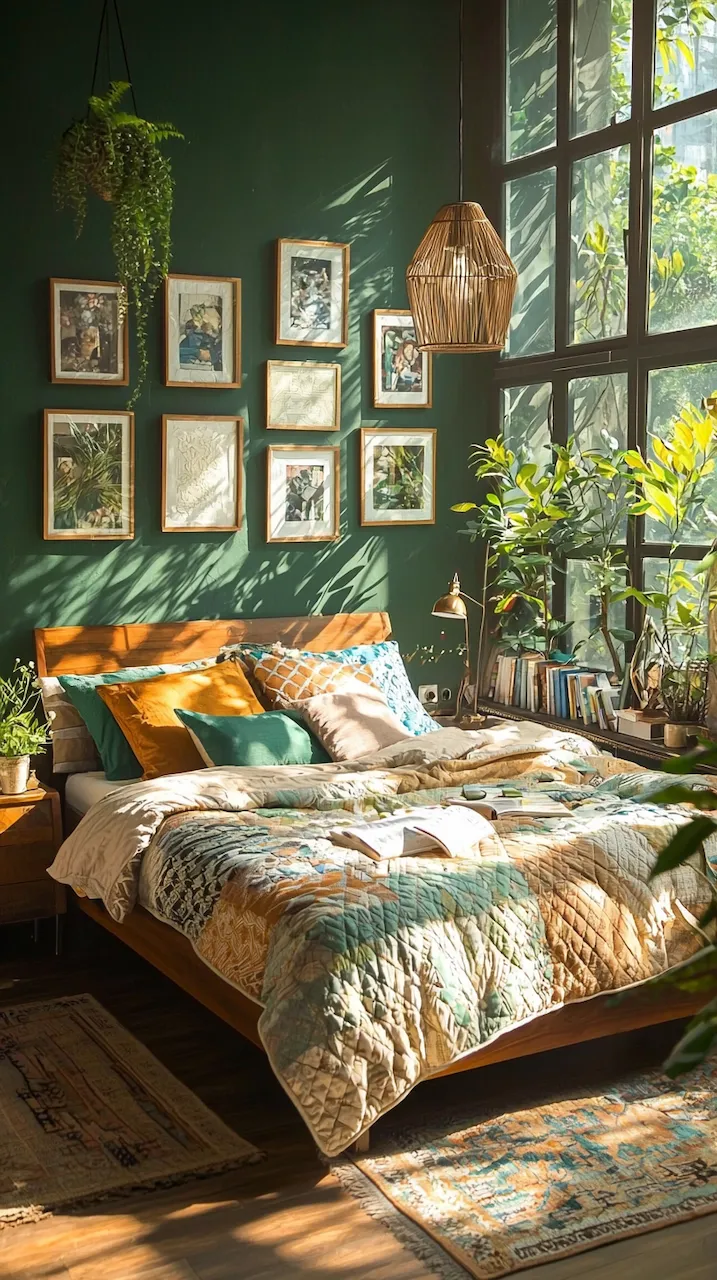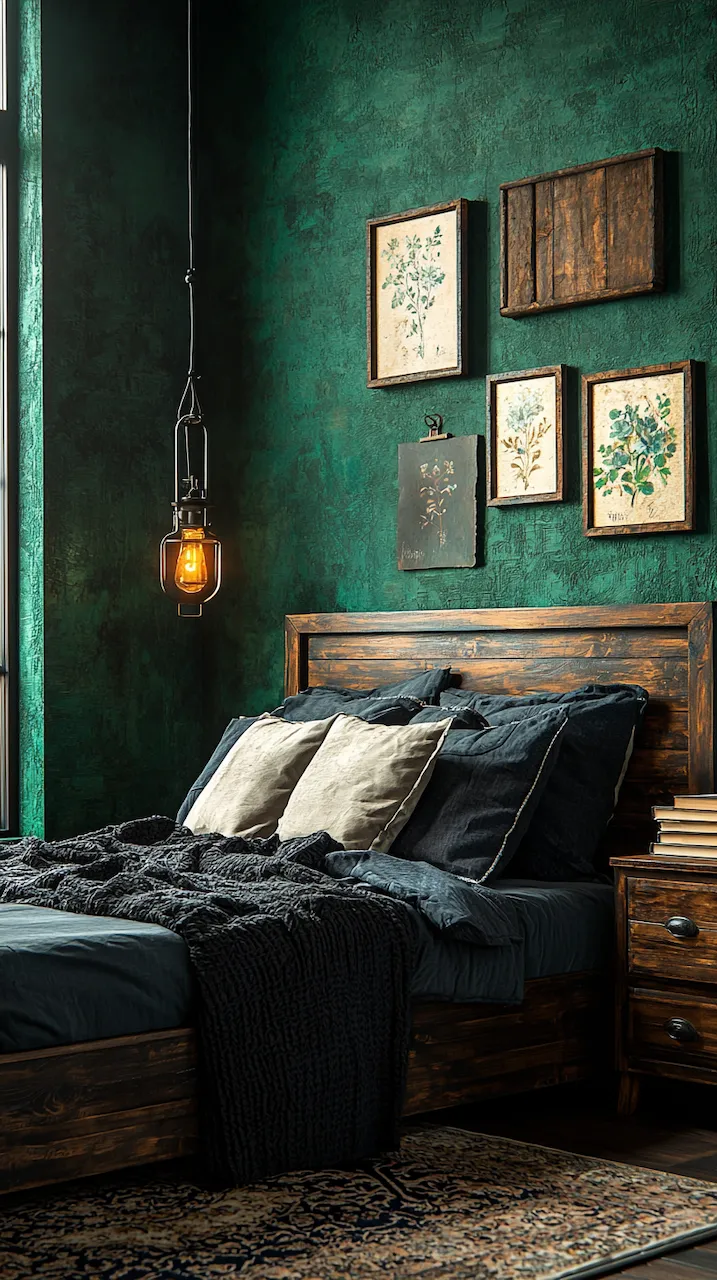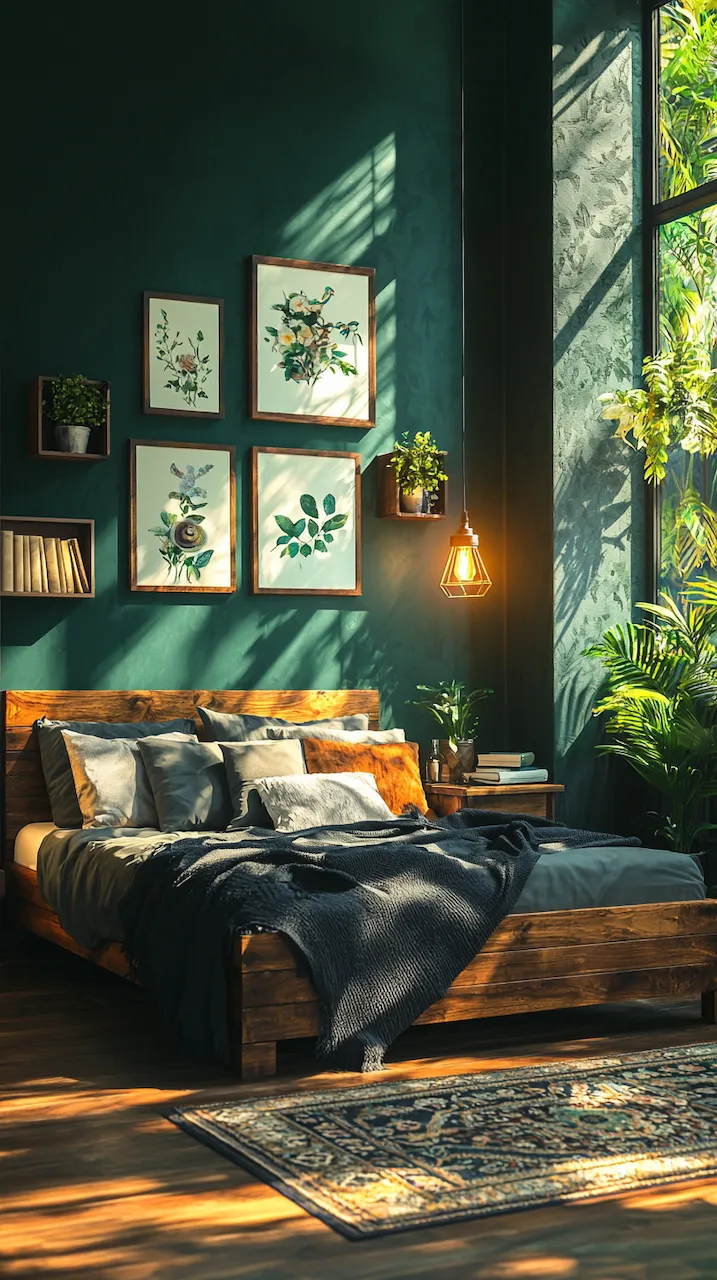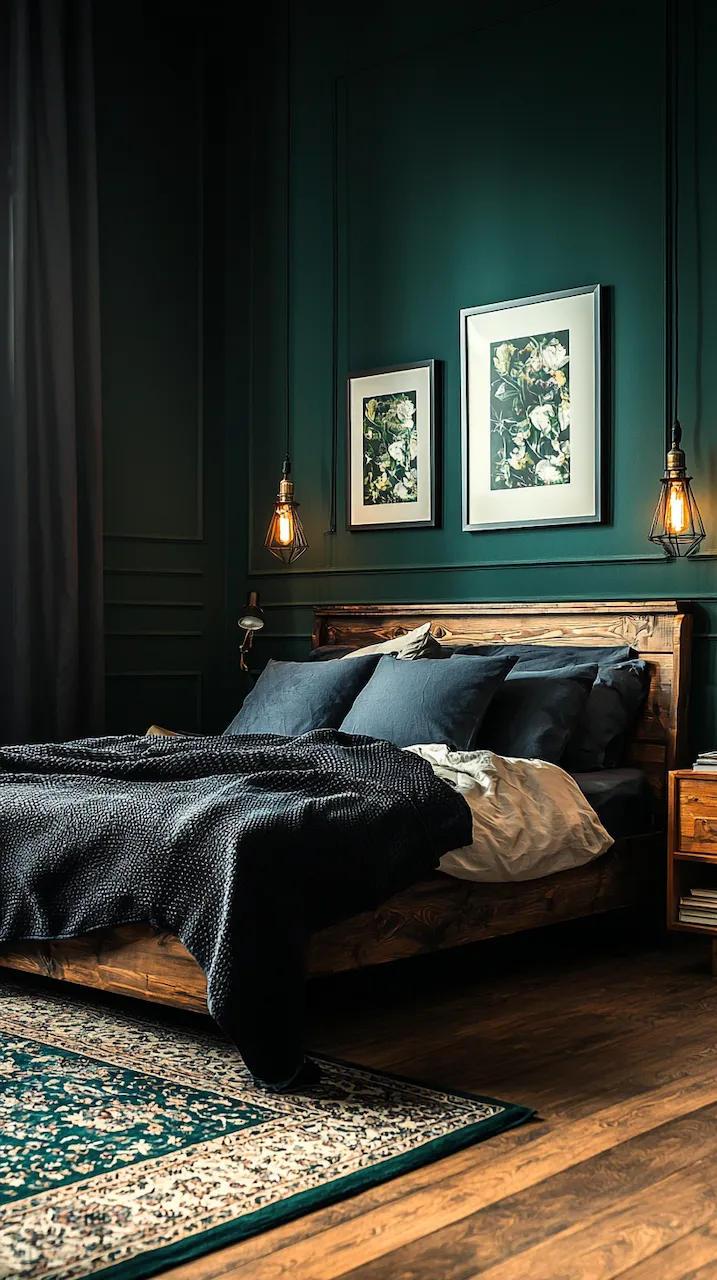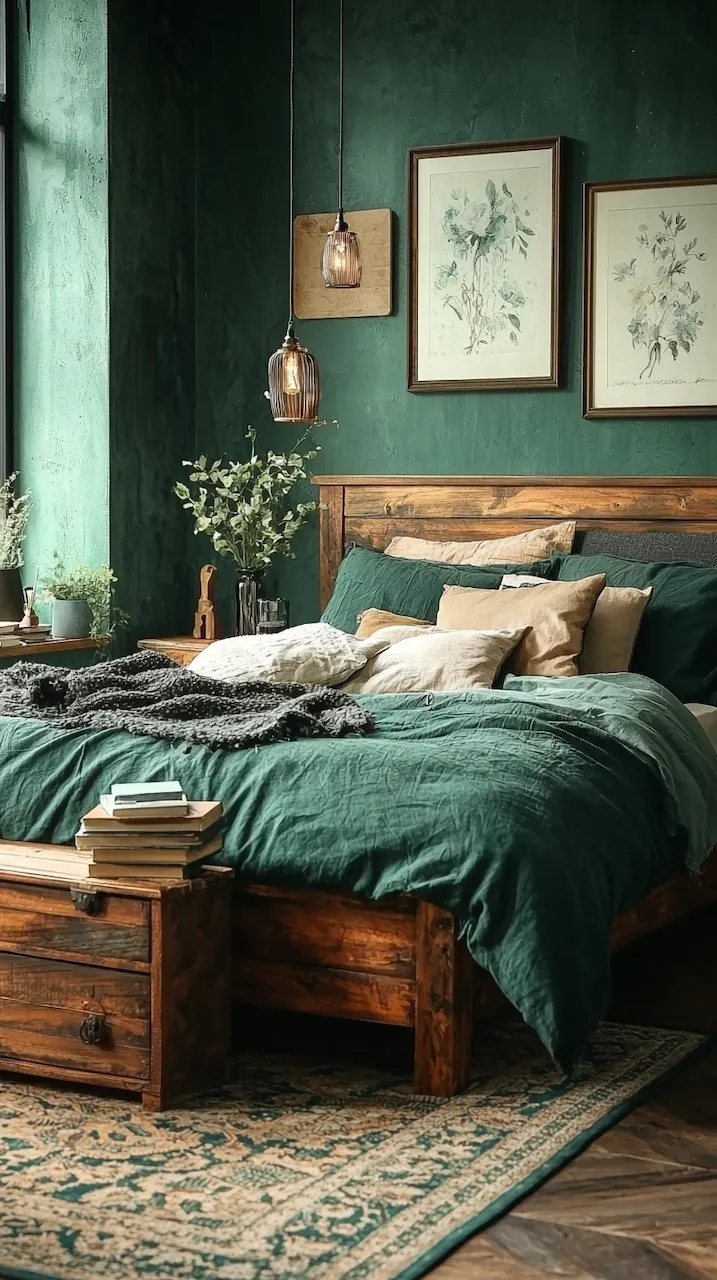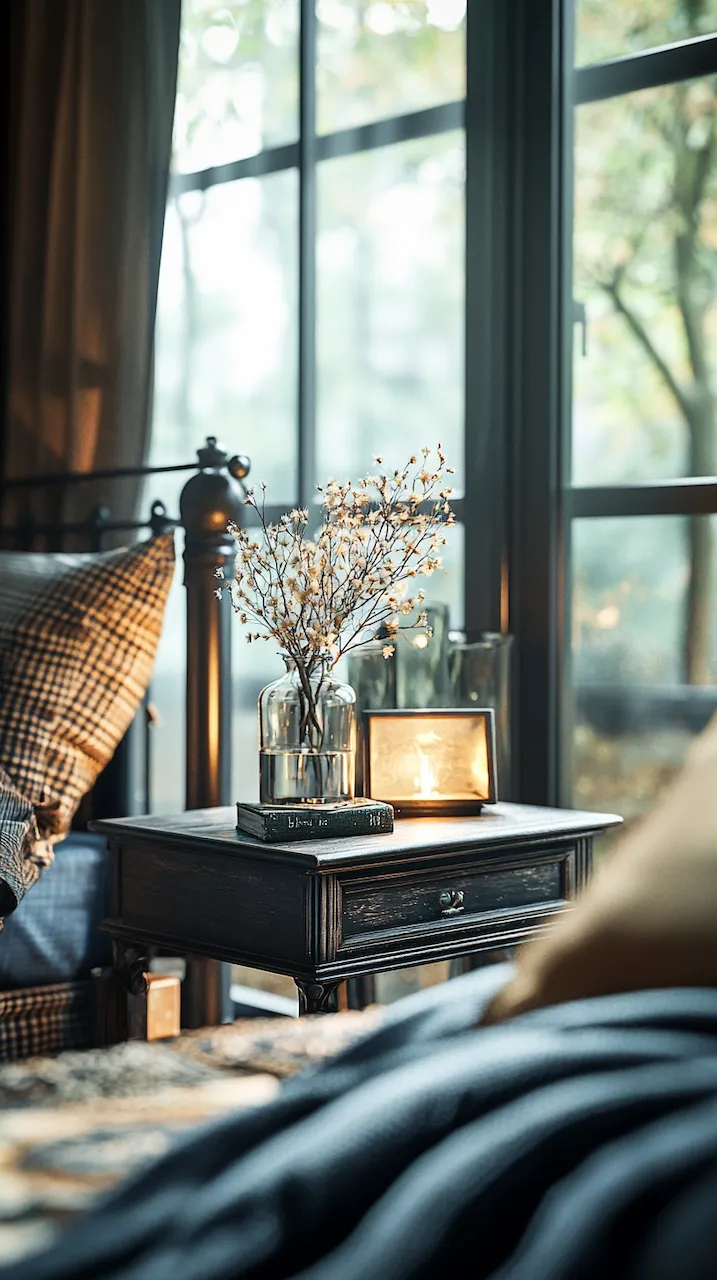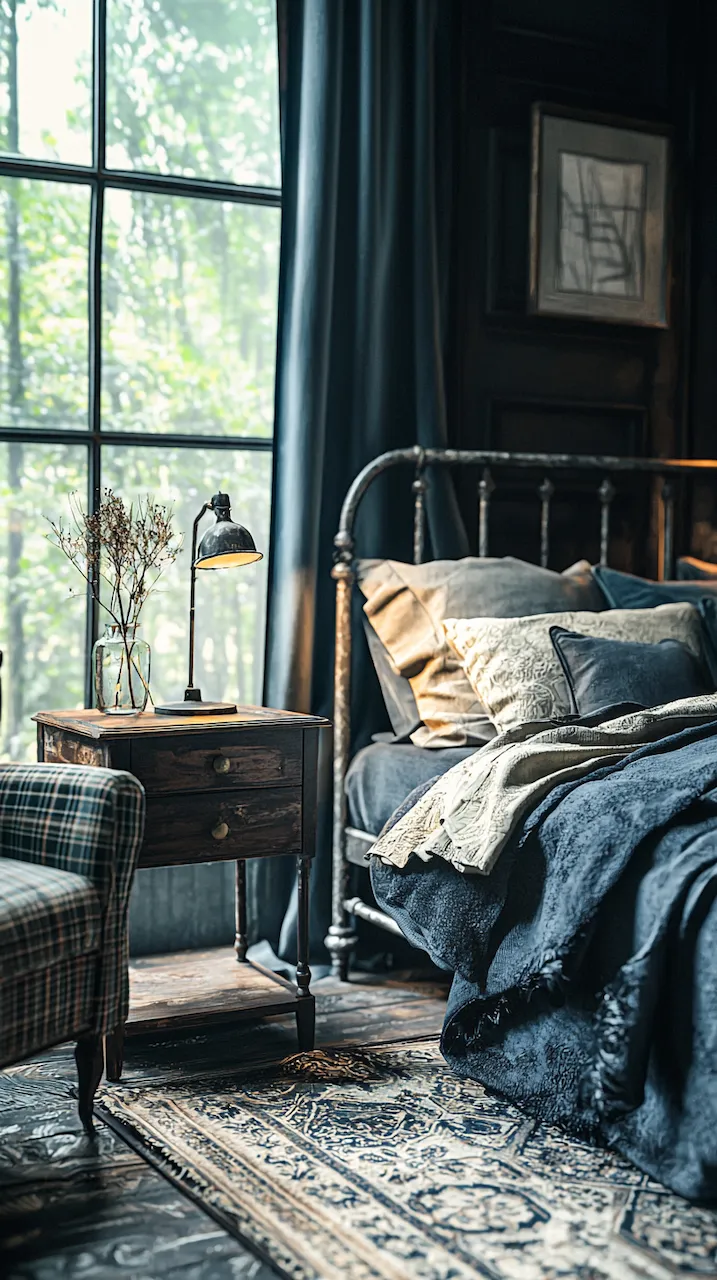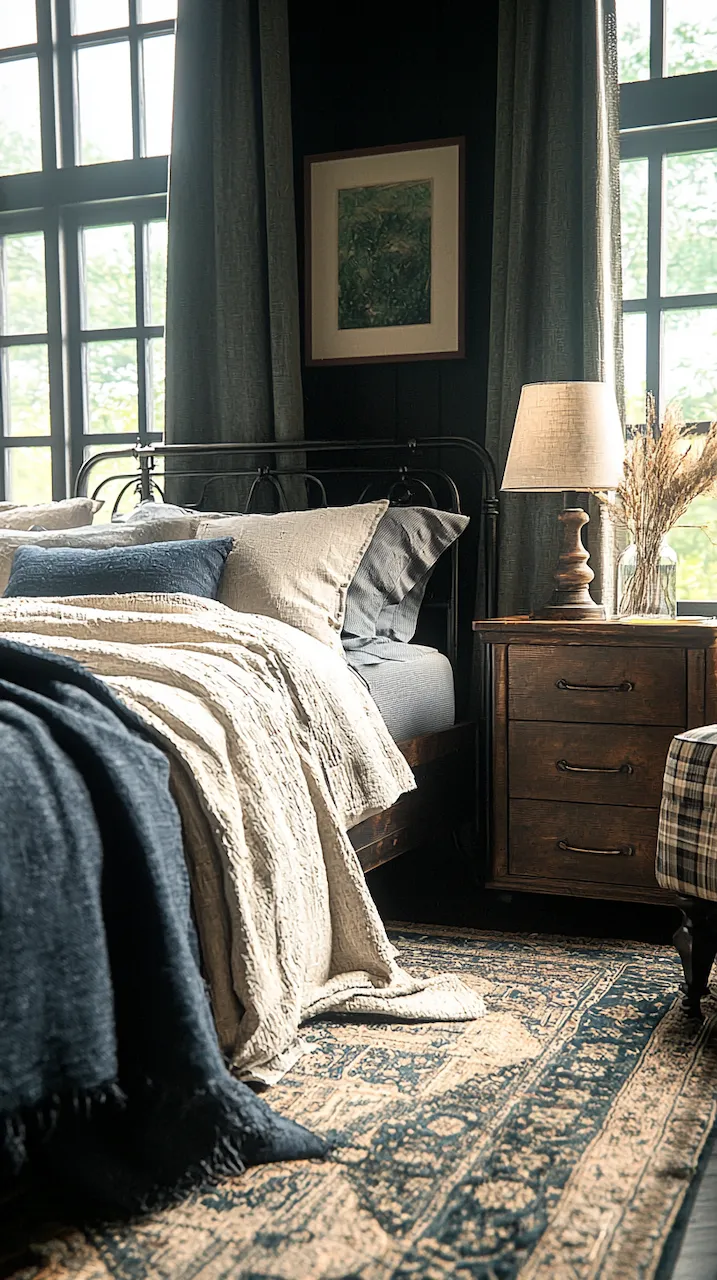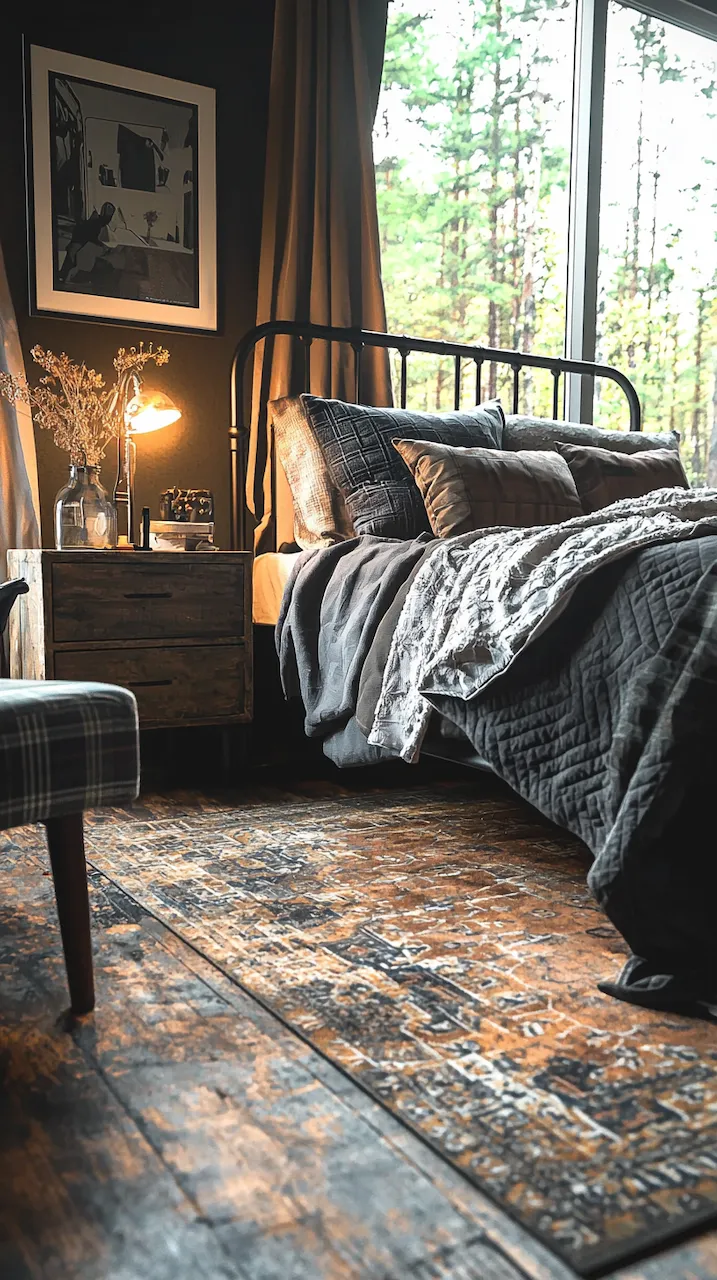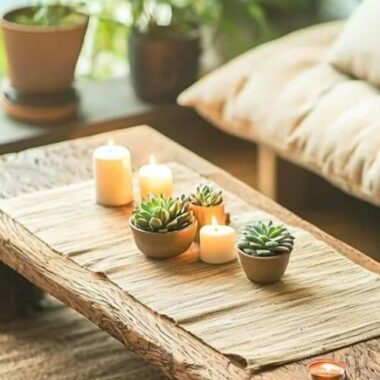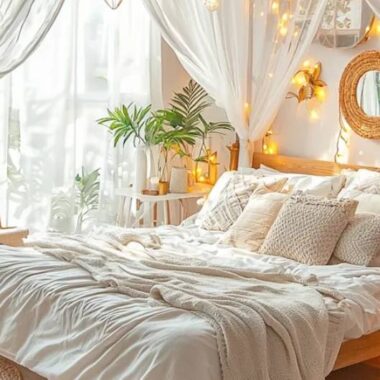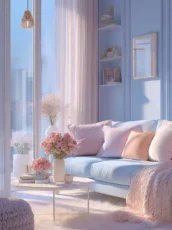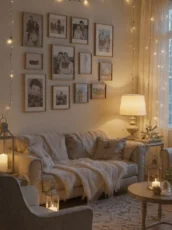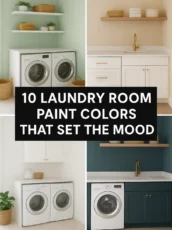Eclectic Moody Bedrooms: A Manifesto in Velvet, Shadow, and Story
Statement Meets Structure
Forget everything you’ve been told about starting with a color palette or matching your nightstands. In an eclectic moody bedroom, design doesn’t begin with decoration—it begins with intent. Structure isn’t just a matter of walls and beams; it’s the architecture of thought. The most compelling rooms emerge from a layered understanding of function, narrative, and visual rhythm. Here, the structural core of the room becomes the canvas for your most sophisticated statements.
Take the headboard, for example. No longer a mere backdrop for pillows, it becomes a site for design ingenuity. Imagine a floating velvet headboard embedded with brass-trimmed shelving—not just a beautiful backdrop, but an operational framework for display, storage, and visual intrigue. Structure here is literal and metaphorical. It creates zones within a space, offering an internal logic that supports a bolder aesthetic language.
Built-in niches, alcoves, and architectural dividers lend a room its rhythm. These aren’t about hiding clutter; they’re about creating intentional sightlines. Think of a partition wall that doubles as a bookshelf, partially obscuring the bed from the entryway and offering a narrative pause—a threshold that transitions you from public to private. These subtle forms of spatial storytelling are what elevate eclectic design from mere collage to cohesive philosophy.
Statement pieces in this context aren’t accessories—they’re arguments. A lacquered armoire in oxblood red doesn’t just add color; it asserts itself as a protagonist. That hand-carved chair inherited from your grandmother, reupholstered in stormy mohair? It tells a tale of memory, of continuity and reinterpretation. The key is integration: these elements must be grounded in the room’s visual structure so they feel inevitable, not ornamental.
This also extends to lighting as a structural element. Forget overheads that flatten space. Instead, use pendant lights that drop deliberately off-center, creating vertical dialogue with low-profile beds and seating. Use sconces to frame negative space, guiding the eye and defining areas with chiaroscuro nuance. Lighting becomes a way to articulate form—a visual exclamation point that punctuates the architecture.
Ultimately, the power of structure lies in its ability to support a room’s individuality without chaos. You don’t need symmetry or minimalism to achieve harmony. You need intention. When form and function are approached as co-authors, the result is a bedroom that feels at once personal and precise, rebellious yet rigorously composed. This is statement meeting structure in its most compelling form: a home that doesn’t just look lived-in, but deeply considered.
The Power of Asymmetry
If symmetry is the language of tradition, then asymmetry is the dialect of the avant-garde. In the eclectic moody bedroom, asymmetry is not a visual accident but a deliberate strategy. It is what lends the space its sense of motion, of organic evolution, of personal idiosyncrasy that resists formula. Asymmetry introduces tension, and in that tension, we find intrigue.
Consider the way a bed is framed in such a space. Instead of centering it under a window or between two identical lamps, you might offset it—allowing one side to hold a large, gestural floor lamp while the other sits beside a minimalist chair doubling as a nightstand. The visual imbalance becomes a kind of visual rhythm, like syncopation in music. It keeps the eye alert, curious, engaged.
Asymmetry allows for the unexpected. It makes room for the unusual proportions of real life: the odd wall angles of urban apartments, the antique mirror too tall to hang centered, the vintage chaise that simply demands the corner to itself. It honors imperfection not by hiding it, but by building around it with grace and flair.
This principle extends beautifully to art curation. Instead of a grid of evenly spaced prints, imagine a cascade of images—photography, sketches, textiles, and typography—arranged by mood rather than metrics. A single oversized piece might sit low on the floor, partially obscured by a palm in a ceramic urn. Smaller works gather in a slow spiral nearby. The composition doesn’t need explanation; it feels intuitive, lived-in, as though it evolved rather than arrived.
In lighting, asymmetry becomes an especially potent tool. Consider a single brass pendant hanging low over a nightstand while the opposite side glows with an alabaster wall sconce. The contrast in height, material, and color casts shadows that animate the room, creating intimacy and dimensionality. Light here isn’t about clarity—it’s about atmosphere. About mystery. It’s about not showing everything at once.
Furniture, too, benefits from the embrace of asymmetry. A tall wardrobe may sit beside a sleek horizontal bench, both in contrasting finishes: perhaps matte black against warm walnut. The key is not to match, but to resonate. To create a language of shapes, textures, and tones that talk to each other without echoing.
Asymmetry also challenges the binary of function vs. style. That floating desk built into a shallow wall niche, with a singular abstract painting hovering above and a stool pulled in at an angle? It’s utilitarian, yes, but also sculptural. It doesn’t just work; it sings.
The ultimate power of asymmetry is its humanity. It acknowledges that people don’t live in straight lines. That life is layered, imperfect, in flux. And rather than flattening this truth, the eclectic moody bedroom celebrates it. In doing so, it becomes not just a stylish retreat, but a space alive with movement and meaning.
Materials That Talk Back
In a moody bedroom, materials are not merely finishes—they’re the vocabulary of the room. Each texture, each sheen, each grain and weave offers an opinion, a tone, a subplot. The eclectic sensibility requires that materials be chosen not for consistency but for contrast and conversation. It is in their juxtaposition that personality emerges.
Velvet, for instance, is a staple of the moody palette. Not because it’s luxurious, though it certainly is, but because it performs emotionally. It absorbs light and muffles sound, softening the room’s edges into a sensuous hush. A velvet bedspread in aubergine or ink sets a tone of grounded opulence. But now contrast it: place a smoked glass table nearby, or a slab of polished concrete. Suddenly, the velvet isn’t just soft—it’s provocatively so.
Lacquered woods offer another kind of theatricality. They catch light in a high-gloss shimmer, reflecting back the mood of the room like a visual echo. A nightstand in deep navy lacquer can feel both classic and futuristic, especially when paired with antique brass hardware. The tension between old and new is palpable, tactile. It’s an argument made in materials.
Terrazzo, with its embedded fragments of stone and marble, introduces a joyful chaos. Its playful surface resists solemnity, making it a smart counterpoint to more grounded elements like blackened steel or walnut. Picture terrazzo in a floating shelf or even a desk top—instantly turning function into focal point. And because of its inherent variation, terrazzo brings a democratic kind of personality: no two pieces alike.
Don’t underestimate the power of the humble. Raw linen curtains that crumple at the base of a wall, a hand-thrown ceramic dish on a mirror-polished side table—these small gestures offer respite from the overly resolved. They remind us that imperfection is part of the texture of life, and therefore, of design.
Lighting, too, benefits from material tension. An alabaster orb set in blackened steel feels elemental, like fire and earth in dialogue. A glass pendant dipped in amber resin shifts color throughout the day, marking time and mood. These aren’t just lights—they’re emotional anchors.
Every material in the room should serve a purpose beyond the visual. How does it feel underfoot at midnight? How does it sound when you place your book on it? How does it change in the glow of candlelight? These sensory questions are at the heart of moody design.
The result? A room that doesn’t just look curated, but lives curated. A room where materials speak in accents, in whispers, in declarations—offering a polyphonic story that unfolds every time you enter. It’s not just about cohesion; it’s about character. And in eclectic moody bedrooms, character is everything.
Design With a Thesis
What if your bedroom had a point of view? Not just an aesthetic lean, but a philosophical backbone? That’s the power of design with a thesis. In eclectic moody interiors, the disparate elements—colors, textures, styles—aren’t just thrown together for effect. They’re united by an underlying idea. A visual hypothesis. A thesis.
Think of this approach as writing an essay in space. Each object, each decision, is a sentence. The colors set the tone. The layout provides the argument. The materials deliver the evidence. And the lighting? That’s your punctuation.
For some, the thesis might be “Romantic Decay”—a blend of faded grandeur and modern starkness. Cue cracked-leather chairs beside pristine steel side tables. Or maybe it’s “Technological Spiritualism”—LED lighting against softly painted plaster walls, crystal objects beside digital artworks. Whatever your thesis, it should feel like a coherent worldview, expressed in form.
A gallery wall is an ideal platform for this. Rather than filling it with matching prints or decorative filler, curate it like a narrative. A childhood photograph, an abstract painting, a textile swatch from a favorite city. Let it unfold like a visual memoir, rich in nuance and contradiction.
Furniture, too, must support the thesis. A sleek, ultra-modern bedframe says something very different from a Victorian spindle bed. Neither is wrong, but both must answer to the central question: What is this room about? This keeps eclecticism from becoming chaos. It channels choice through clarity.
Your thesis should extend to the smallest details: drawer pulls, switch plates, even your books. Yes, books. What you choose to display on your shelves contributes to the room’s intellectual texture. A copy of James Baldwin beside a ceramic incense holder says something very different than a stack of Kinfolk magazines. And that’s the point.
Lighting becomes especially crucial here. It creates mood, but also structure—highlighting what matters and leaving other areas in shadow. Think of it as editorial emphasis. What gets the spotlight? What remains suggestive?
Ultimately, designing with a thesis invites a deeper relationship with your space. It’s not about chasing a look—it’s about articulating an idea. And when that idea is layered, specific, and authentic, the room doesn’t just feel beautiful. It feels inevitable. Like a story only you could tell, written in velvet, light, and form.
